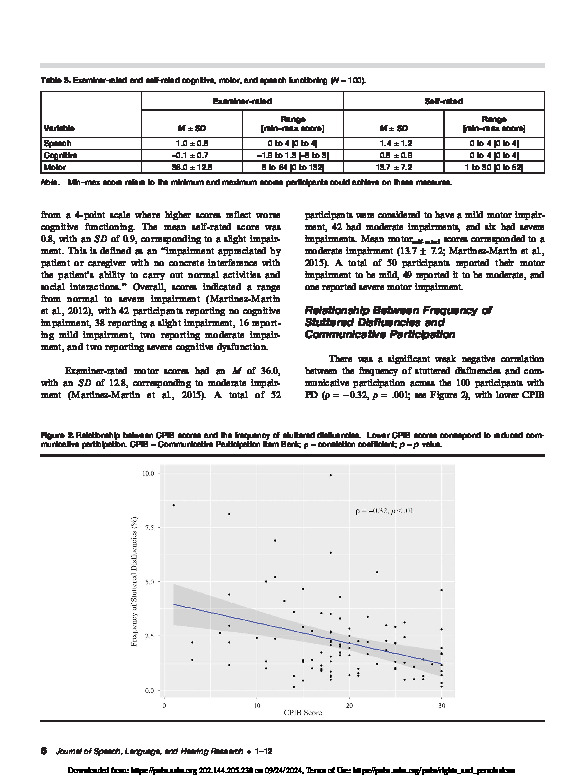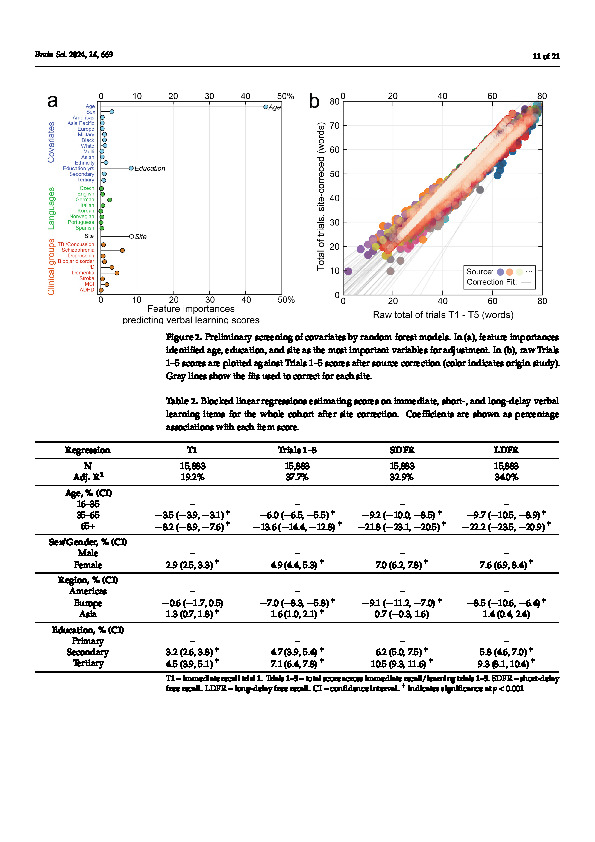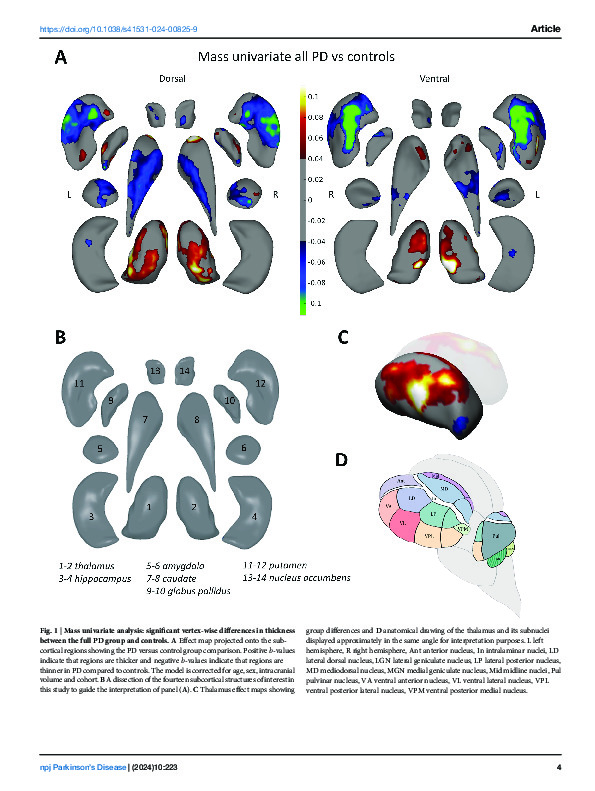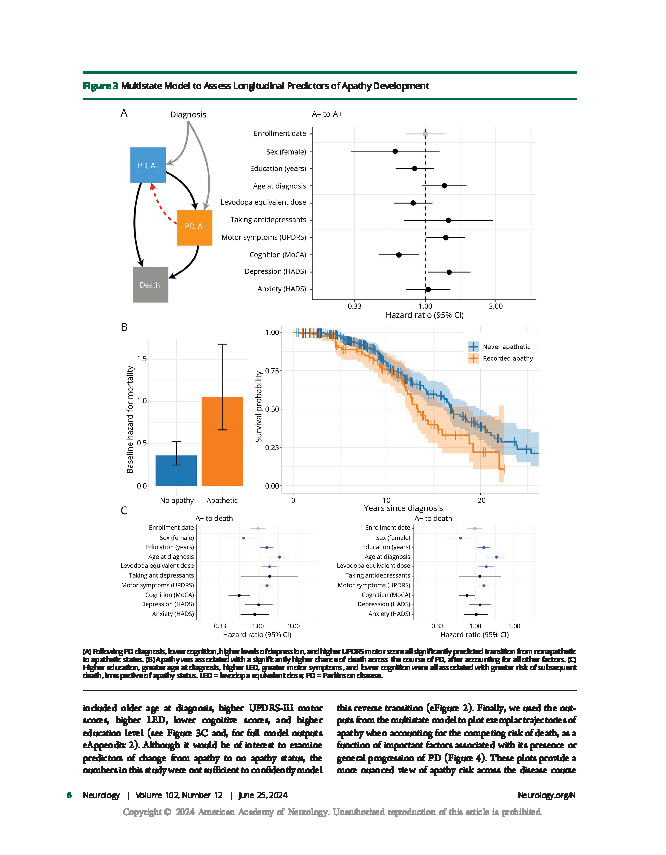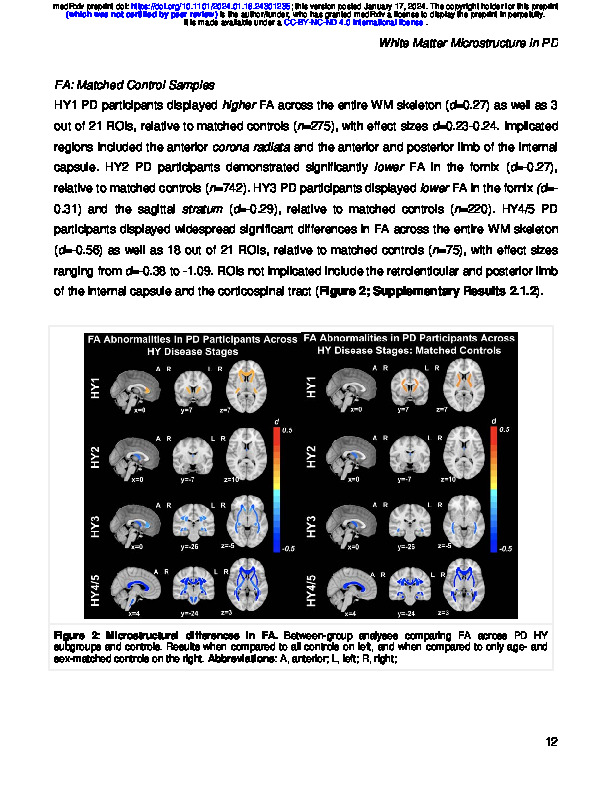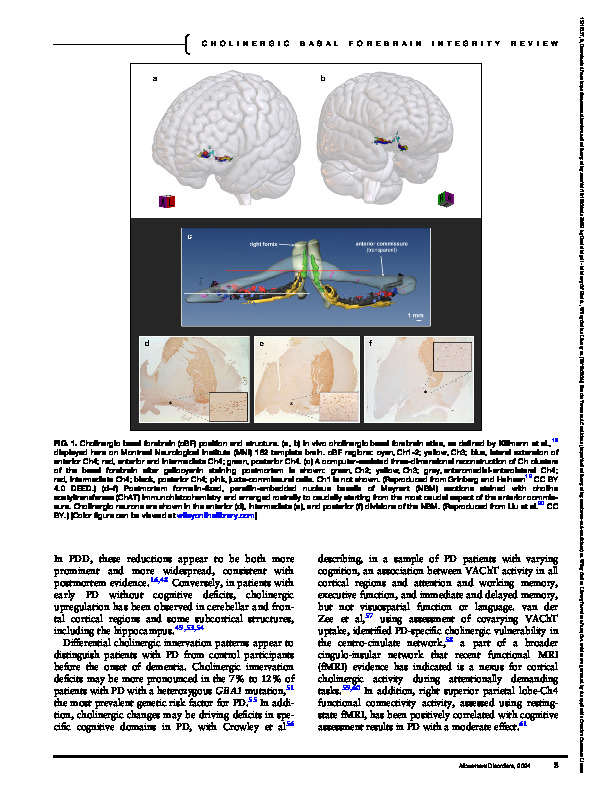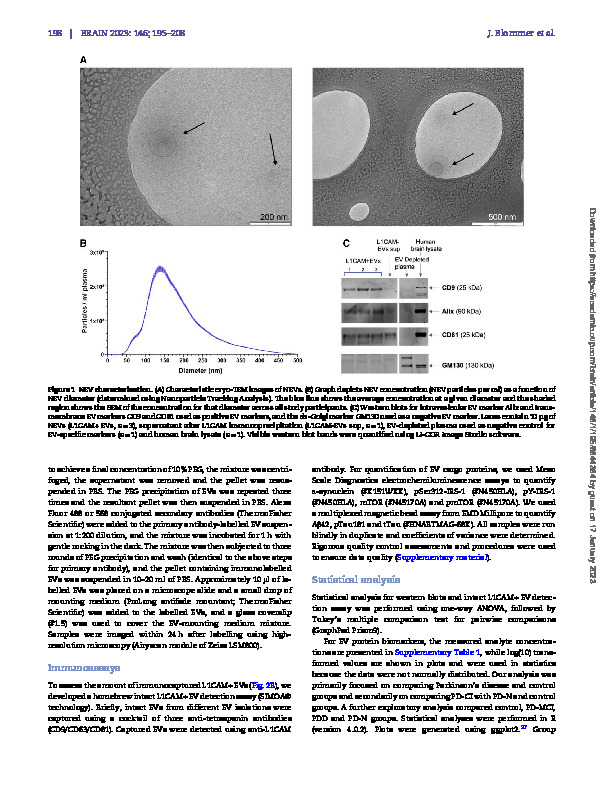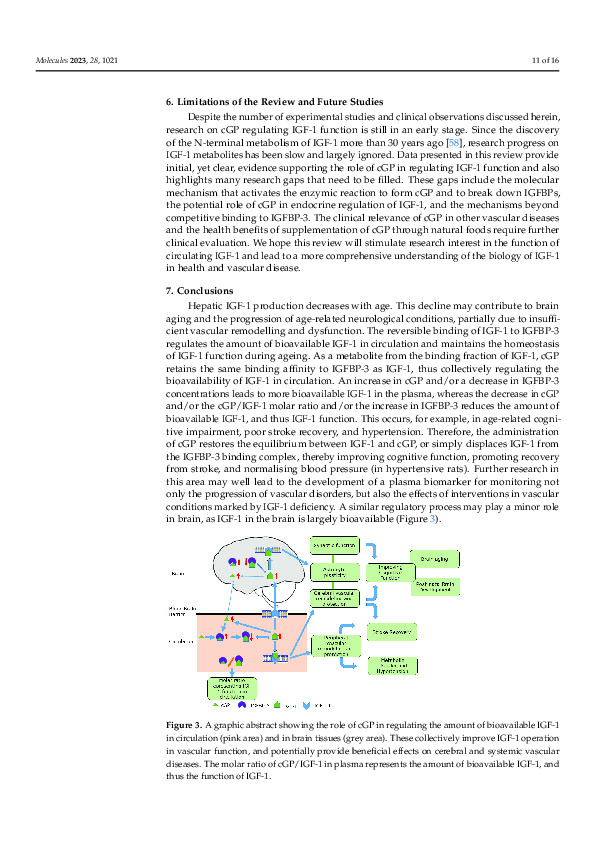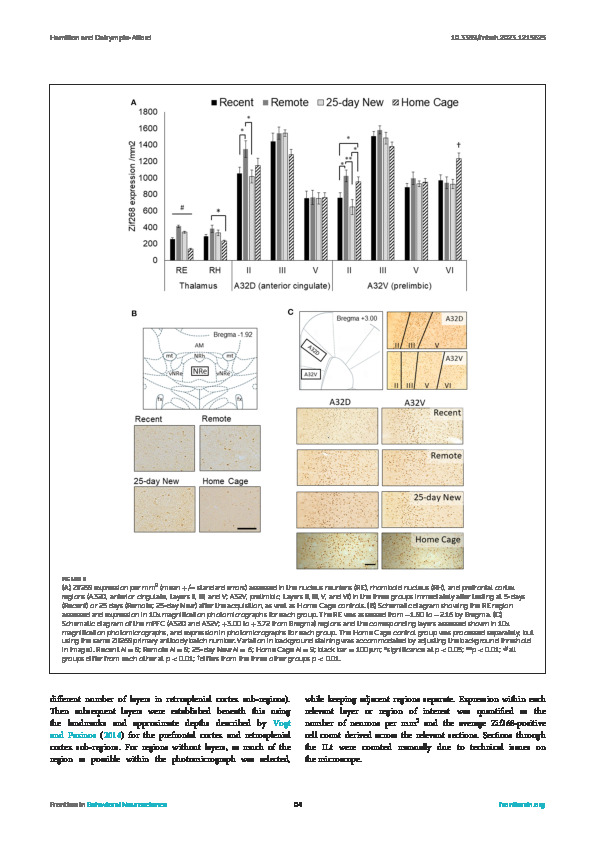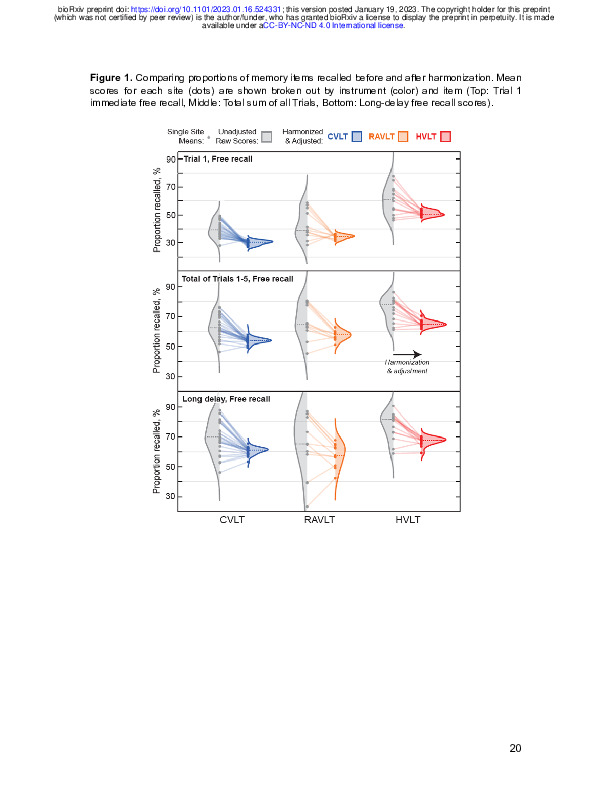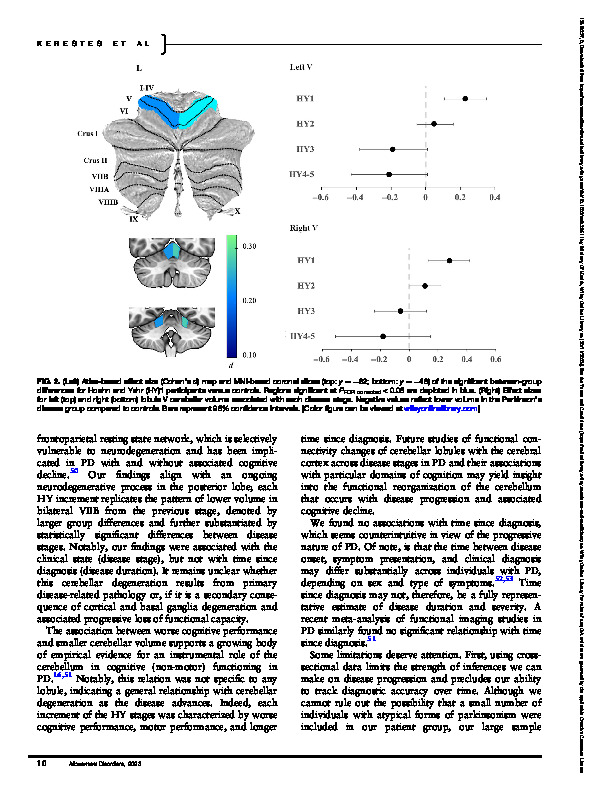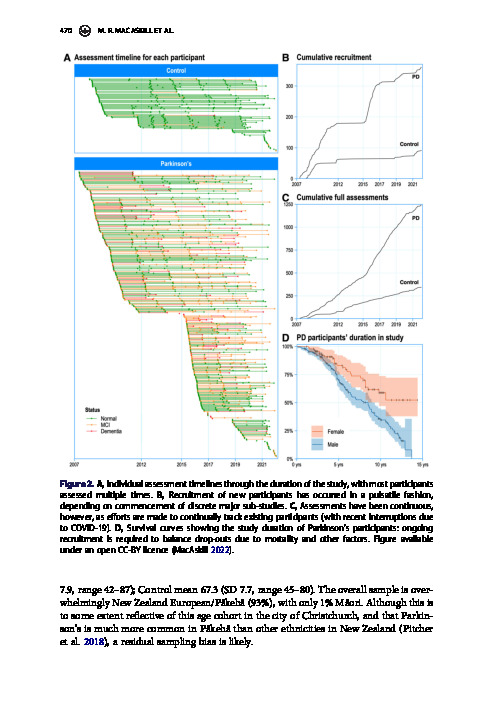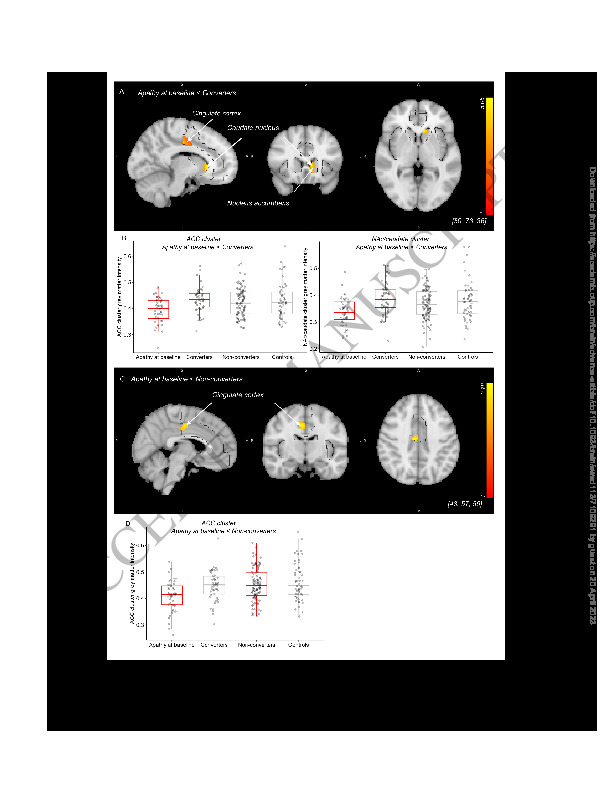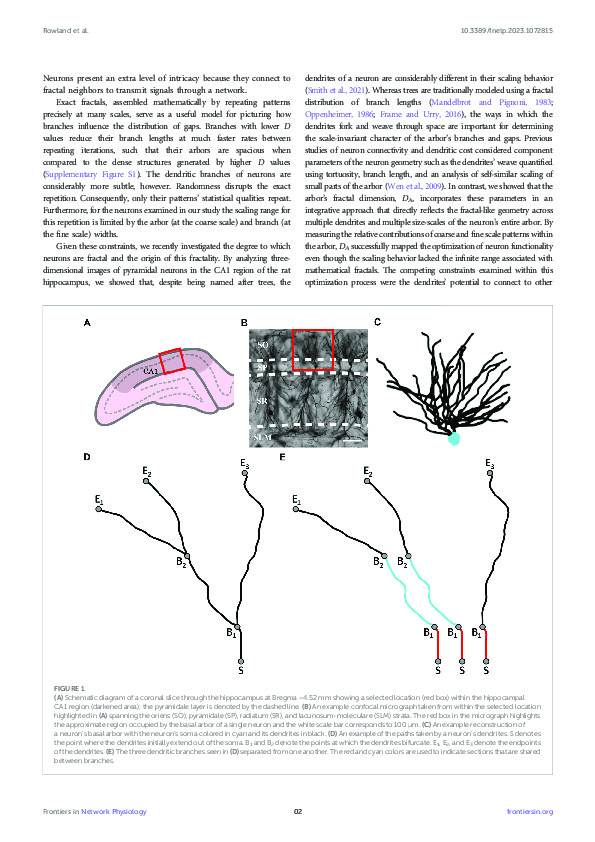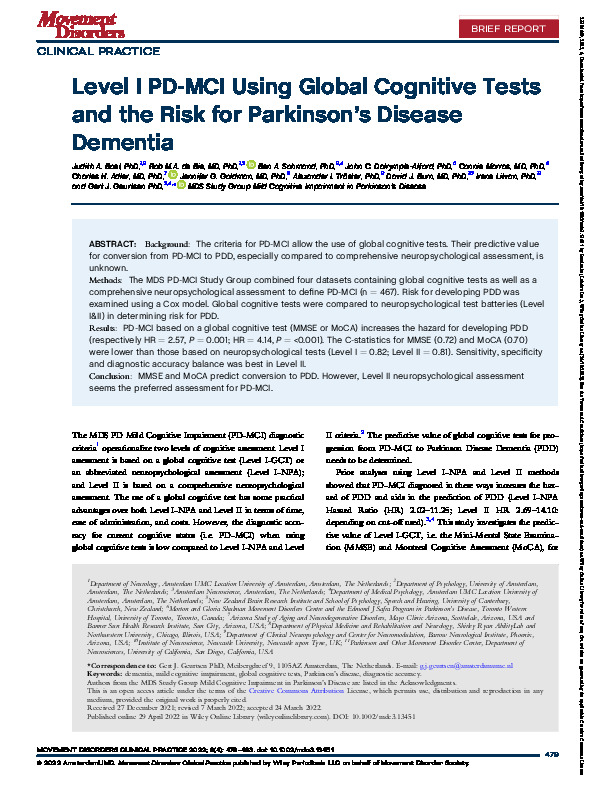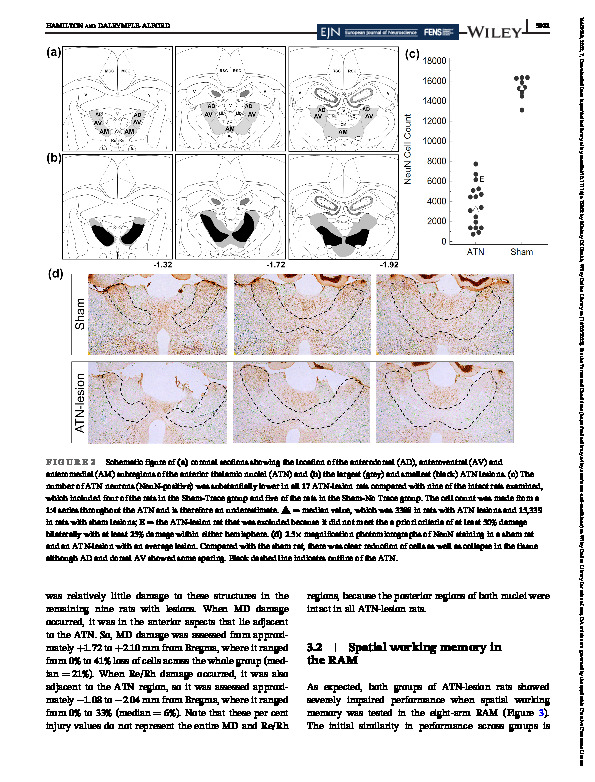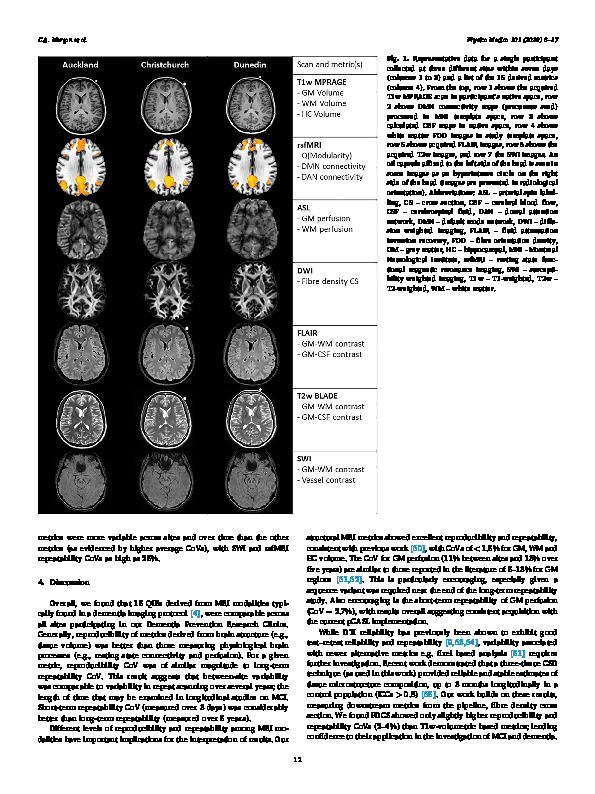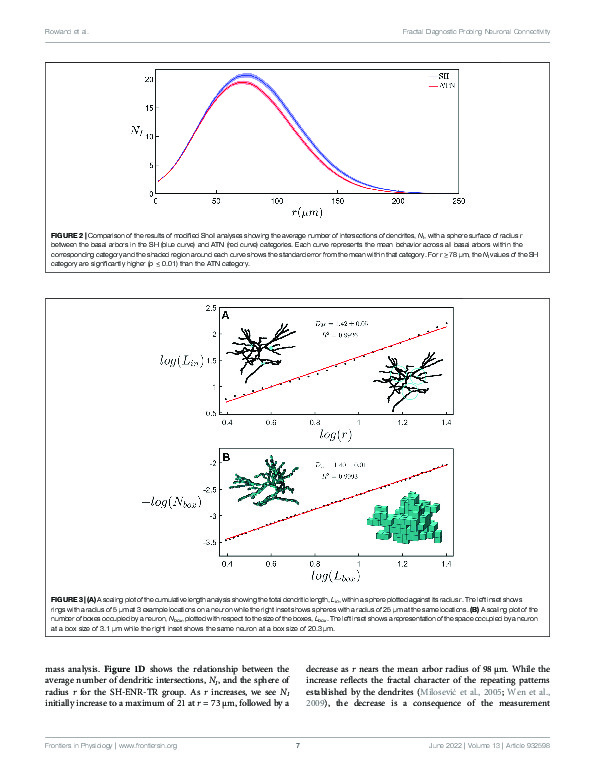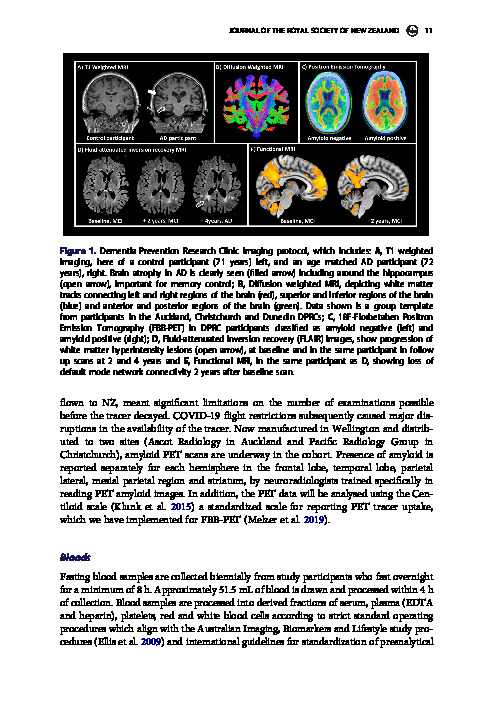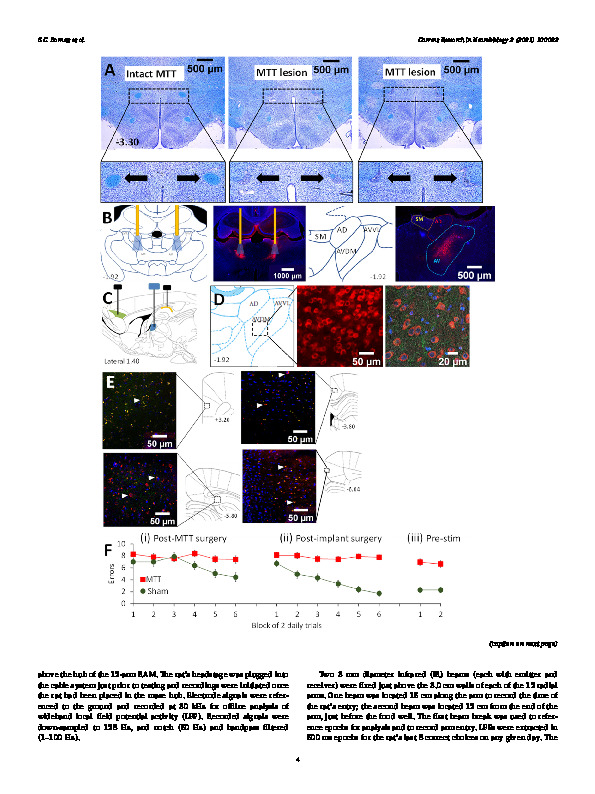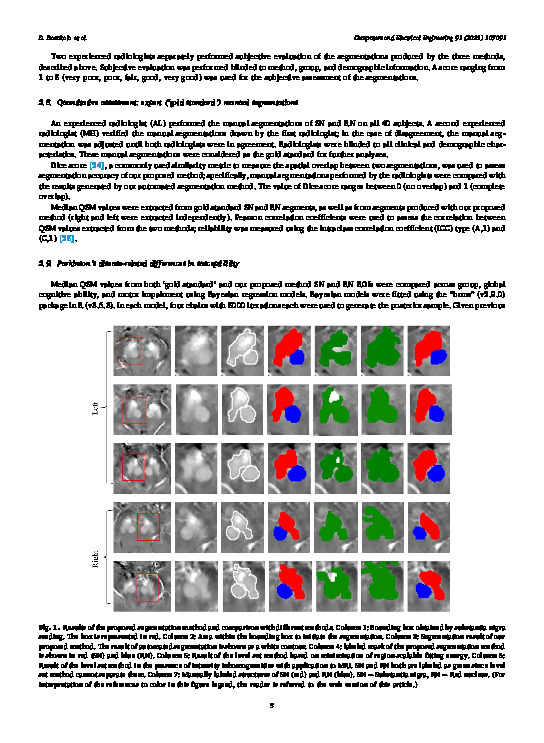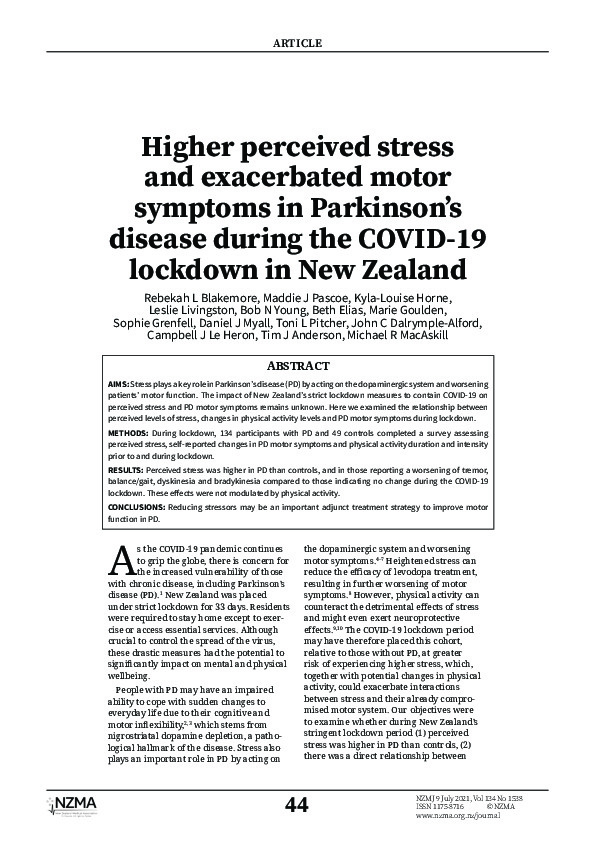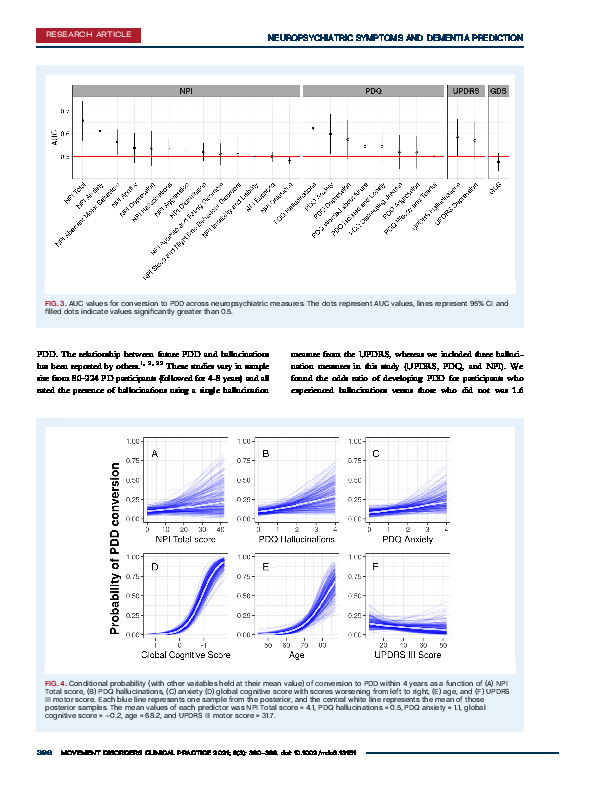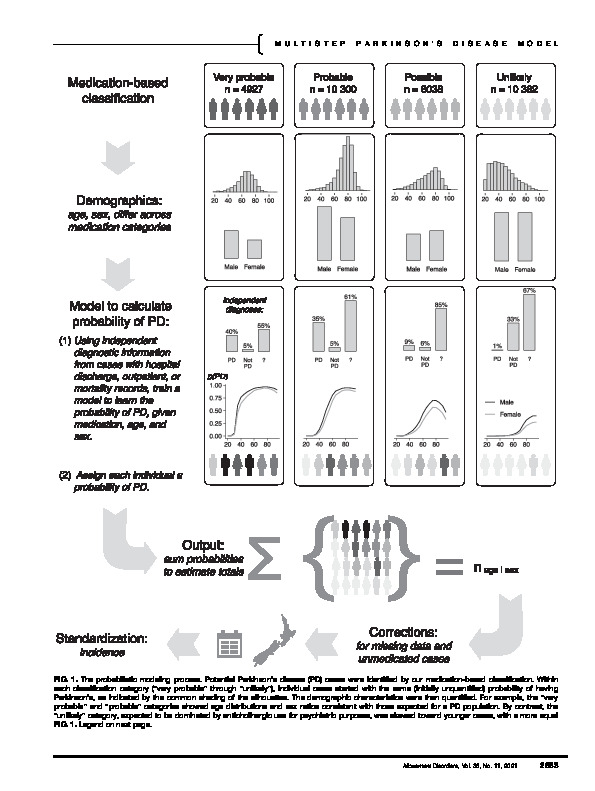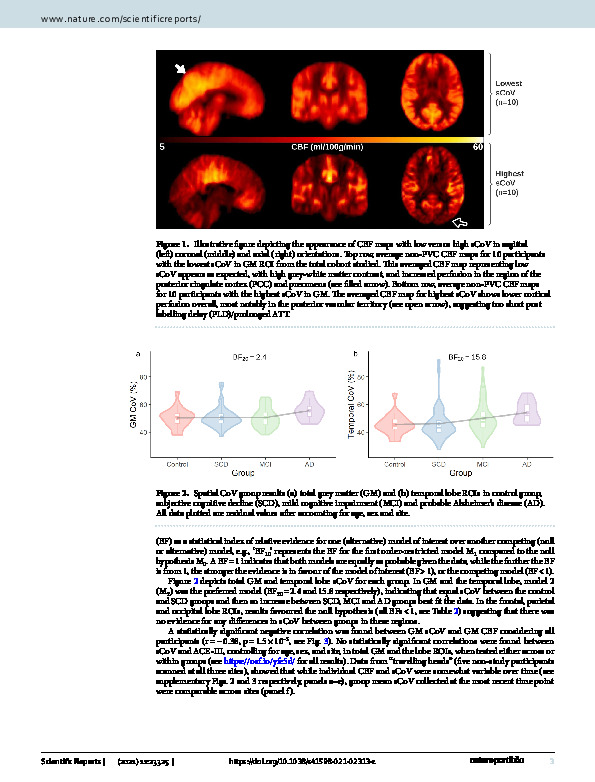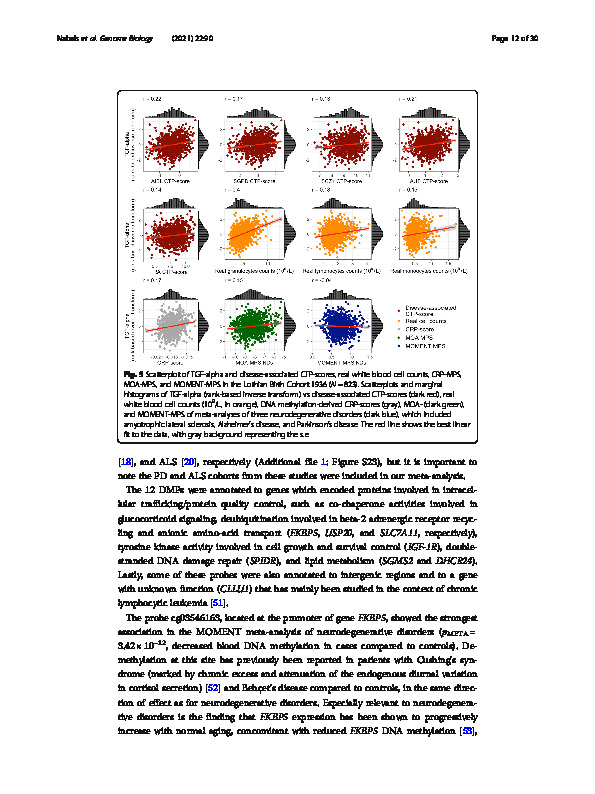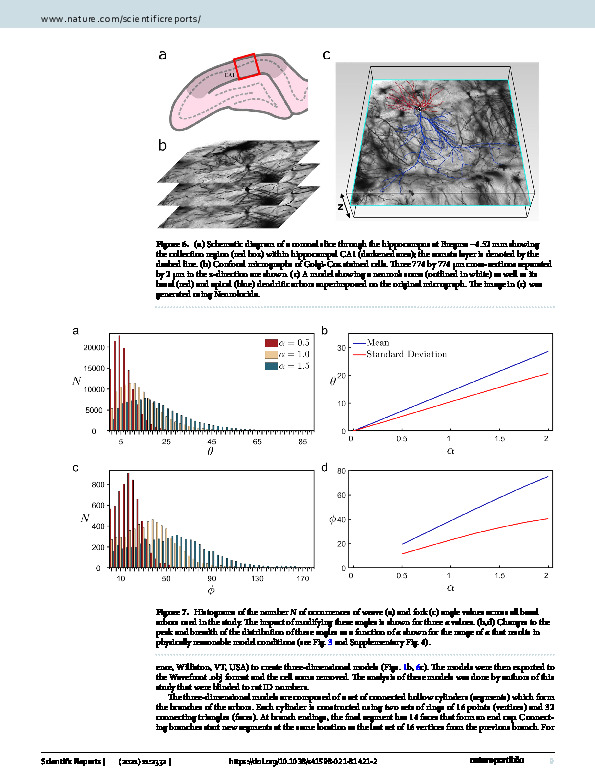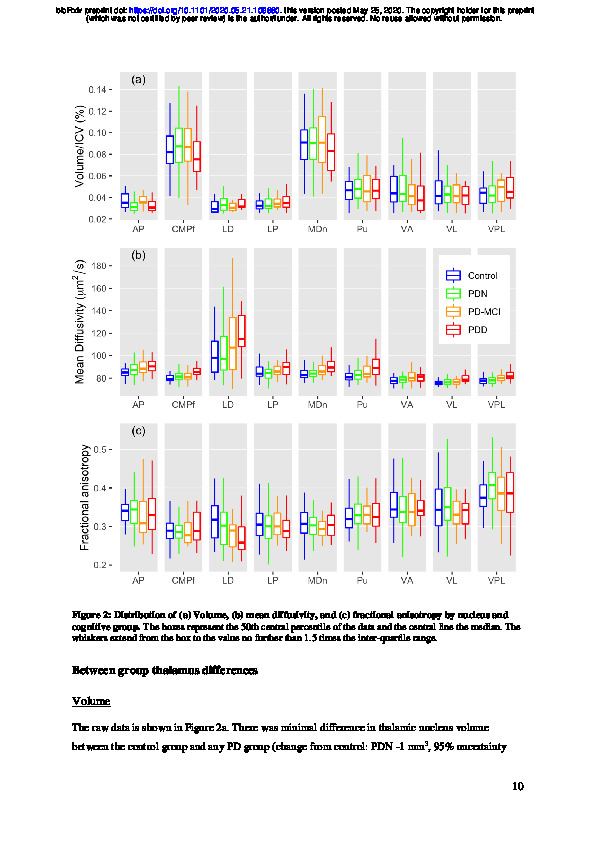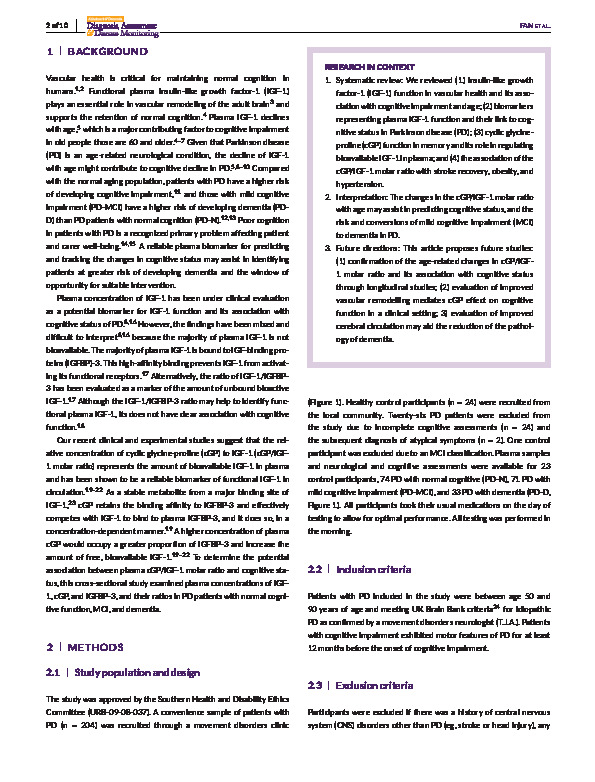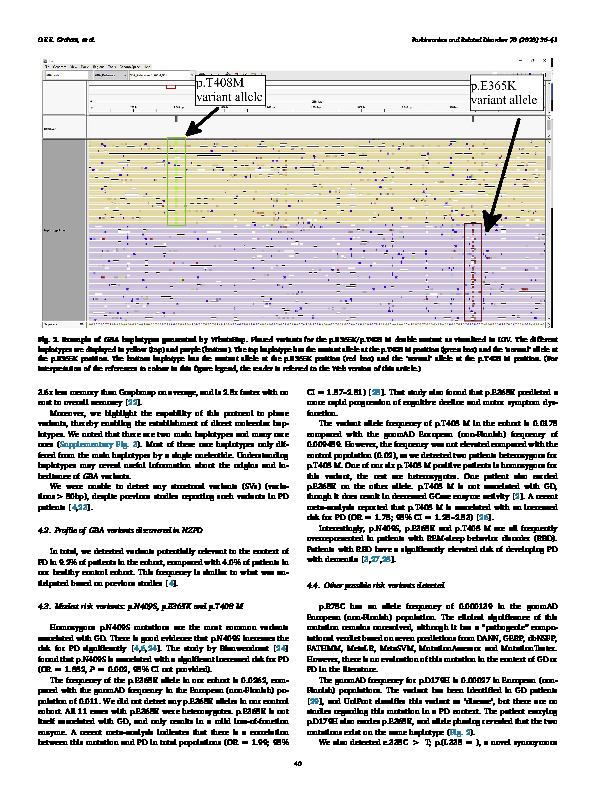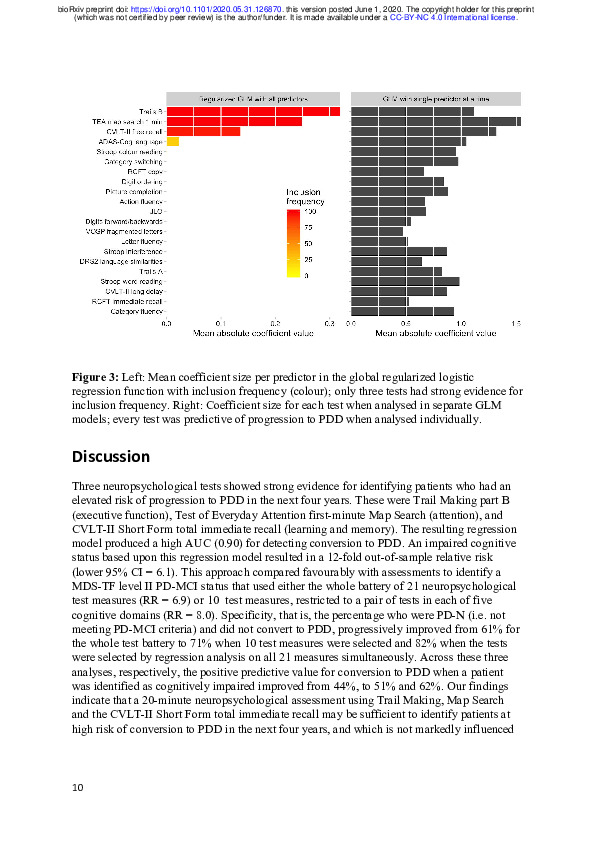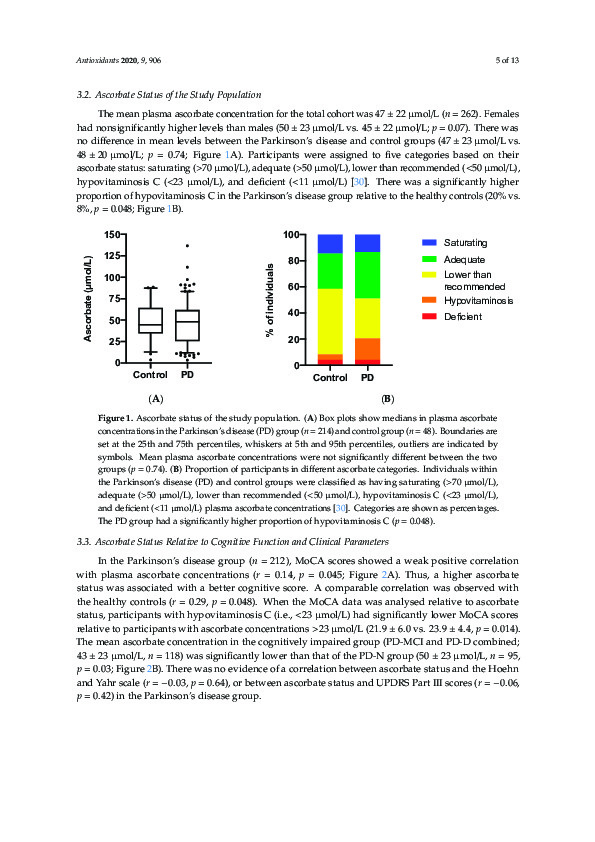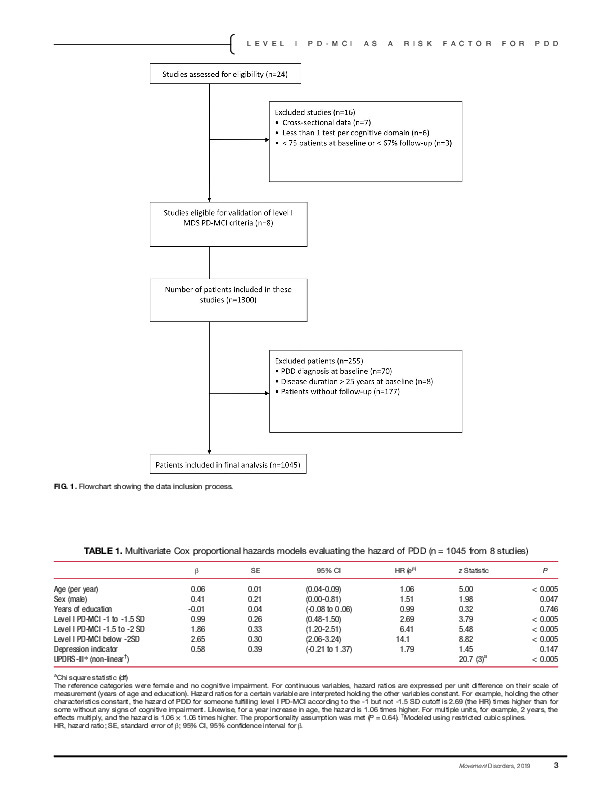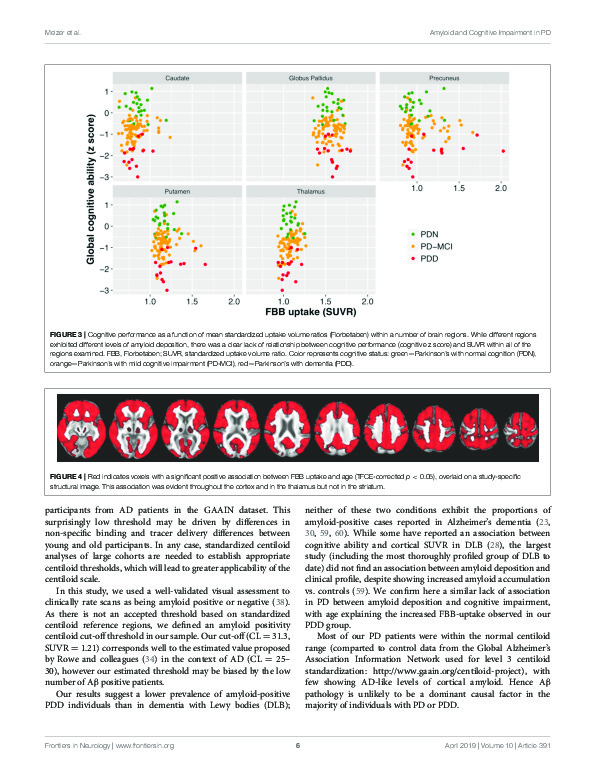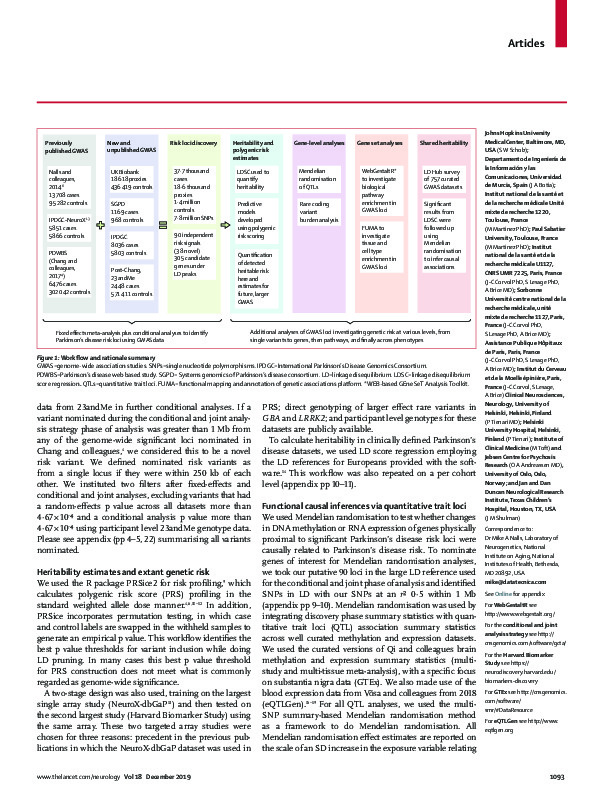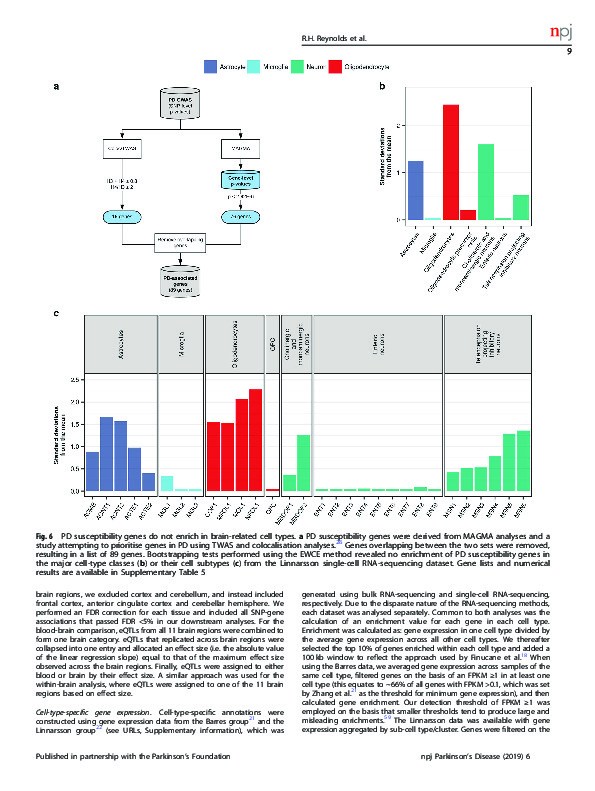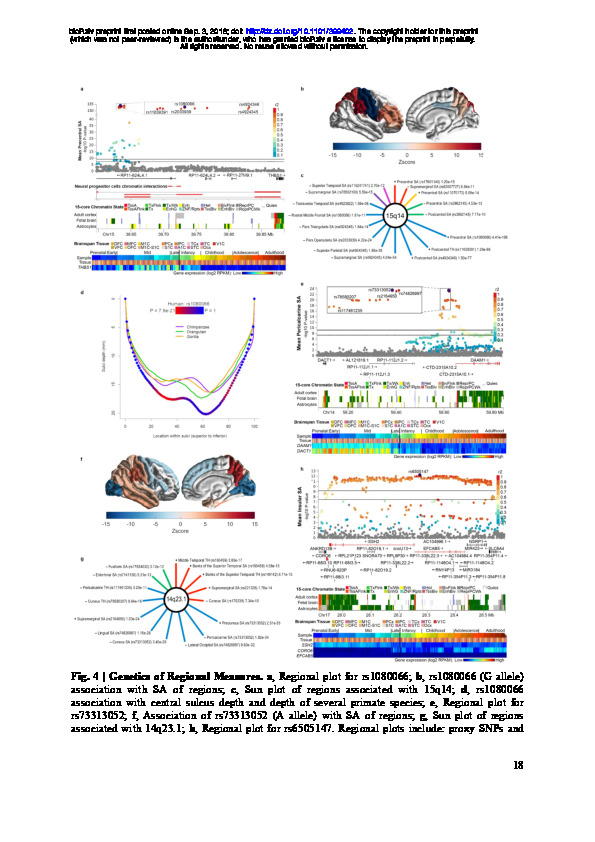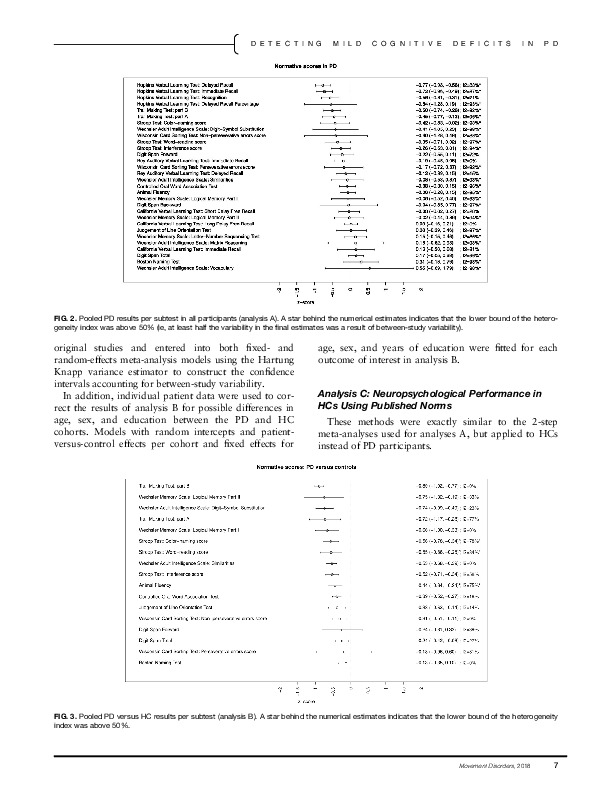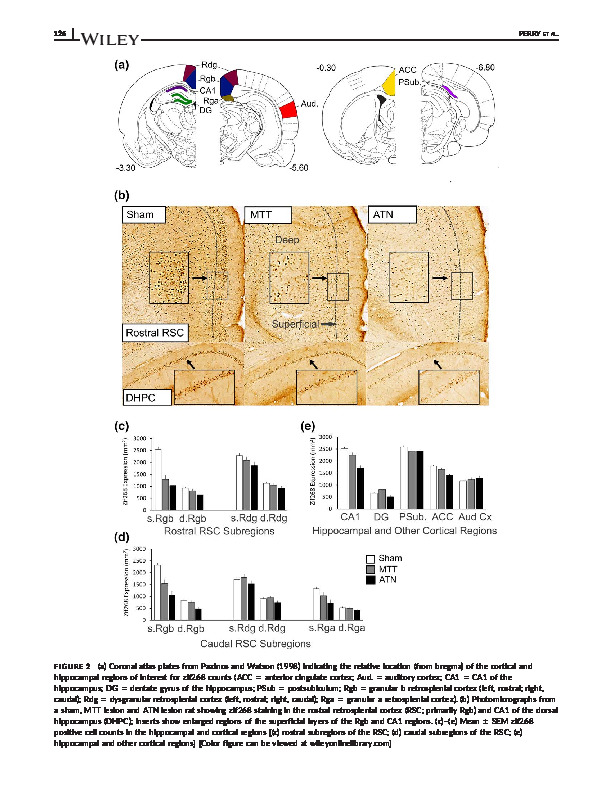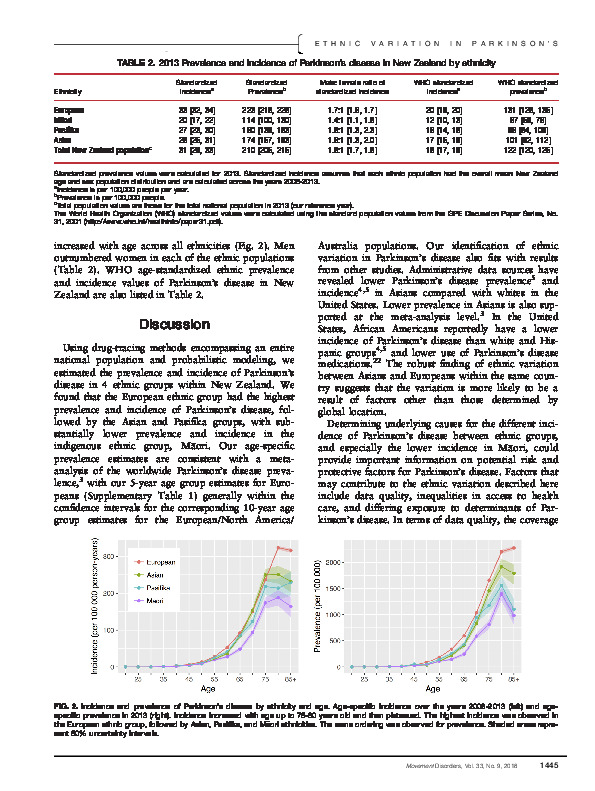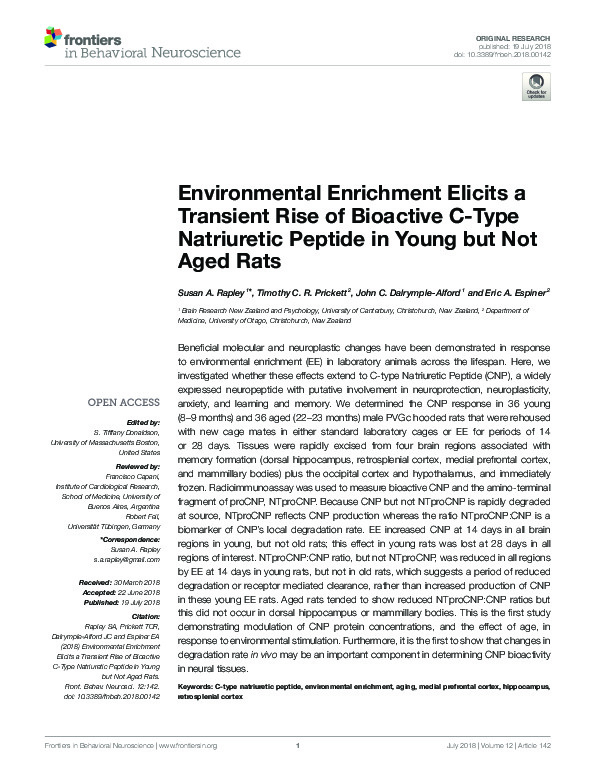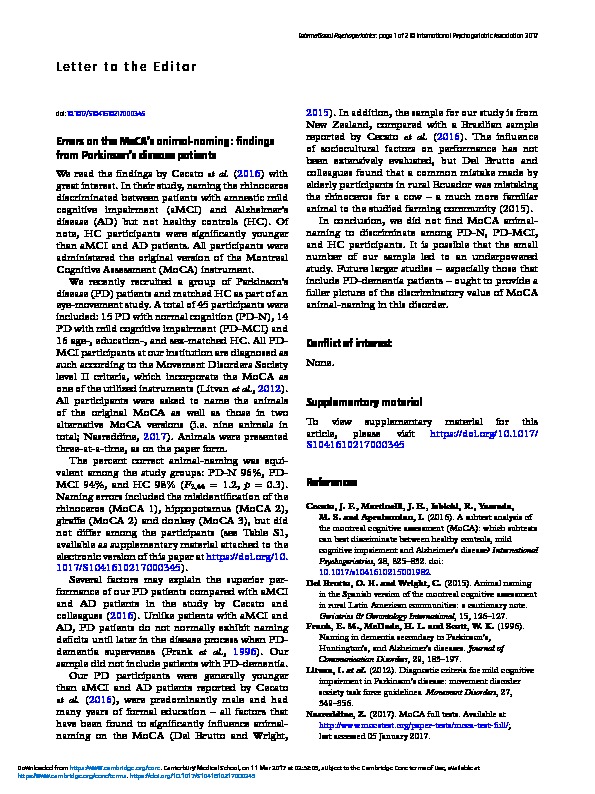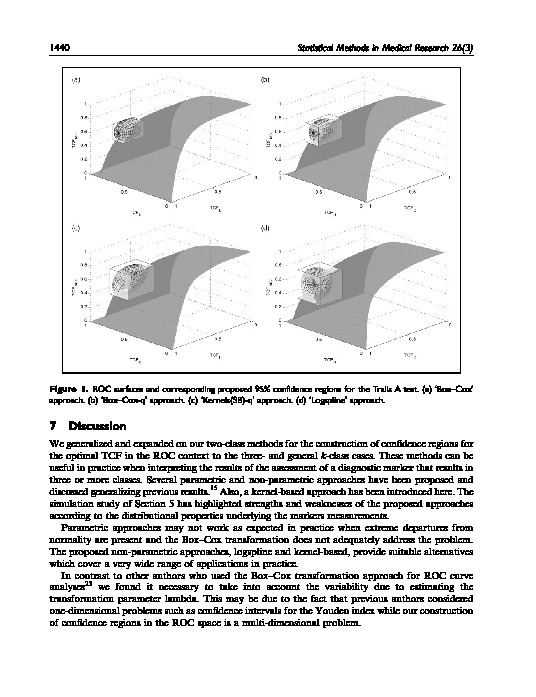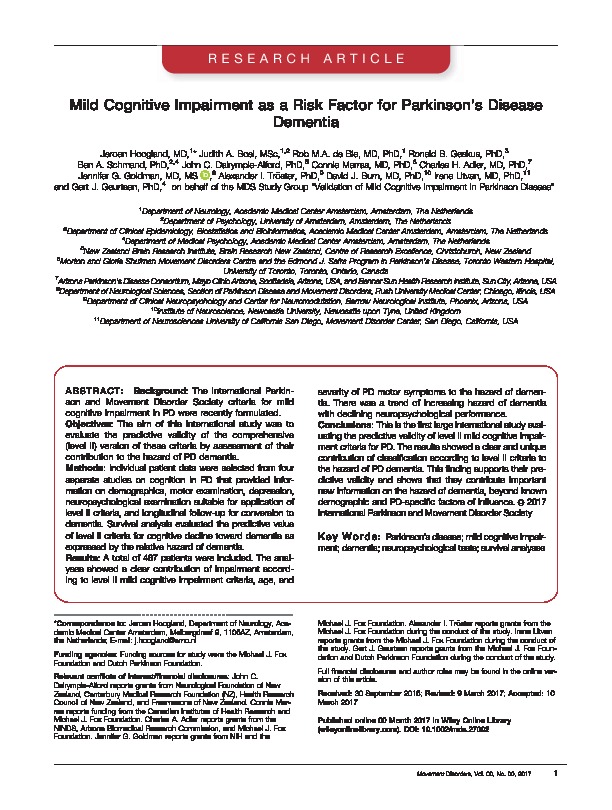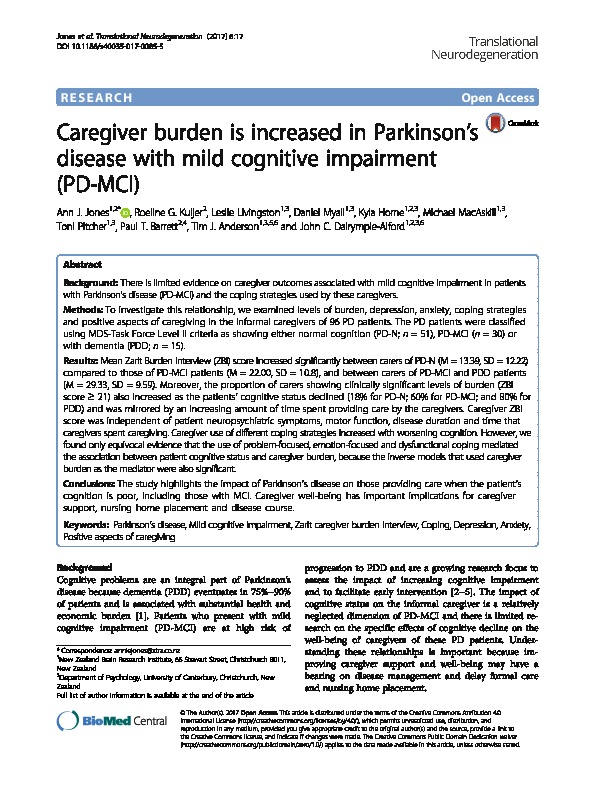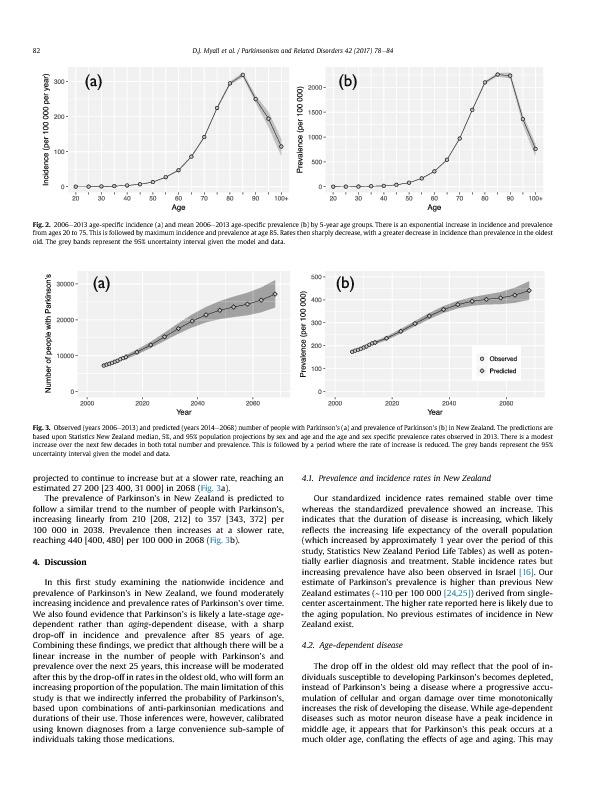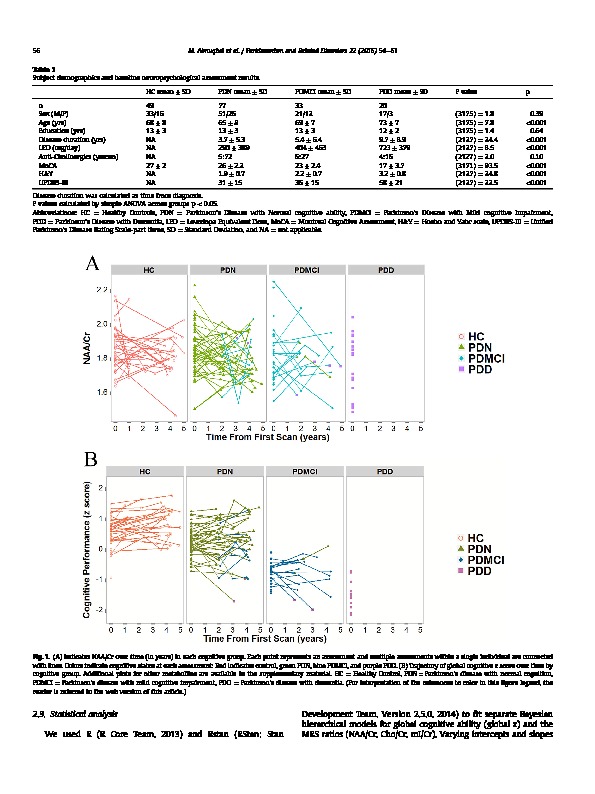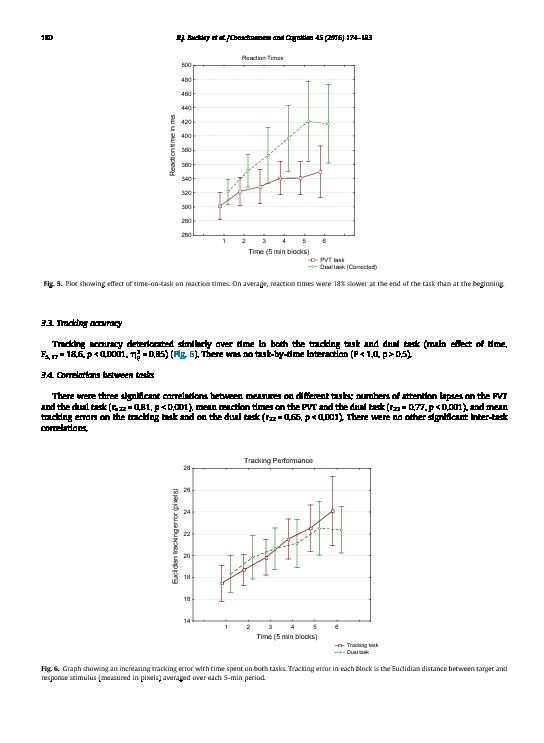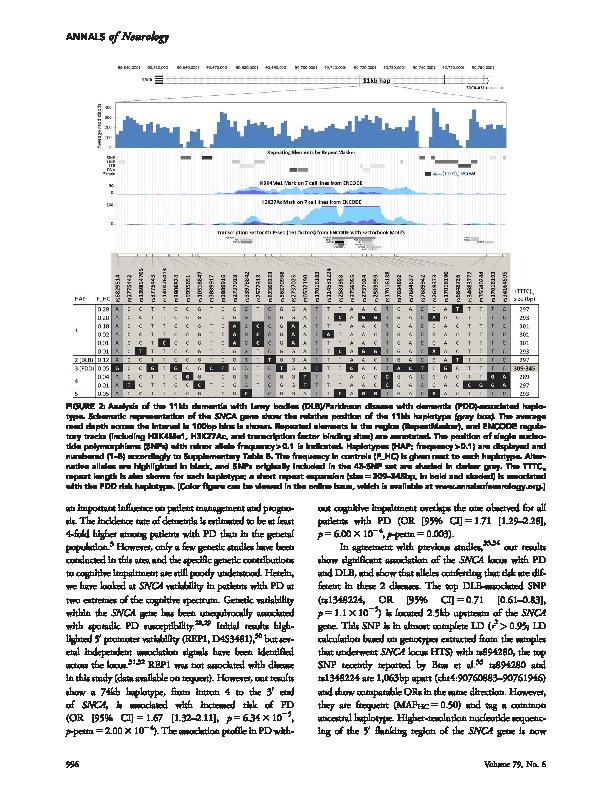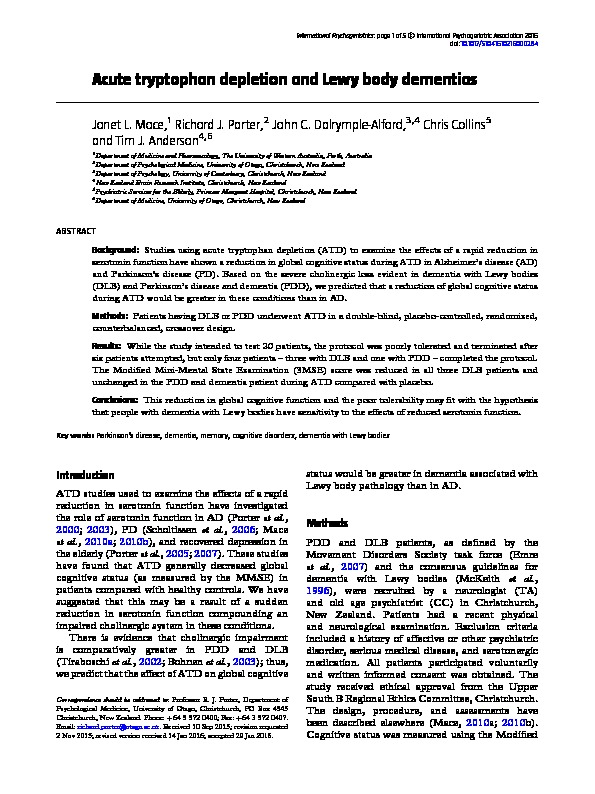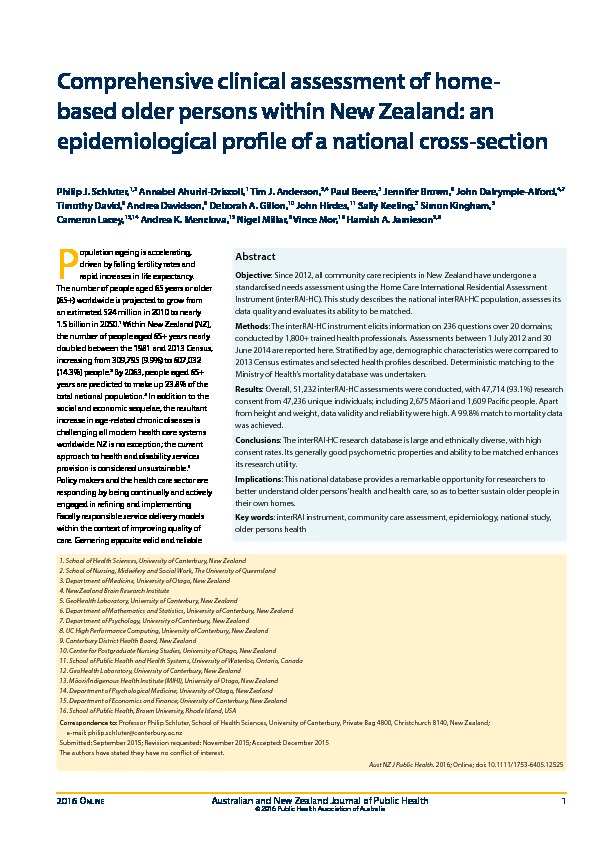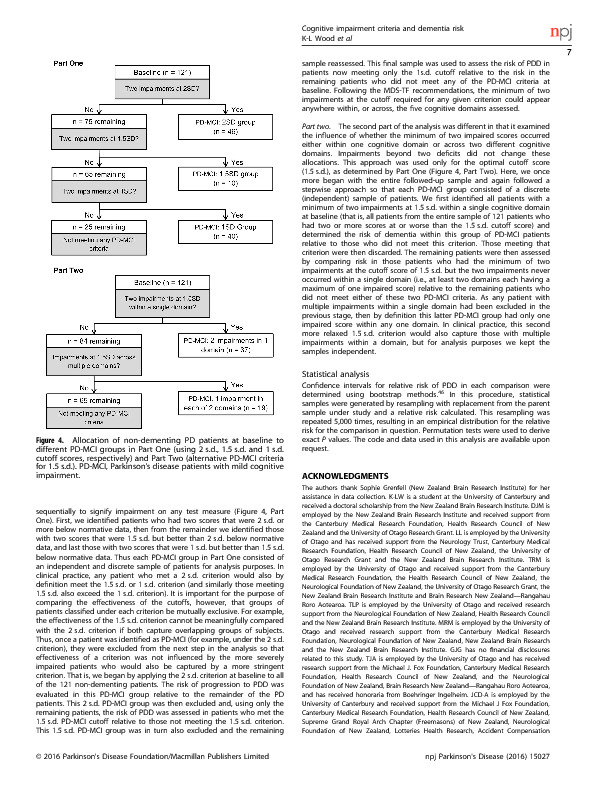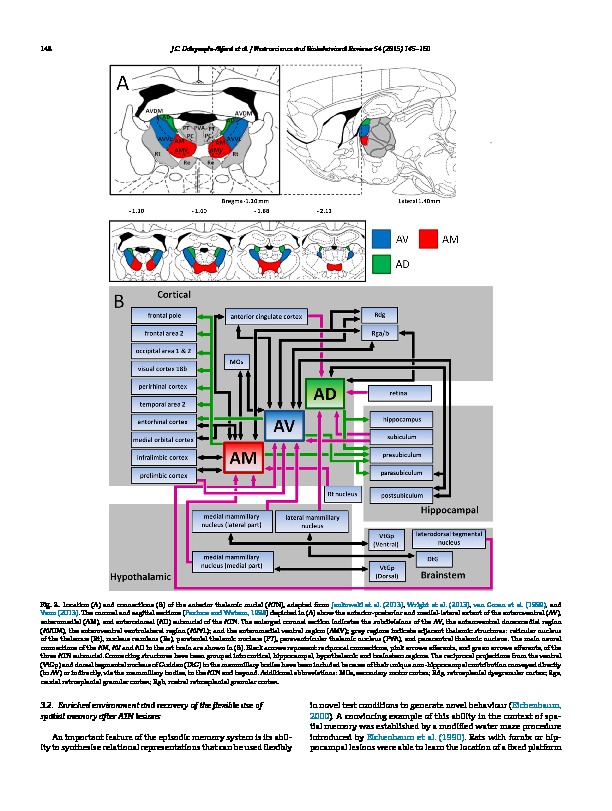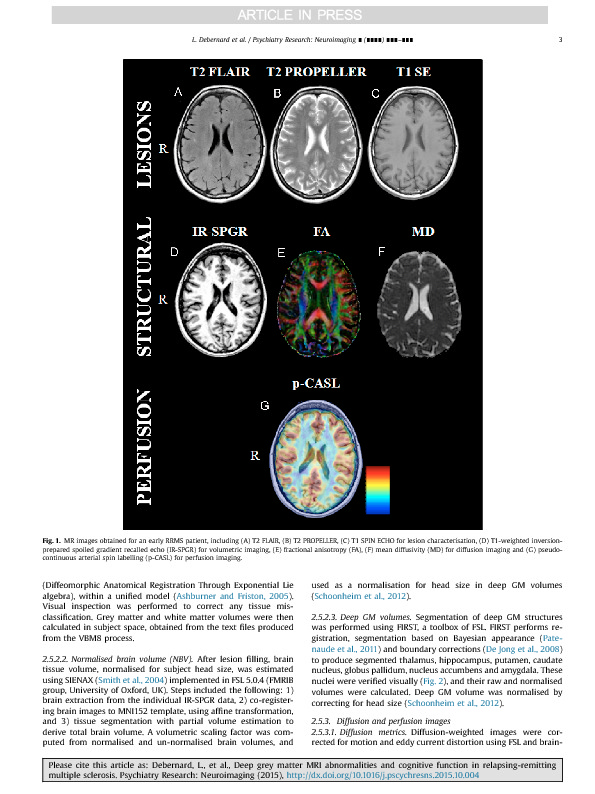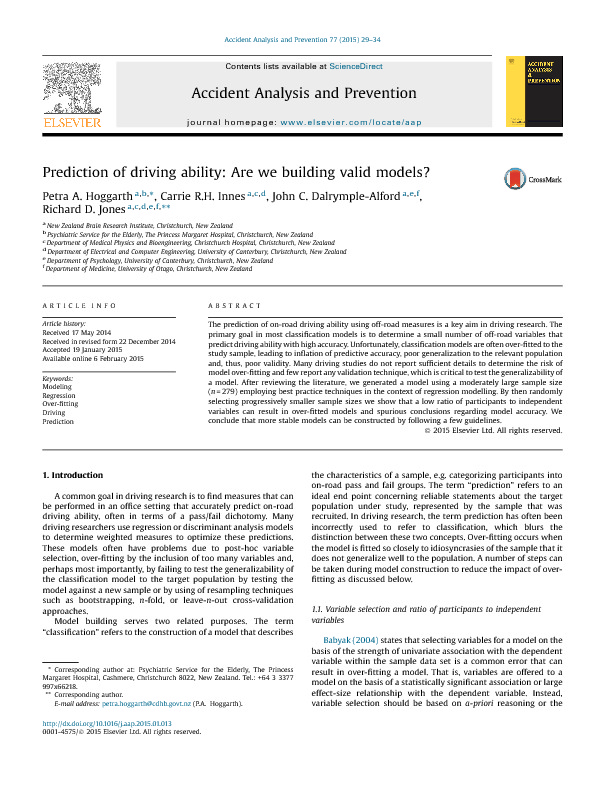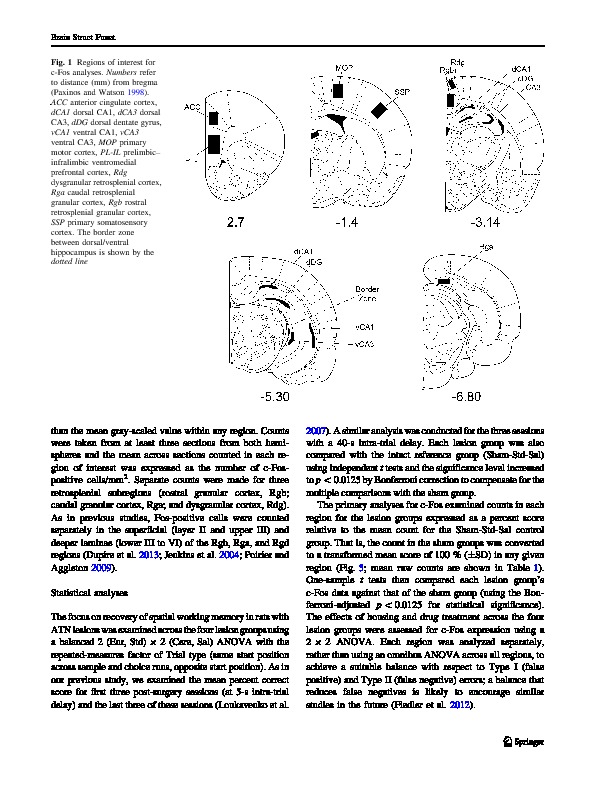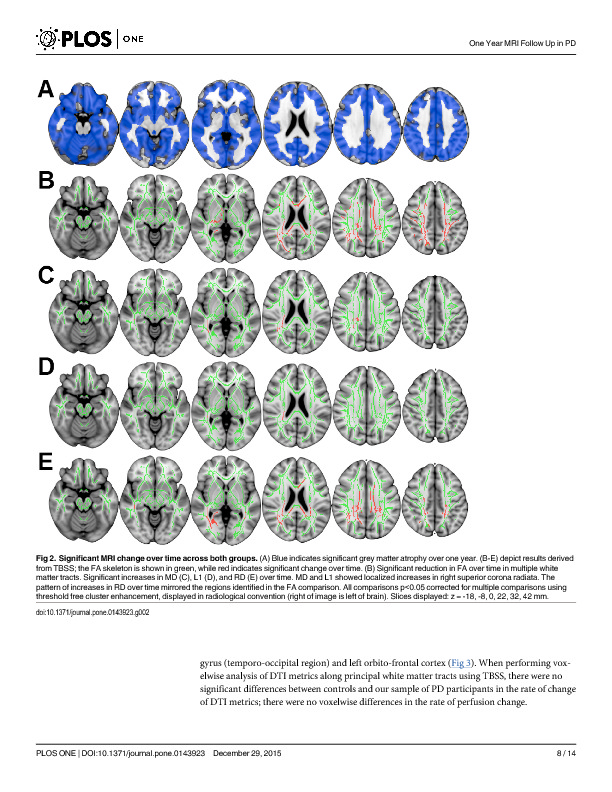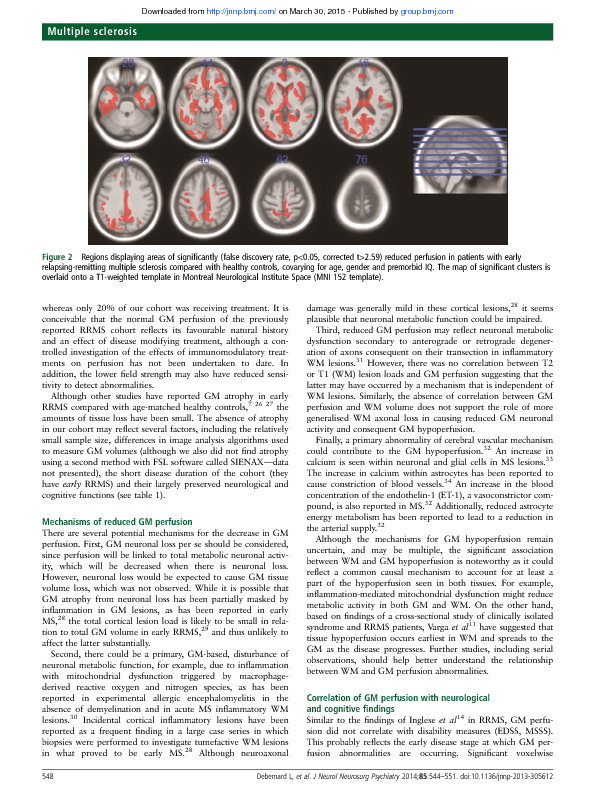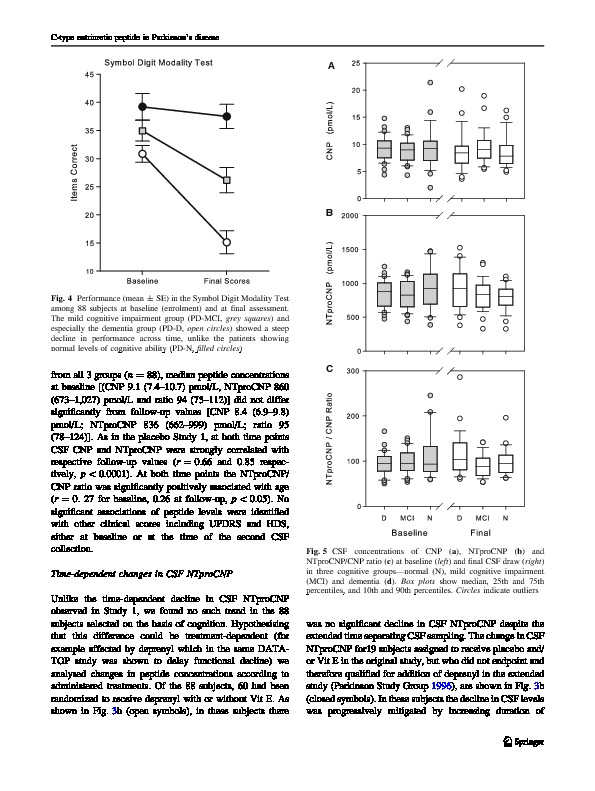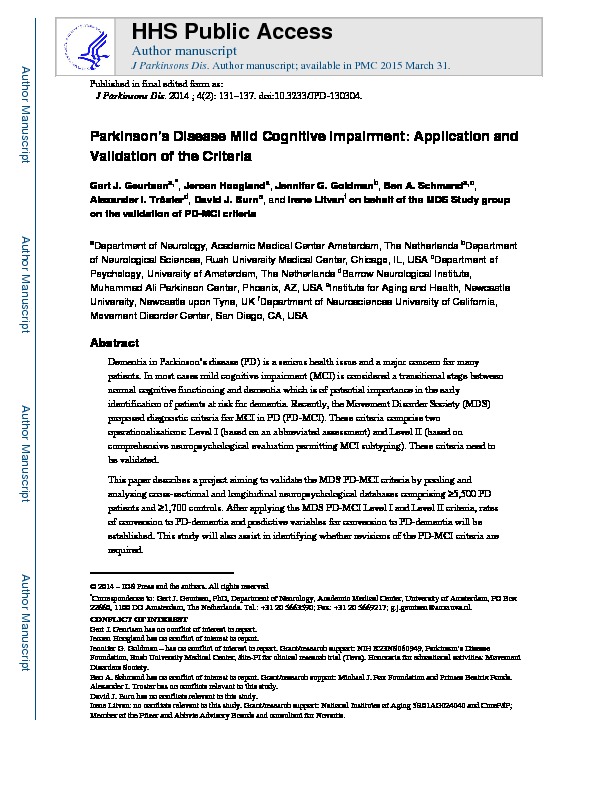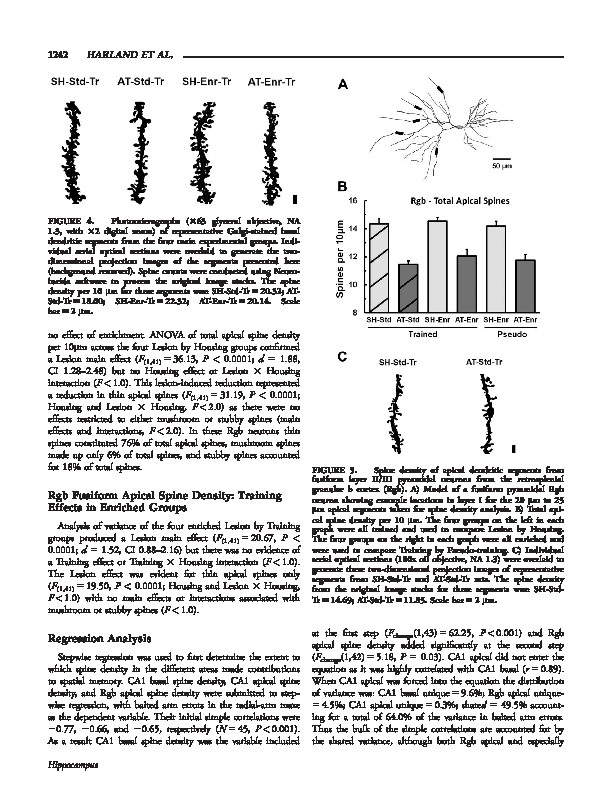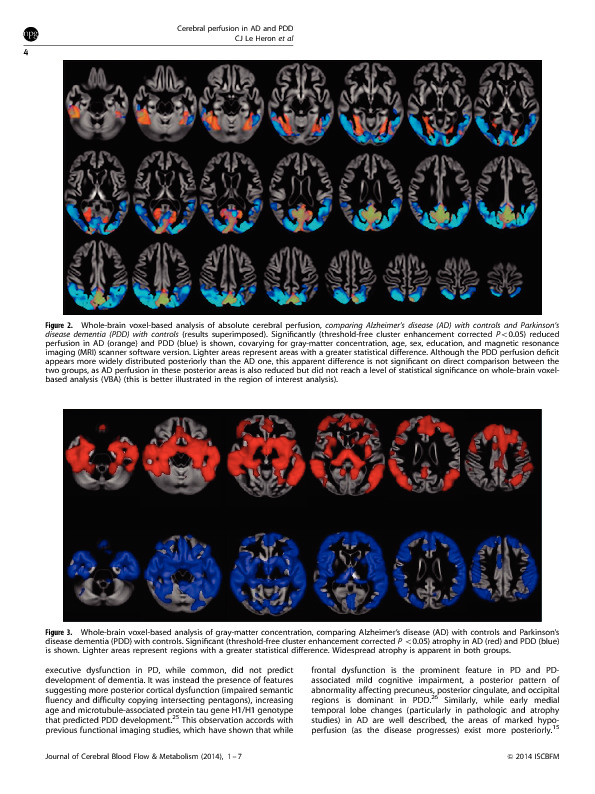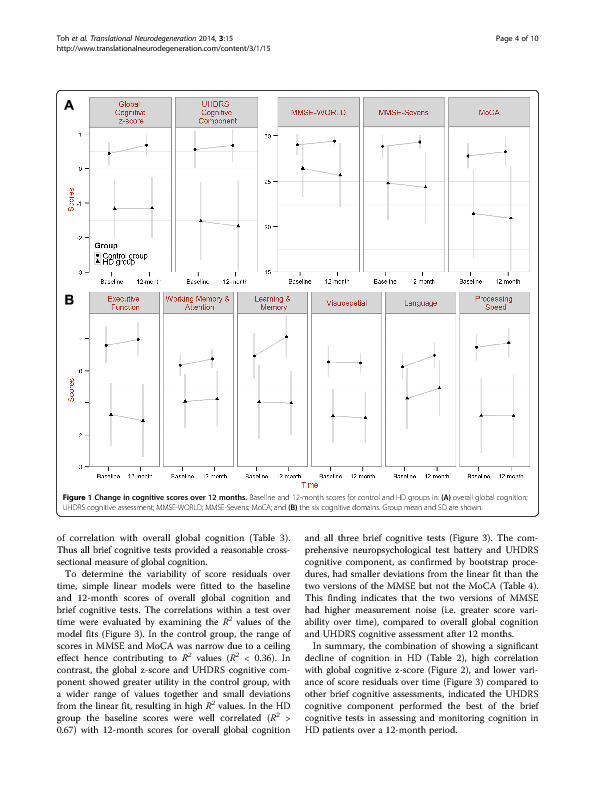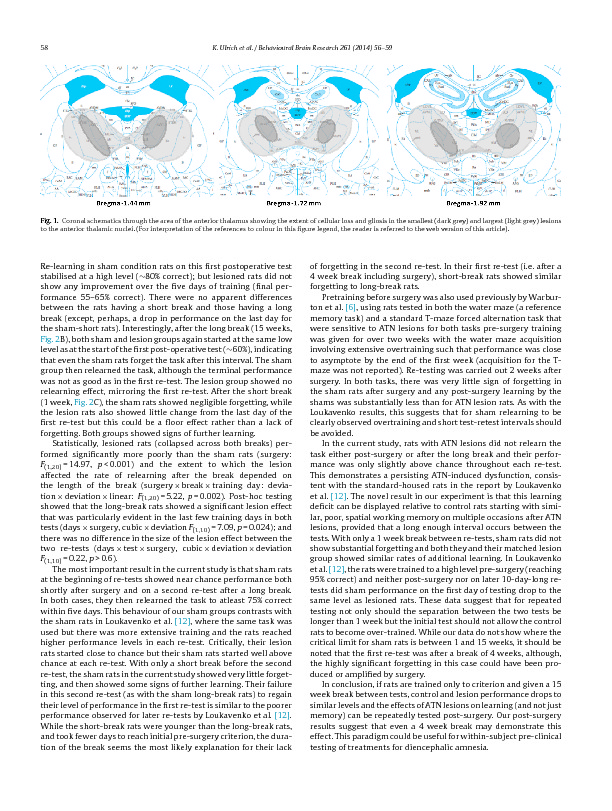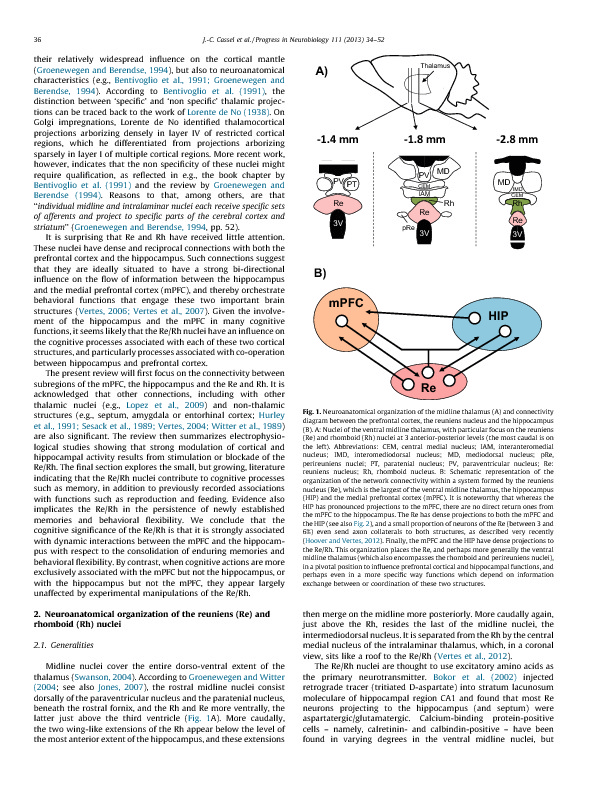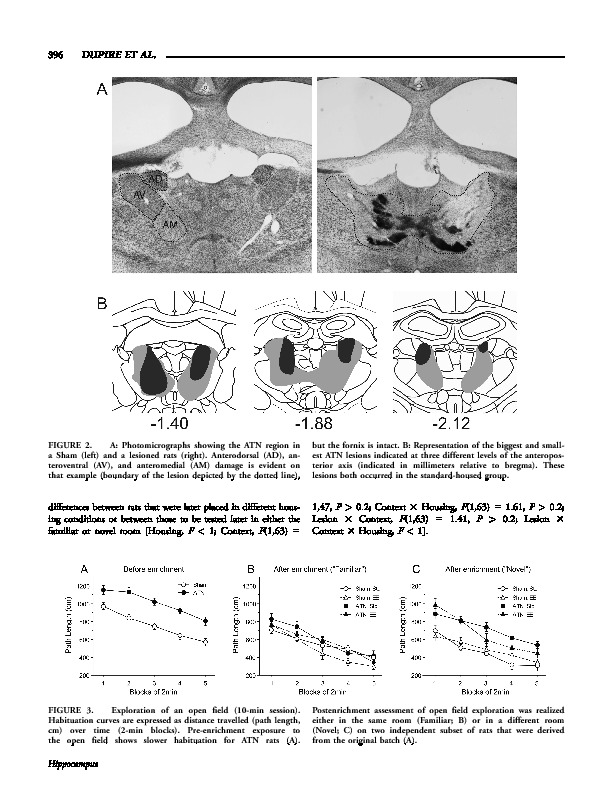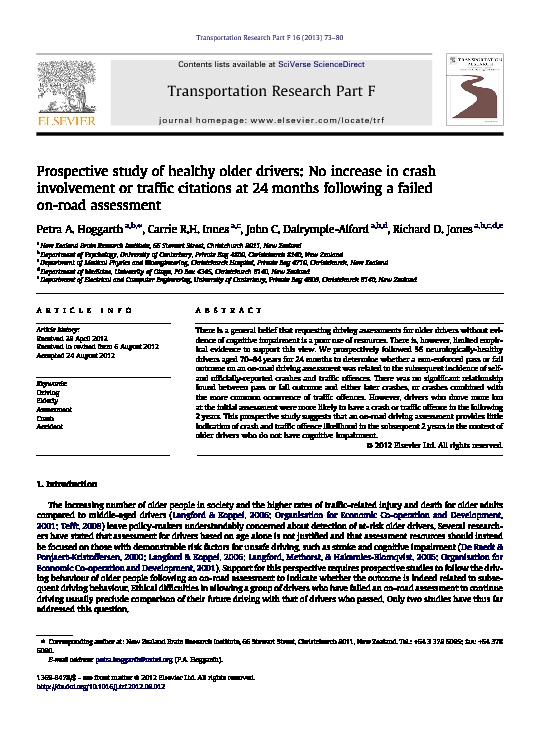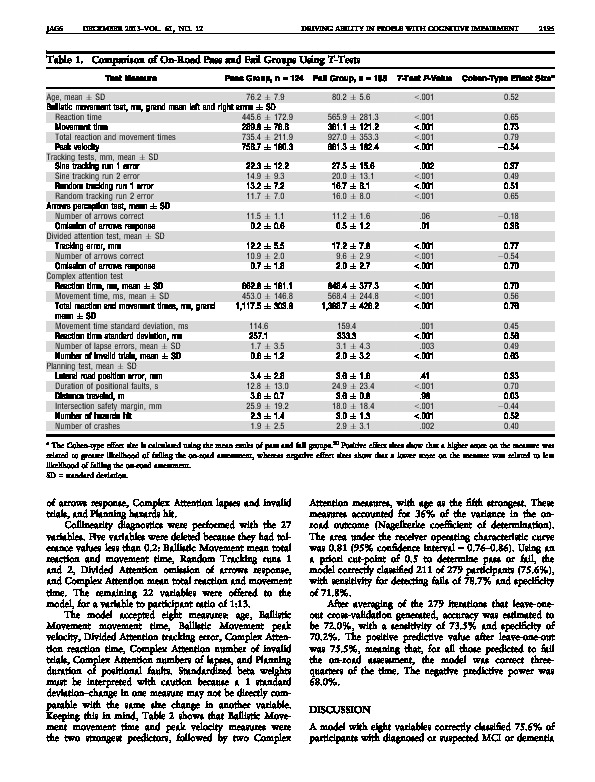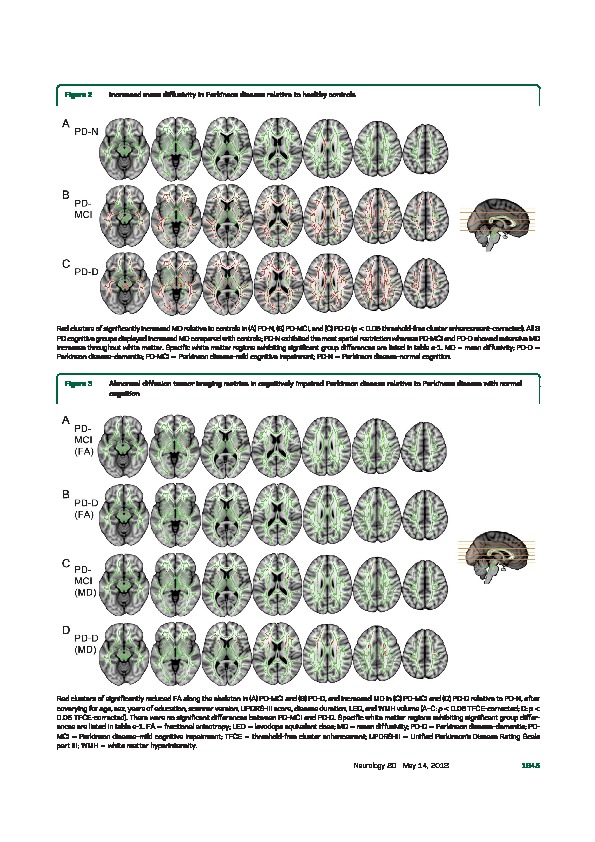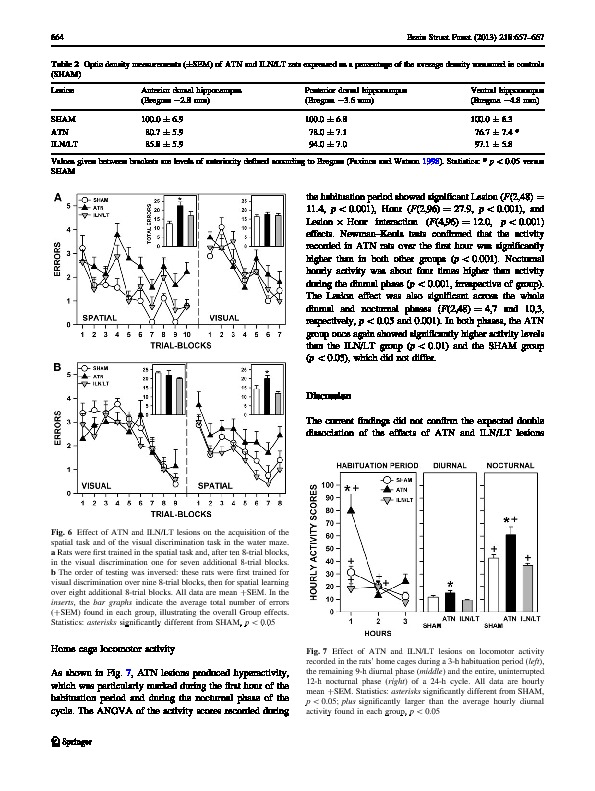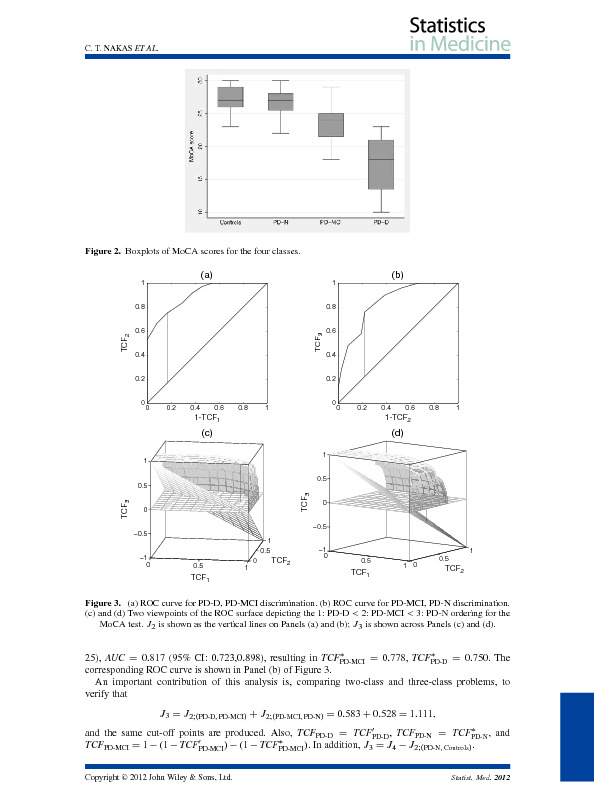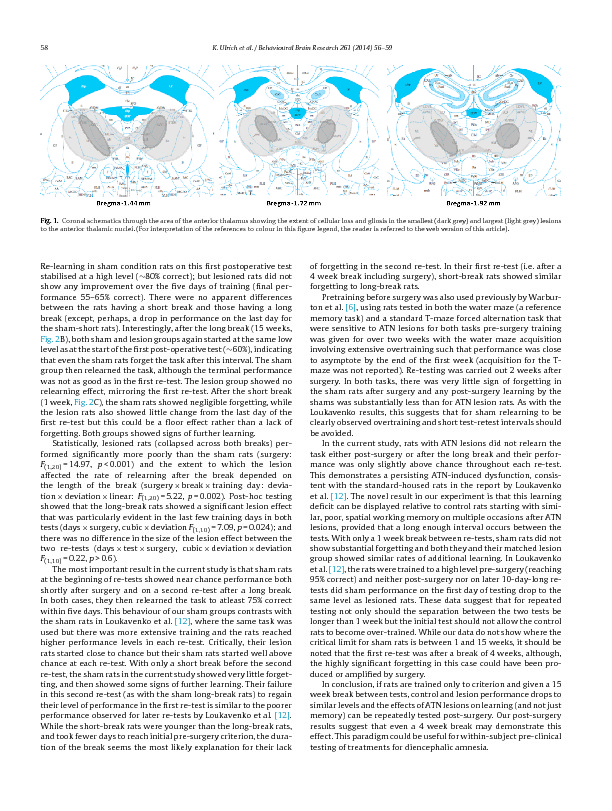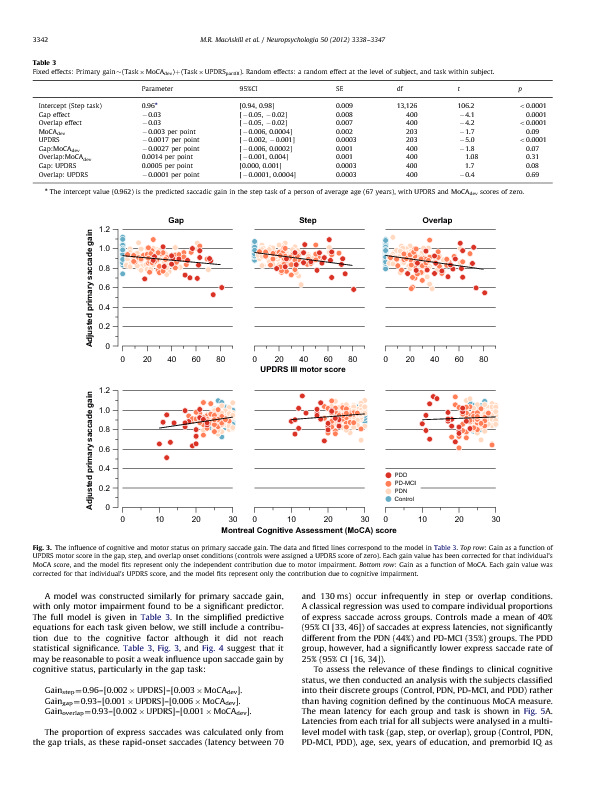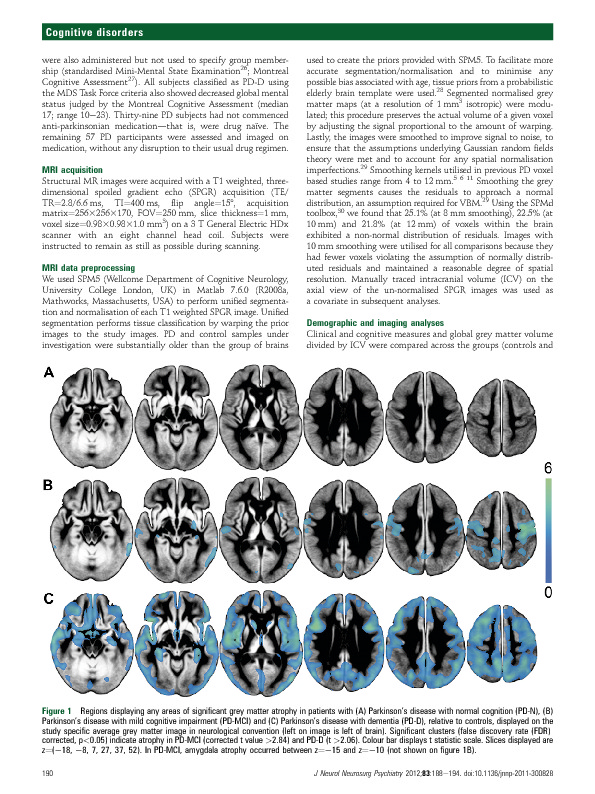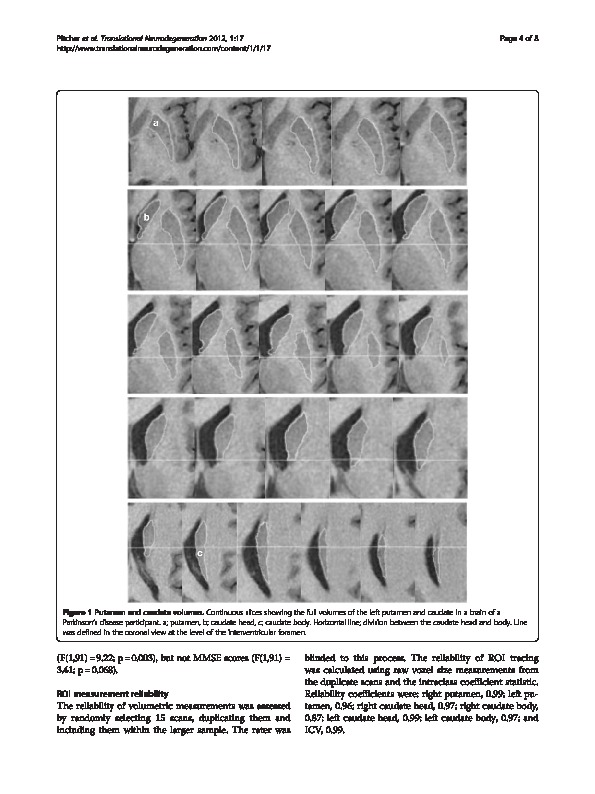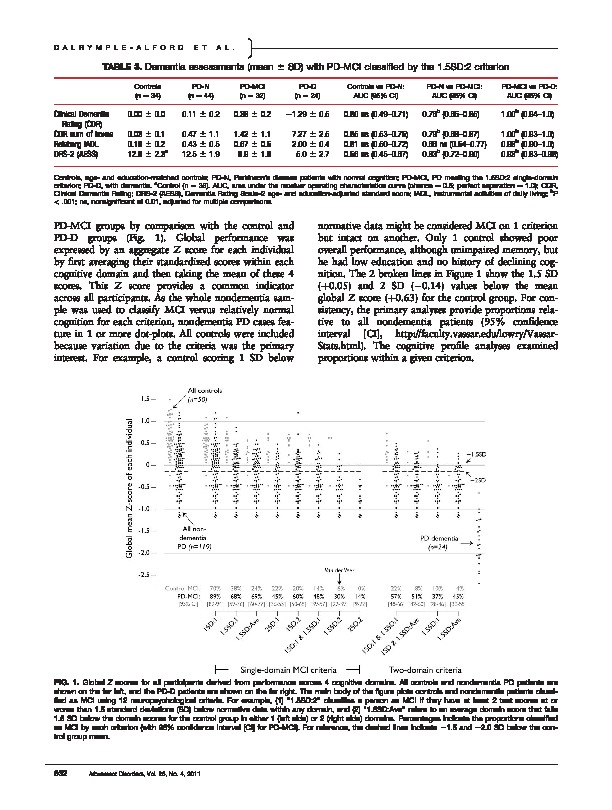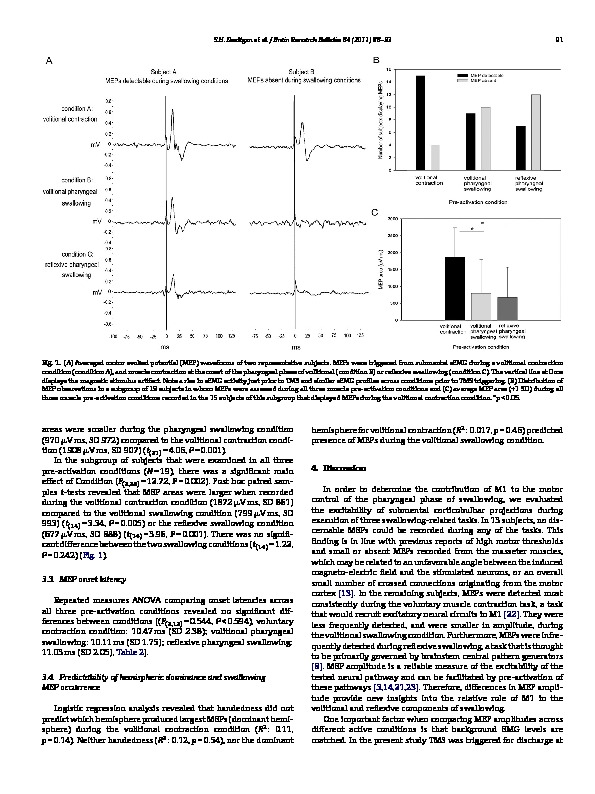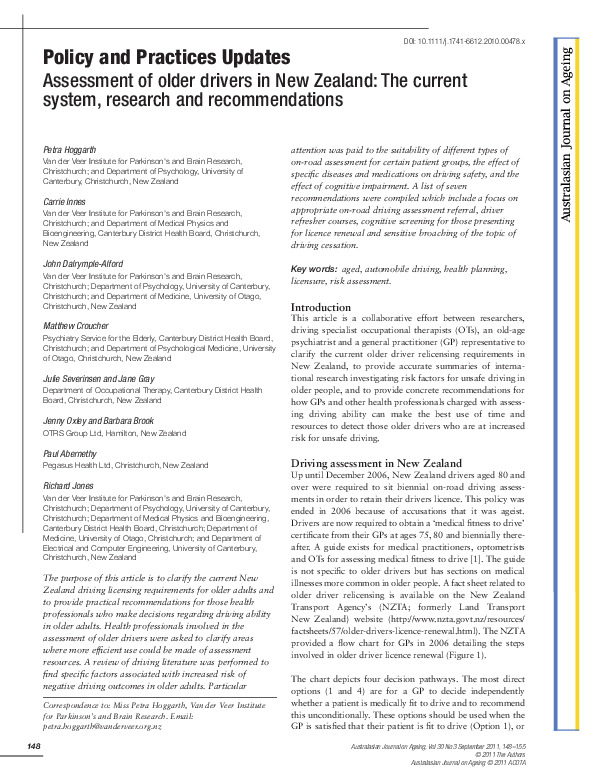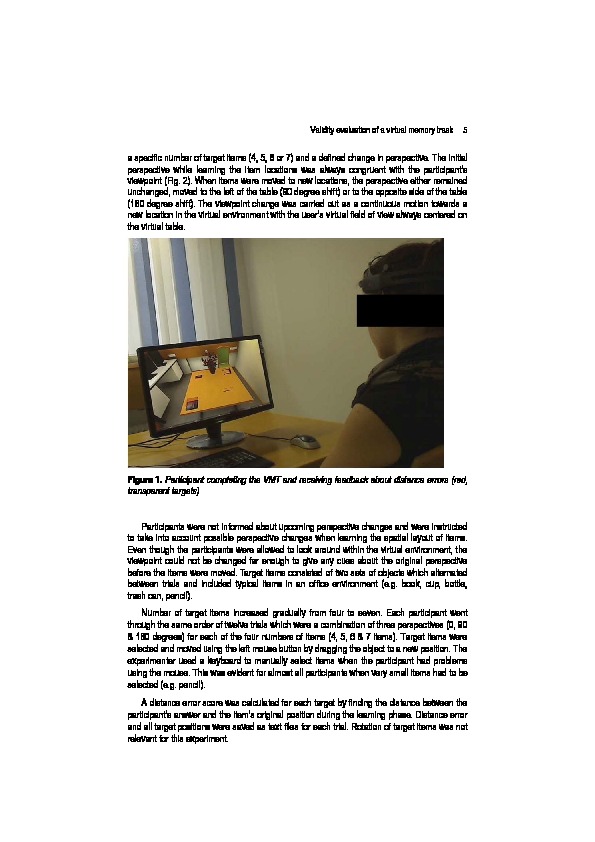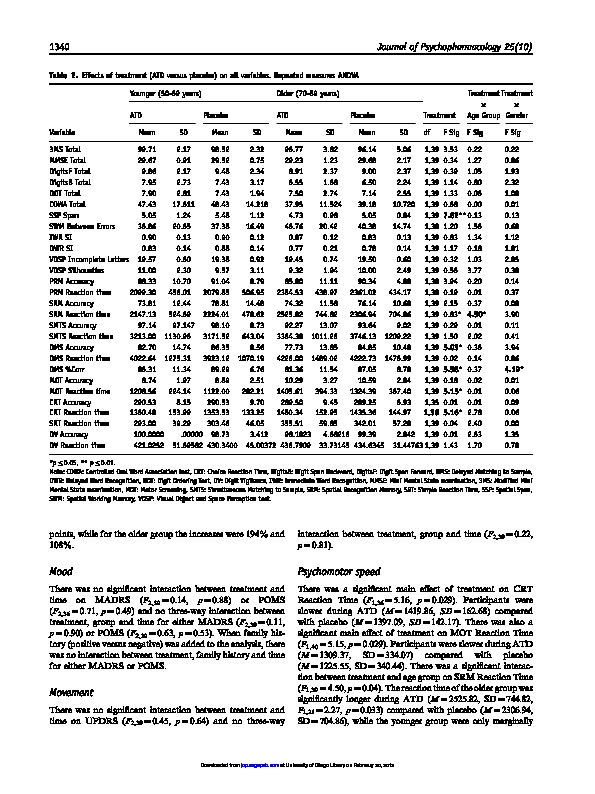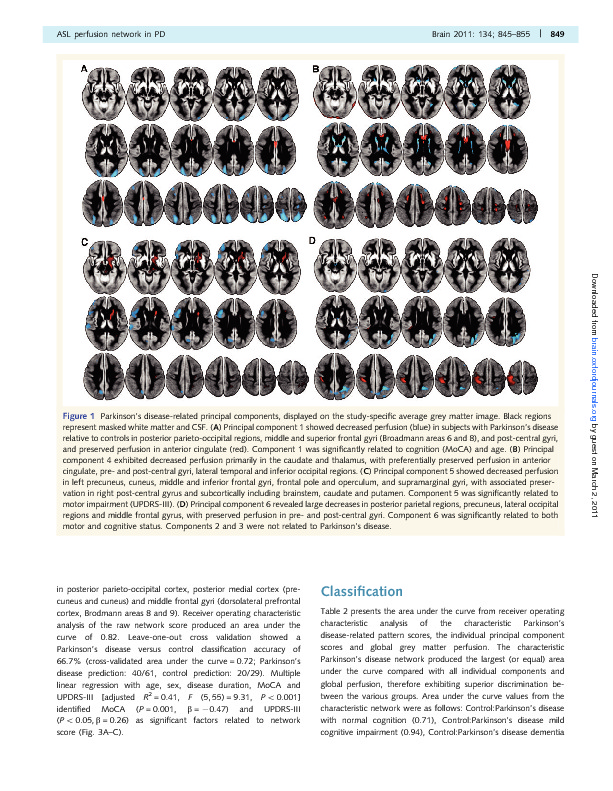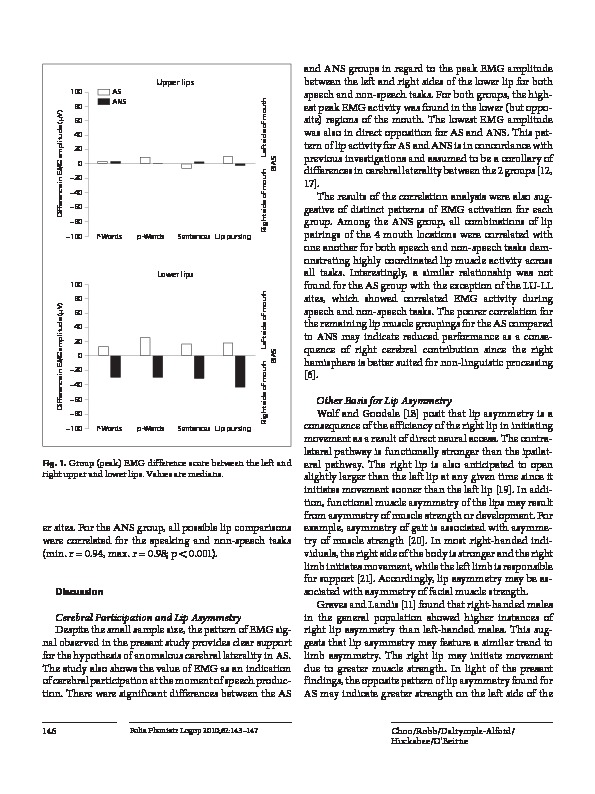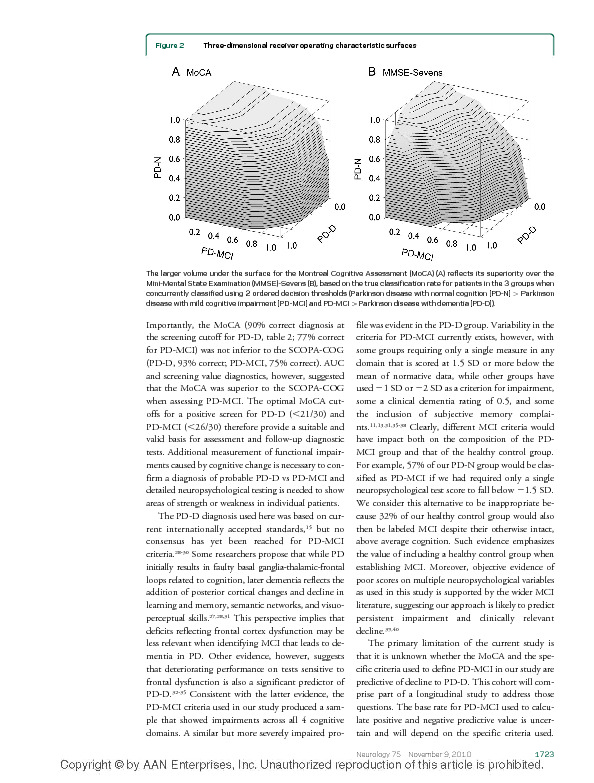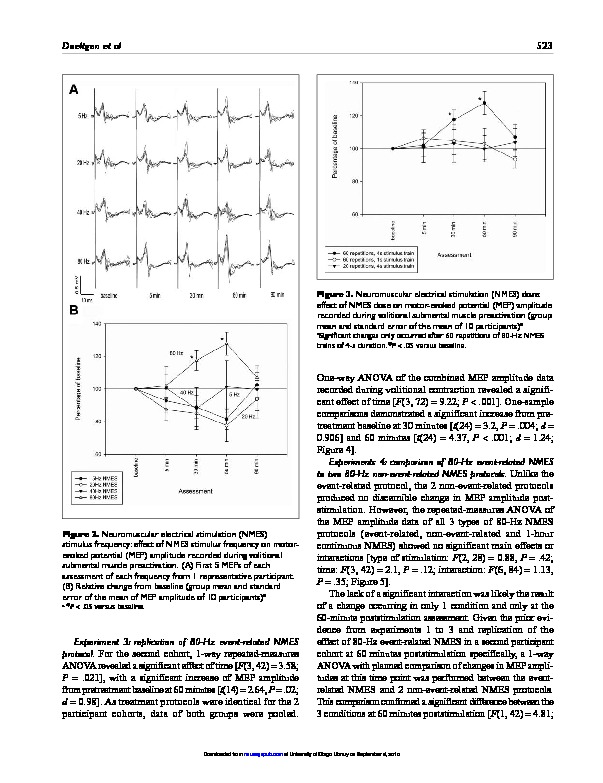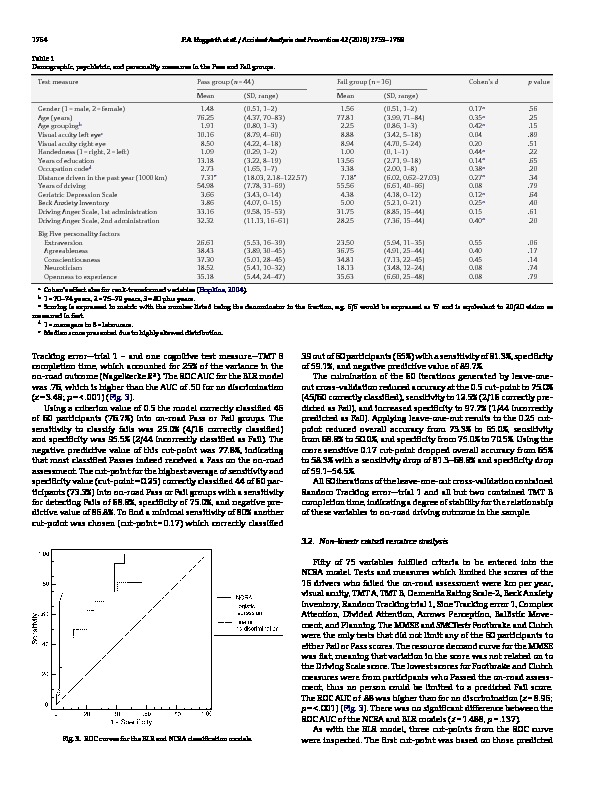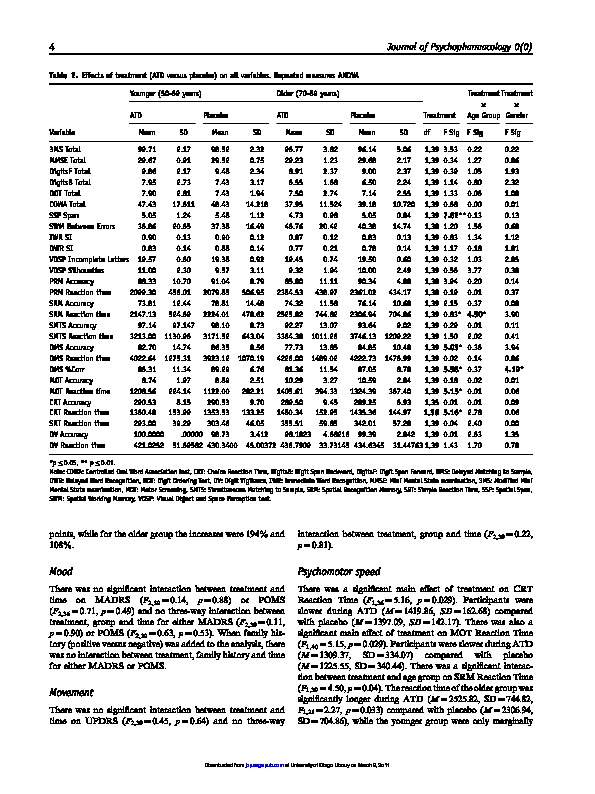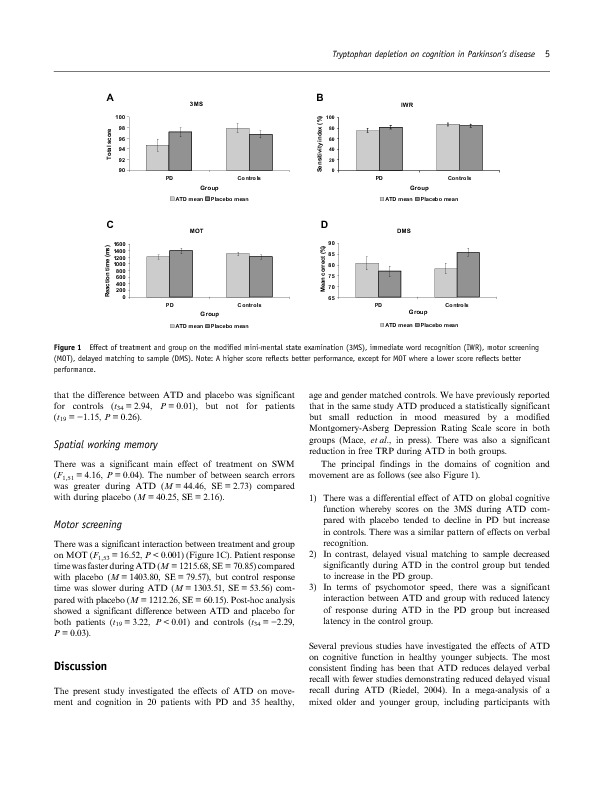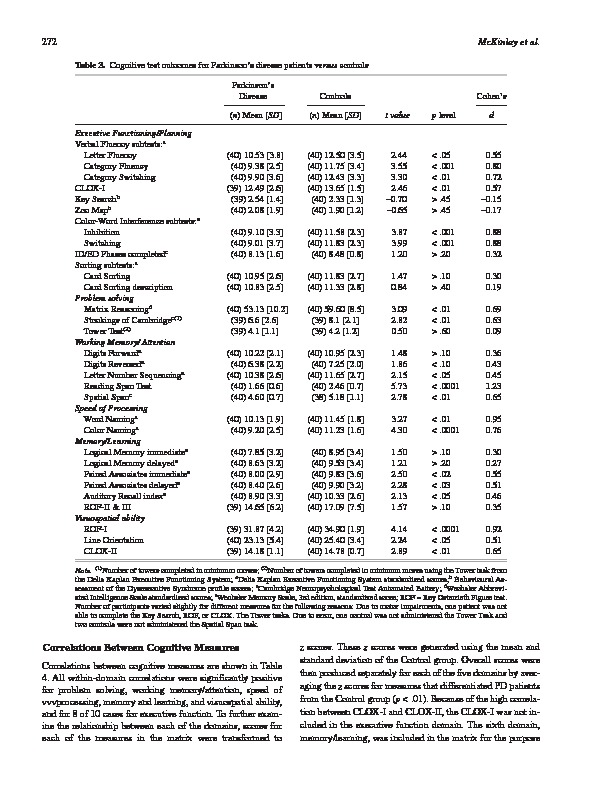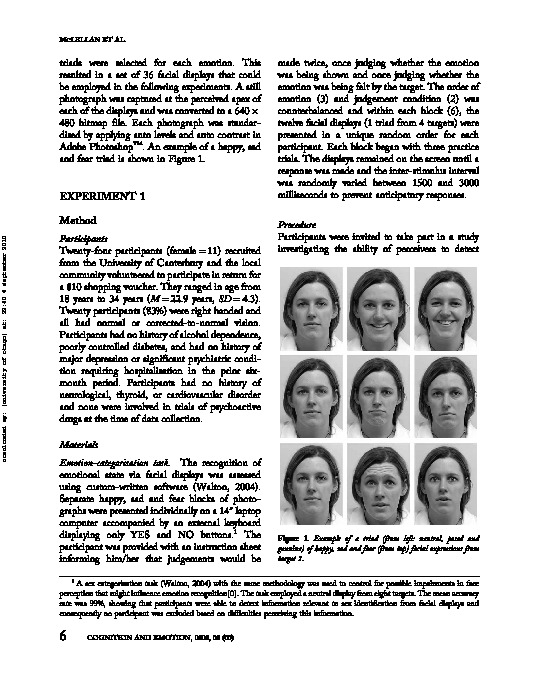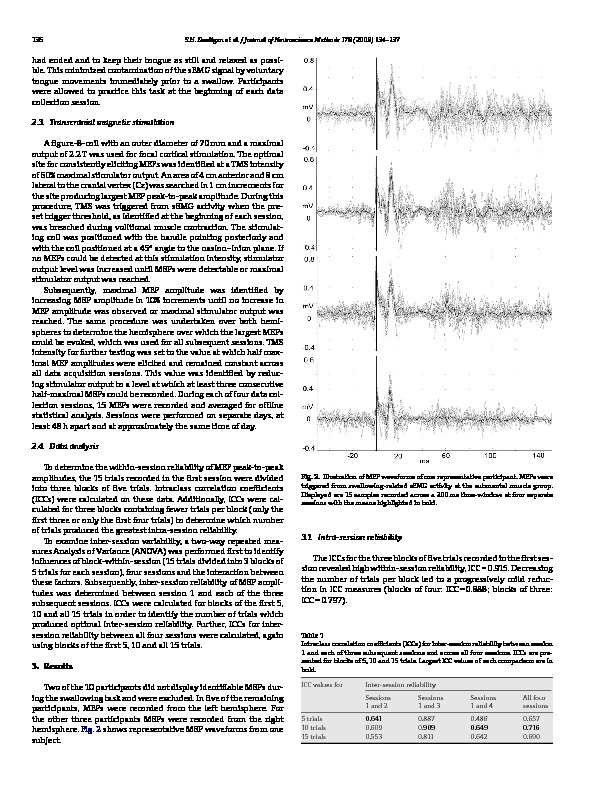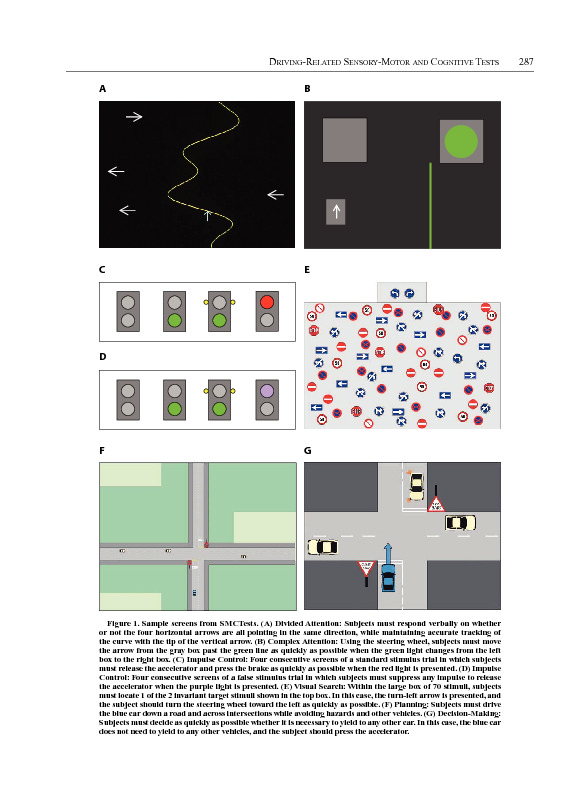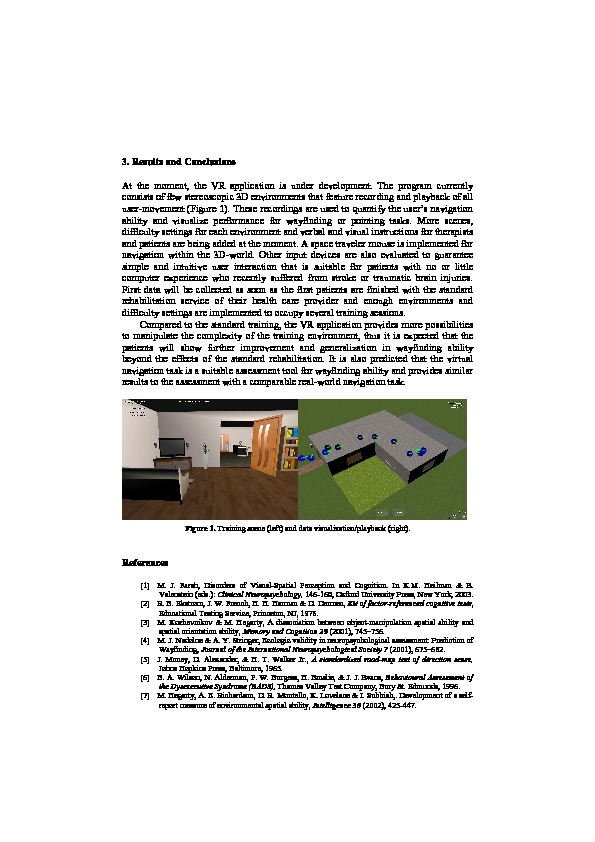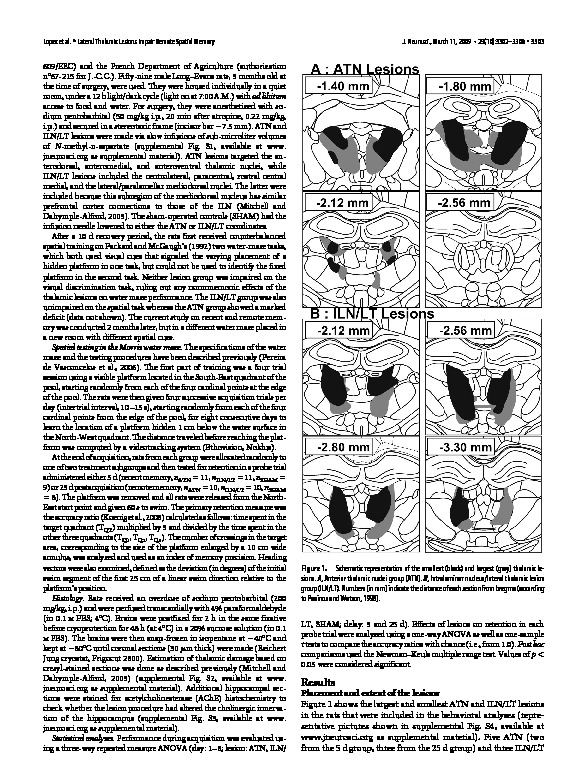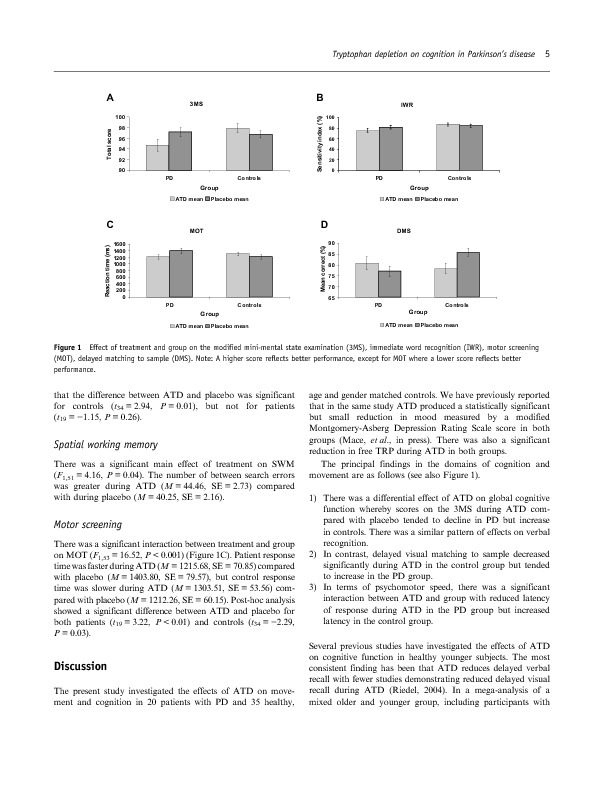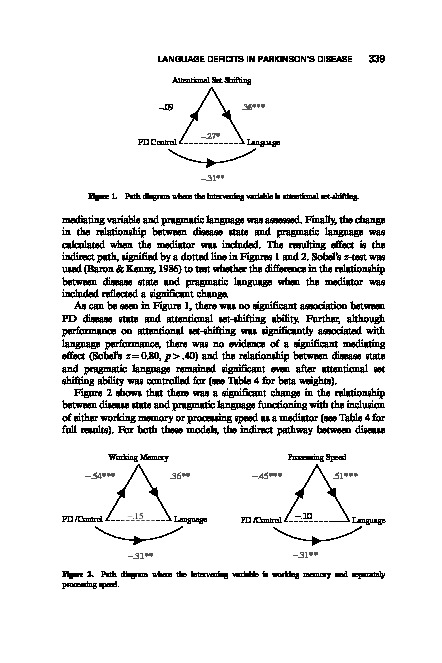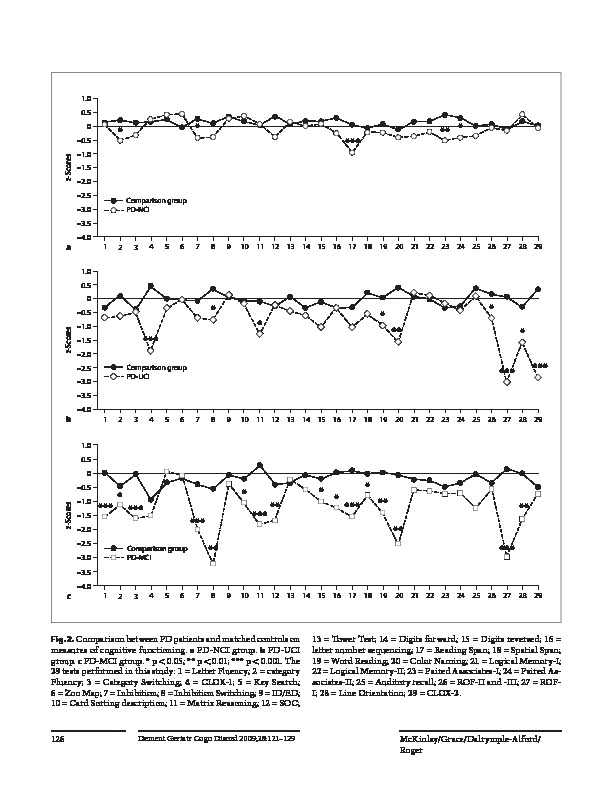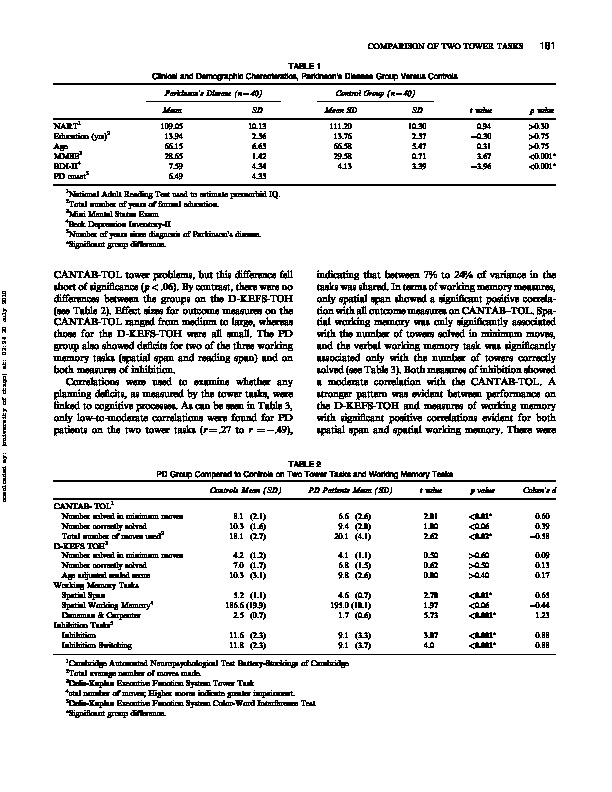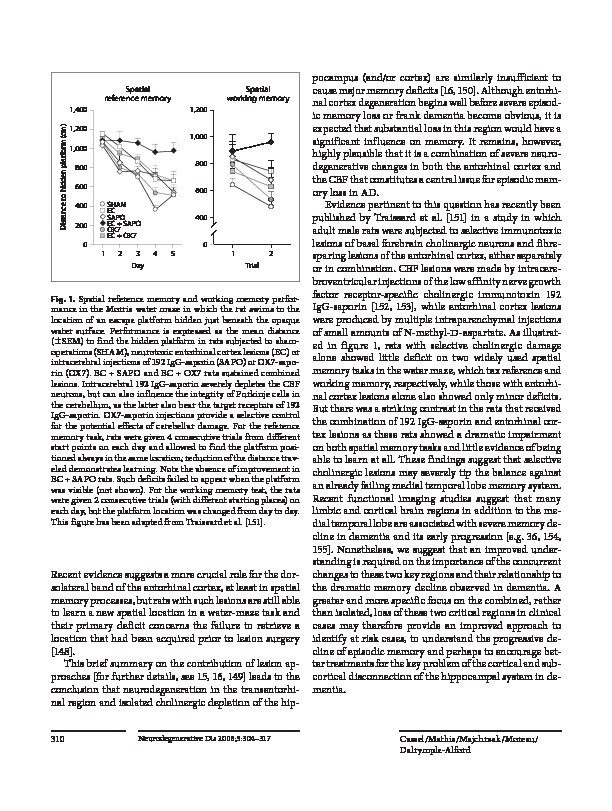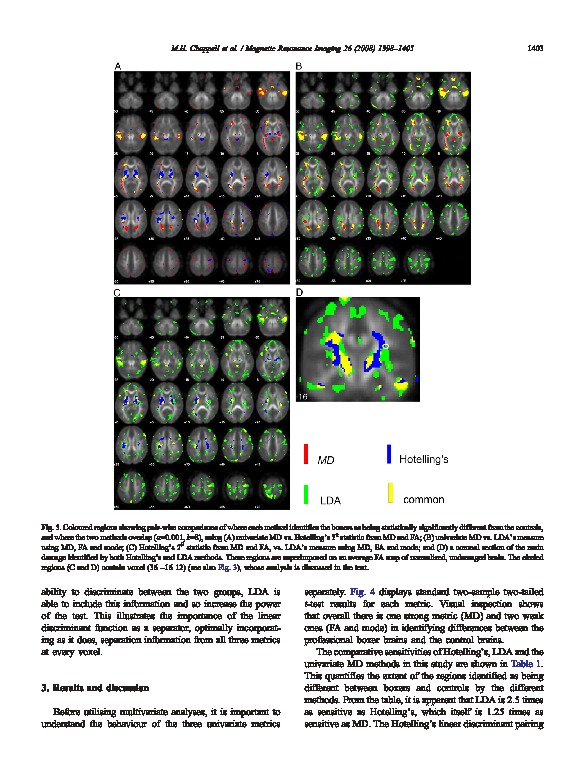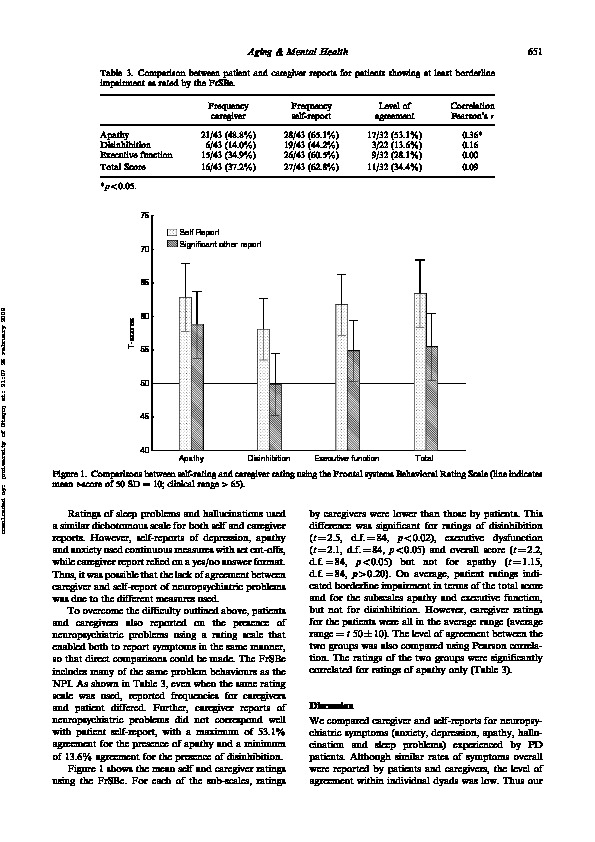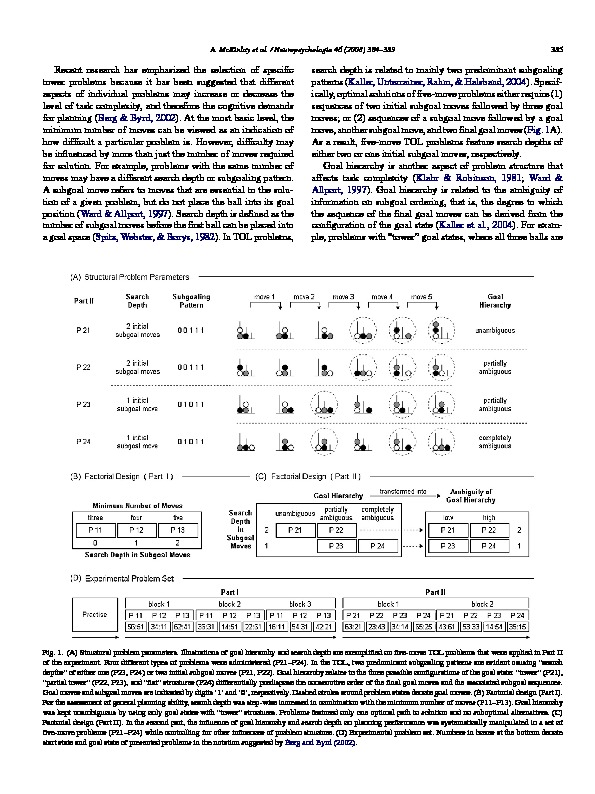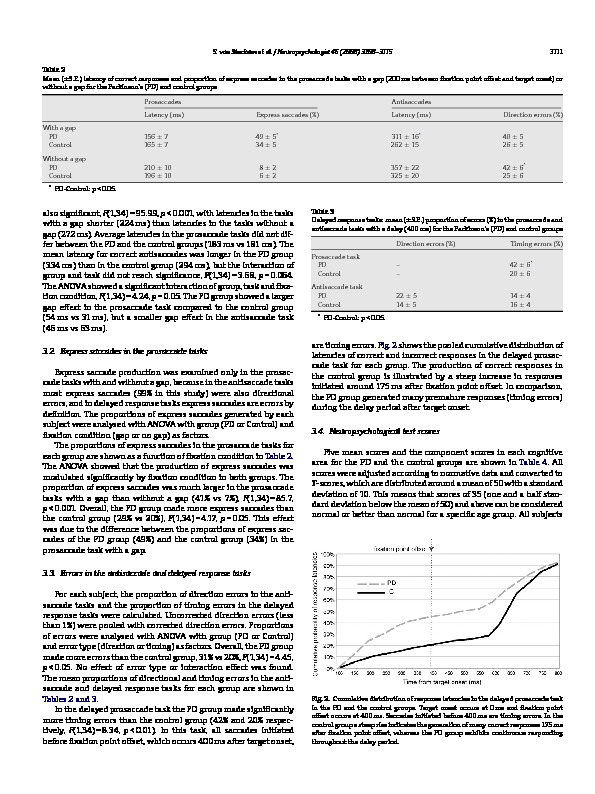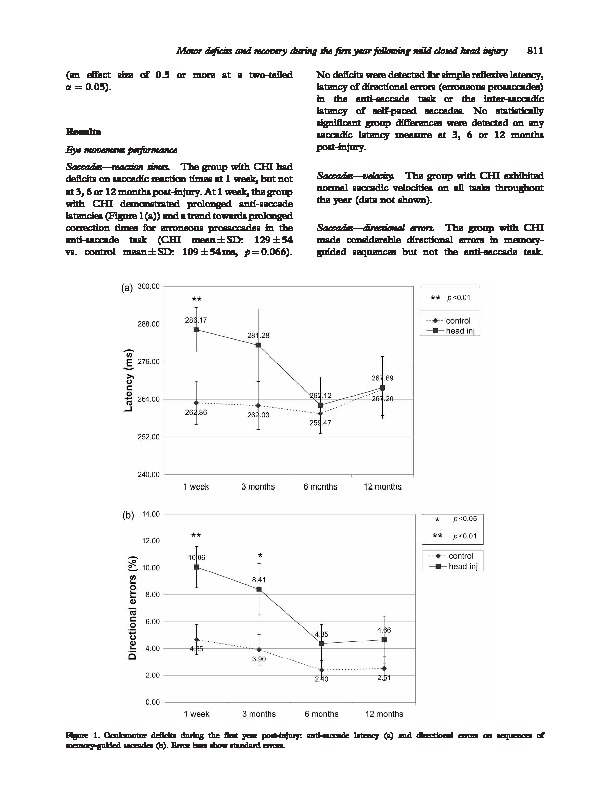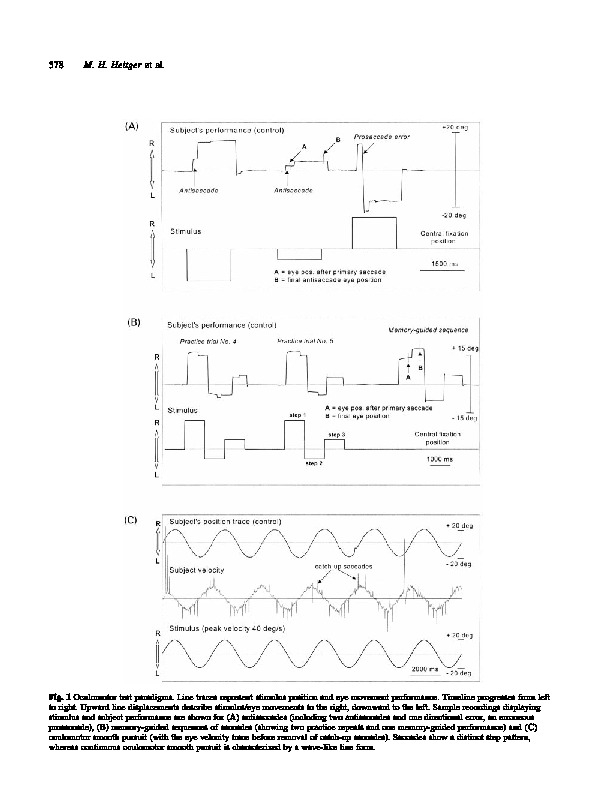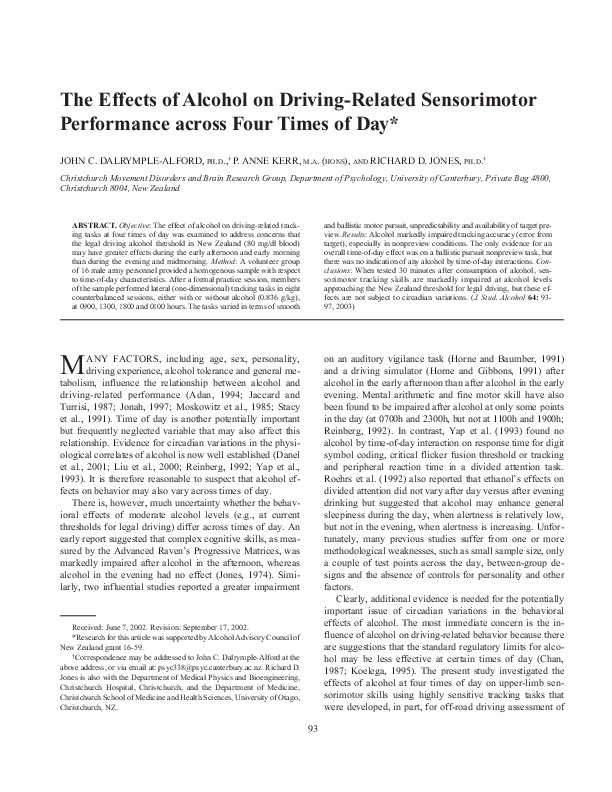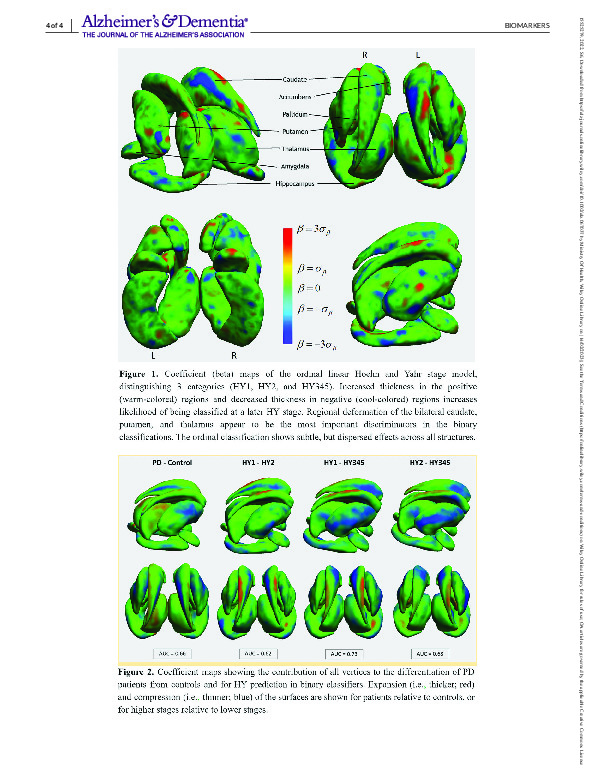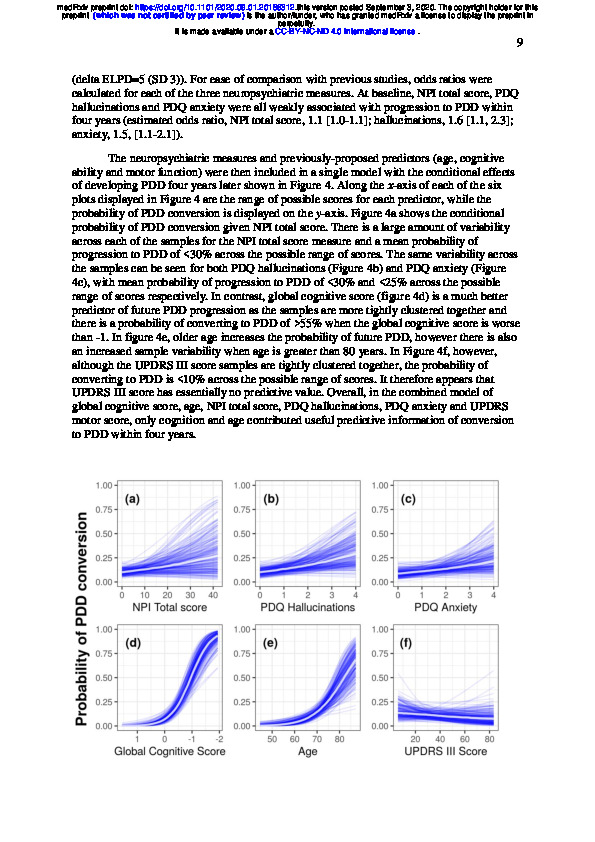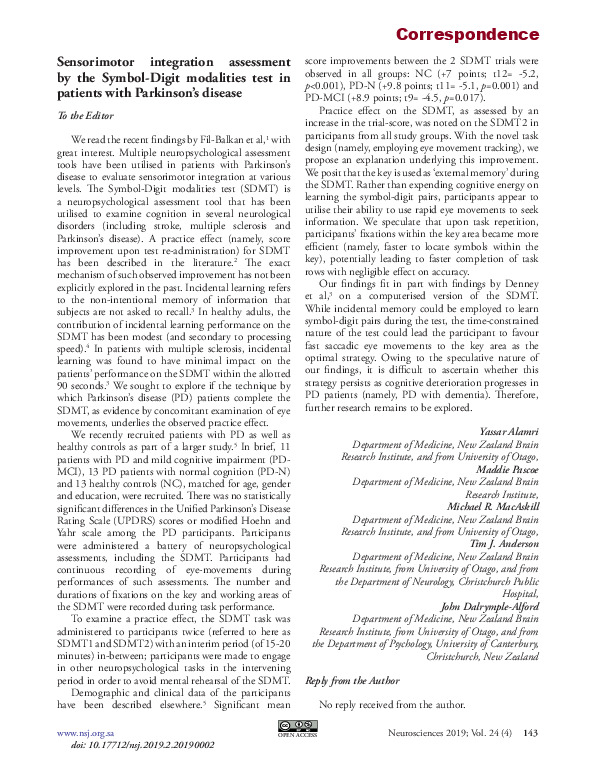Prof John Dalrymple-Alford

Professor of Psychology
New Zealand Brain Research Institute, Christchurch
Professor of Psychology
Te Kura Mahi ā-Hirikapo | School of Psychology, Speech and Hearing, University of Canterbury, Christchurch
Research interests include neuroscience and neuropsychology, including disorders of memory, neurodegenerative disorders, recovery of function after brain damage; behavioural neuroscience, including animal models of the effects of brain damage in humans, neural transplants, hippocampal system function, enriched environments; and behavioural pharmacology, including effects of drugs and nutritional factors in humans and animals.
- Alzheimer's disease, Parkinson's disease, Multiple Sclerosis
- Behavioural pharmacology
- Enriched environments
- Hippocampal system function
- Neural transplants
- Neuropsychology, including disorders of memory
- Recovery of function after brain damage.
Link to Professor John Dalrymple-Alford's University of Canterbury page
Link to Professor John Dalrymple-Alford's Google Scholar page
Publications
Provided on request for non-commercial personal use by researchers.
2024
Aye, W. W., Stark, M. R., Horne, K.-L., Livingston, L., Grenfell, S., Myall, D. J., Pitcher, T.L., Almuqbel, M.M., Keenan, R. J., Meissner, W.G., Dalrymple-Alford, J., Anderson, T.J., Le Heron, C., Melzer, T. R. (2024). Early‐phase amyloid PET reproduces metabolic signatures of cognitive decline in Parkinson's disease. Alzheimer's & Dementia: Diagnosis, Assessment & Disease Monitoring, 16(2),
e12601..
10.1002/dad2.12601
Gooch, E., Melzer, T.R., Horne, K.L., Grenfell, S., Livingston, L., Pitcher, T., Dalrymple-Alford, J.C., Anderson, T.J., McAuliffe, M.J., Theys, C. (2024). Higher Frequency of Stuttered Disfluencies Negatively Affects Communicative Participation in Parkinson's Disease. Journal of Speech Language and Hearing Research, .
10.1044/2024_JSLHR-24-00018
Kennedy, E., Liebel, S.W., Lindsey, H.M, ..., Anderson, T.J, ..., Dalrymple-Alford, J.C, ..., Melzer, T.R., ..., Myall, D.J, ..., Dennis, E.L. (2024). Verbal Learning and Memory Deficits across Neurological and Neuropsychiatric Disorders: Insights from an ENIGMA Mega Analysis. Brain Sciences,
14(7), .
10.3390/brainsci14070669
Laansma, M.A., Zhao, Y., van Heese, E.M., Bright, J.K., Owens-Walton, C., Al-Bachari, S., Anderson, T.J., ..., ..., Dalrymple-Alford, J.C., ..., ..., Melzer, T.R., ..., ..., Pitcher, T.L., ..., ..., Gutman, B.A. (2024). A worldwide study of subcortical shape as a marker for clinical staging in Parkinson’s disease. npj Parkinson's Disease,
10(1), .
10.1038/s41531-024-00825-9
Le Heron, C., Horne, K. L., MacAskill, M. R., Livingston, L., Melzer, T. R., Myall, D., Pitcher, T., Dalrymple-Alford, J., Anderson, T., Harrison, S. (2024). Cross-Sectional and Longitudinal Association of Clinical and Neurocognitive Factors With Apathy in Patients With Parkinson Disease. Neurology,
102(12), .
10.1212/WNL.0000000000209301
Owens-Walton, C., Nir, T. M., Al-Bachari, S., Ambrogi, S., Anderson, T. J., Aventurato, I. K., ..., Dalrymple-Alford, J.C, ..., Melzer, T.R, ..., Pitcher, T.L., ..., van der Werf, Y. D. (2024). A Worldwide Study of White Matter Microstructural Alterations in People Living with Parkinson's Disease. medRxiv, .
10.1101/2024.01.16.24301235
Slater, N., Melzer, T.R., Myall, D.J., Anderson, T.J., Dalrymple-Alford, J.C. (2024). Cholinergic basal forebrain integrity and cognition in Parkinson’s disease: a re-appraisal of MRI evidence. Movement Disorders,
12, .
10.1002/mds.30023
2023
Blommer, J., Pitcher, T., Mustapic, M., Eren, E., Yao, P. J., Vreones, M. P., Pucha, K. A., Dalrymple-Alford, J., Shoorangiz, R., Meissner, W. G., Anderson, T., Kapogiannis, D. (2023). Extracellular vesicle biomarkers for cognitive impairment in Parkinson’s disease. Brain,
146(1), .
10.1093/brain/awac258
Dalrymple-Alford, J.C., Anderson, T.J., Melzer, T.R. (2023). Thalamus, thalamocortical networks, and non-motor symptoms in Parkinson’s disease. book chapter in Cerebral Cortex and Thalamus XII.
Guan, J., Li, F., Kang, D., Anderson, T., Pitcher, T., Dalrymple-Alford, J., Shorten, P., Singh-Mallah, G. (2023). Cyclic Glycine-Proline (cGP) Normalises Insulin-Like Growth Factor-1 (IGF-1) Function: Clinical Significance in the Ageing Brain and in Age-Related Neurological Conditions. Molecules,
28, .
10.3390/molecules28031021
Hamilton, J. J., Dalrymple-Alford, J. C. (2023). The thalamic reuniens is associated with consolidation of non-spatial memory too. Frontiers in Behavioral Neuroscience,
17, .
10.3389/fnbeh.2023.1215625
Kennedy, E., Vadlamani, S., Lindsey, H. M., Lei, P. W., Pugh, M. J., Adamson, M., ... , Anderson, T.J., ... , Dalrymple-Alford, J.C., ... , Melzer, T.R, ... , Myall, D.J., ... , Wilde, E. A. (2023). Bridging Big Data: Procedures for Combining Non-equivalent Cognitive Measures from the ENIGMA Consortium. bioRxiv, .
10.1101/2023.01.16.524331
Kerestes, R., Laansma, M., ..., Anderson, T., ..., Dalrymple-Alford, J., ..., Melzer, T., ..., Pitcher, T., ..., the ENIGMA-Parkinson's Study (2023). Cerebellar Volume and Disease Staging in Parkinson's Disease: An ENIGMA-PD Study. Movement Disorders.
10.1002/mds.29611
MacAskill, M. R., Pitcher, T. L., Melzer, T. R., Myall, D. J., Horne, K.-L., Shoorangiz, R., Almuqbel, M. M., Livingston, L., Grenfell, S., Pascoe, M. J., Marshall, E. T., Marsh, S., Perry, S. E., Meissner, W. G., Theys, C., Le Heron, C. J., Keenan, R. J., Dalrymple-Alford, J. C., Anderson, T. J. (2023). The New Zealand Parkinson’s Progression Programme. Journal of the Royal Society of New Zealand,
53, .
10.1080/03036758.2022.2111448
Morris, L. A., Harrison, S. J., Melzer, T. R., Dalrymple-Alford, J. C., Anderson, T. J., MacAskill, M. R., Le Heron, C. J. (2023). Altered nucleus accumbens functional connectivity precedes apathy in Parkinson’s disease. Brain,
awad113.
10.1093/brain/awad113
Rowland, C., Smith, J. H., Moslehi, S., Harland, B., Dalrymple-Alford, J., Taylor, R. P. (2023). Neuron arbor geometry is sensitive to the limited-range fractal properties of their dendrites. Frontiers in Network Physiology,
3, .
10.3389/fnetp.2023.1072815
2022
Boel, J. A., Bie, R. M. A., Schmand, B. A., Dalrymple‐Alford, J. C., Marras, C., Adler, C. H., Goldman, J. G., Tröster, A. I., Burn, D. J., Litvan, I., Geurtsen, G. J., the MDS Study Group Mild Cognitive Impairment in Parkinson’s Disease (2022). Level I PD‐MCI using global cognitive tests and the risk for Parkinson’s disease dementia. Movement Disorders Clinical Practice,
9(4), .
10.1002/mdc3.13451
Hamilton, J. J., Dalrymple-Alford, J. C. (2022). Anterior thalamic nuclei: A critical substrate for non‐spatial paired‐associate memory in rats. European Journal of Neuroscience,
56(7), .
10.1111/ejn.15802
Morgan, C.A., Roberts, R.P., Chaffey, T., Tahara-Eckl, L., van der Meer, M., Günther, M., Anderson, T.J., Cutfield, N.J., Dalrymple-Alford, J.C., Kirk, I.J., Addis, D R., Tippett, L.J., Melzer, T.R. (2022). Reproducibility and repeatability of magnetic resonance imaging in dementia. Physica Medica,
101, .
doi.org/10.1016/j.ejmp.2022.06.012
Rowland, C., Harland, B., Smith, J. H., Moslehi, S., Dalrymple-Alford, J., Taylor, R. P. (2022). Investigating fractal analysis as a diagnostic tool that probes the connectivity of hippocampal neurons. Frontiers in Physiology,
13, .
10.3389/fphys.2022.932598
Tippett, L. J., Cawston, E. E., Morgan, C. A., Melzer, T. R., Brickell, K. L., Ilse, C., Cheung, G., Kirk, I. J., Roberts, R. P., Govender, J., Griner, L., Le Heron, C., Buchanan, S., Port, W., Dudley, M., Anderson, T. J., Williams, J. M., Cutfield, N. J., Dalrymple-Alford, J. C., … the NZ-DPRC. (2022). Dementia Prevention Research Clinic: A longitudinal study investigating factors influencing the development of Alzheimer’s disease in Aotearoa. Journal of the Royal Society of New Zealand.
10.1080/03036758.2022.2098780
Zhao, Y., Laansma, M. A., van Heese, E. M., Owens-Walton, C., Parkes, L. M., Debove, I., Rummel, C., Wiest, R., Cendes, F., Guimaraes, R., Yasuda, C. L., Wang, J.-J., Anderson, T. J., Dalrymple-Alford, J. C., Melzer, T. R., Pitcher, T. L., Schmidt, R., Schwingenschuh, P., Garraux, G., … for the ENIGMA consortium. (2022). Learning interpretable regularized ordinal models from 3D mesh data for neurodegenerative disease staging. In Abdulkadir, Bathula, Dvornek, Habes, Kia, Kumar, & Wolfers (Eds.),. Machine Learning in Clinical Neuroimaging,
13596, .
10.1007/978-3-031-17899-3_12
2021
Barnett, S. C., Parr-Brownlie, L. C., Perry, B. A. L., Young, C. K., Wicky, H. E., Hughes, S. M., ..., ..., Dalrymple-Alford, J. C. (2021). Anterior thalamic nuclei neurons sustain memory. Current Research in Neurobiology,
2, .
10.1016/j.crneur.2021.100022
Basukala, D., Mukundan, R., Lim, A., Hurrell, M. A., Keenan, R. J., Dalrymple-Alford, J. C., Anderson, T. J., Myall, D. J., Melzer, T. R. (2021). Automated segmentation of substantia nigra and red nucleus using quantitative susceptibility mapping images: application to Parkinson’s disease. Computers & Electrical Engineering,
91, .
10.1016/j.compeleceng.2021.107091
Blakemore, R. L., Pascoe, M. J., Horne, K. L., Livingston, L., Young, B. N., Elias, B., Goulden, M., Grenfell, S., Myall, D. J., Pitcher, T. L., Dalrymple-Alford, J. C., Le Heron, C. J., Anderson, T. J., MacAskill, M. R. (2021). Higher perceived stress and exacerbated motor symptoms in Parkinson's disease during the COVID-19 lockdown in New Zealand. The New Zealand Medical Journal,
134, .
Horne, K., MacAskill, M. R., Myall, D. J., Livingston, L., Grenfell, S., Pascoe, M. J., Young, B., Shoorangiz, R., Melzer, T. R., Pitcher, T. L., Anderson, T. J., Dalrymple‐Alford, J. C. (2021). Neuropsychiatric symptoms are associated with dementia in Parkinson’s disease but not predictive of it. Movement Disorders Clinical Practice,
8, .
10.1002/mdc3.13151
Laansma, M. A., Bright, J. K., Al‐Bachari, S., Anderson, T. J., Ard, T., Assogna, F., Baquero, K. A., Berendse, H. W., Blair, J., Cendes, F., Dalrymple‐Alford, J. C., Bie, R. M. A., Debove, I., Dirkx, M. F., Druzgal, J., Emsley, H. C. A., Garraux, G., Guimarães, R. P., Gutman, B. A., Helmich, R. C., Klein, J. C., Mackay, C. E., McMillan, C. T., Melzer, T. R., Parkes, L. M., Piras, F., Pitcher, T. L., Poston, K. L., Rango, M., Ribeiro, L. F., Rocha, C. S., Rummel, C., Santos, L. S. R., Schmidt, R., Schwingenschuh, P., Spalletta, G., Squarcina, L., Heuvel, O. A., Vriend, C., Wang, J., Weintraub, D., Wiest, R., Yasuda, C. L., Jahanshad, N., Thompson, P. M., Werf, Y. D., The ENIGMA‐Parkinson’s Study. (2021). International multicenter analysis of brain structure across clinical stages of Parkinson’s disease. Movement Disorders ,
36, .
10.1002/mds.28706
Le Heron, C., MacAskill, M.R., Mason, D., Dalrymple-Alford, J., Anderson, T.J., Pitcher, T., Myall, D.J. (2021). A multi-step model of Parkinson’s disease pathogenesis. Movement Disorders,
36, .
10.1002/mds.28719
Morgan, C. A., Melzer, T. R., Roberts, R. P., Wiebels, K., Mutsaerts, H. J. M. M., Spriggs, M. J., Dalrymple-Alford, J. C., Anderson, T. J., Cutfield, N. J., Deib, G., Pfeuffer, J., Addis, D. R., Kirk, I. J., Tippett, L. J. (2021). Spatial variation of perfusion MRI reflects cognitive decline in mild cognitive impairment and early dementia. Scientific Reports,
11(1), .
10.1038/s41598-021-02313-z
Nabais, M. F., Laws, S. M., Lin, T., Vallerga, C. L., ..., Anderson, T. J., Bentley, S. R., Dalrymple-Alford, J., Fowder, J., Gratten, J., Halliday, G., Hickie, I. B., Kennedy, M., Lewis, S. J. G., Montgomery, G. W., Pearson, J., Pitcher, T. L., Silburn, P., Zhang, F., Visscher, P. M., Yang, J., Stevenson, A. J., Hillary, R. F., Marioni, R. E., Harris, S. E., Deary, I. J., Jones, A. R., Shatunov, A., Iacoangeli, A., van Rheenen, W., van den Berg, L. H., Shaw, P. J., Shaw, C. E., Morrison, K. E., Al-Chalabi, A., Veldink, J. H., Hannon, E., Mill, J., Wray, N. R., McRae, A. F. (2021). Meta-analysis of genome-wide DNA methylation identifies shared associations across neurodegenerative disorders. Genome Biology,
22, .
10.1186/s13059-021-02275-5
Smith, J. H., Rowland, C., Harland, B., Moslehi, S., Montgomery, R. D., Schobert, K., Watterson, W. J., Dalrymple-Alford, J. C., Taylor, R. P. (2021). How neurons exploit fractal geometry to optimize their network connectivity. Scientific Reports,
11(1), .
10.1038/s41598-021-81421-2
2020
Alamri, Y., Dalrymple-Alford, J., MacAskill, M. R., Anderson, T. J. (2020). Exploring eye movements of Parkinson’s disease patients performing the Judgement of Line Orientation test. Journal of Clinical Neuroscience,
76, .
10.1016/j.jocn.2020.04.031
Borlase, N., Myall, D., Melzer, T., Livingston, L., Watts, R., Keenan, R., MacAskill, M., Anderson, T., Dalrymple-Alford, J. (2020). Microstructural integrity of the major nuclei of the thalamus in Parkinson’s disease. bioRxiv, .
10.1101/2020.05.21.109660
Fan, D., Pitcher, T. L., Dalrymple-Alford, J., MacAskill, M. R., Anderson, T. J., Guan, J. (2020). Changes of plasma cGP/IGF‐1 molar ratio with age is associated with cognitive status of Parkinson disease. Alzheimer's & Dementia: Diagnosis, Assessment & Disease Monitoring,
12, .
10.1002/dad2.12025
Graham, O. E., Pitcher, T. L., Liau, Y., Miller, A. L., Dalrymple-Alford, J. C., Anderson, T. J., Kennedy, M. A. (2020). Nanopore sequencing of the glucocerebrosidase (GBA) gene in a New Zealand Parkinson's disease cohort. Parkinsonism & Related Disorders,
70, .
10.1016/j.parkreldis.2019.11.022
Grasby, K. L. & Jahanshad, N. et al. (2020). The genetic architecture of the human cerebral cortex. Science,
367(6484), .
10.1126/science.aay6690
Myall, D.J., Horne, K., MacAskill, M.R., Livingston, L., Pitcher, T.L., Melzer, T.R., Geurtsen, G.J., Anderson, T.J., Dalrymple-Alford, J.C. (2020). Cognitive tests that identify high risk of conversion to dementia in Parkinson's disease. bioRxiv, .
10.1101/2020.05.31.126870
Spencer, E. S., Pitcher, T., Veron, G., Hannam, T., MacAskill, M., Anderson, T., Dalrymple-Alford, J. C., Carr, A. C. (2020). Positive association of ascorbate and inverse association of urate with cognitive function in people with Parkinson’s disease. Antioxidants,
9, .
10.3390/antiox9100906
Vallerga, C., Zhang, F., Fowdar, J., McRae, A., Qi, T., Nabais, M., Zhang, Q., Kassam, I., Henders, A., Wallace, L., Montgomery, G., Chuang, Y-H., Horvath, S., Ritz, B., Halliday, G., Hickie, I., Kwok, J., Pearson, J., Pitcher, T., Kennedy, M., Bentley, S., Silburn, P., Yang, J., Wray, N., Lewis, S., Anderson, T., Dalrymple-Alford, J., Mellick, G., Visscher, P., Gratten, J. (2020). Analysis of DNA methylation associates the cystine-glutamate antiporter SLC7A11 with risk of Parkinson’s disease. Nature Communications ,
11 (1238), .
10.1038/s41467-020-15065-7
2019
Blauwendraat, C., Heilbron, K., Vallerga, C. L., Bandres‐Ciga, S., von Coelln, R., Pihlstrøm, L., Siitonen, A., International Parkinson's Disease Genomics Consortium (2019). Parkinson’s disease age at onset genome‐wide association study: Defining heritability, genetic loci, and α‐synuclein mechanisms. Movement Disorders,
34(6), .
10.1002/mds.27659
Chundru, V. K., Marioni, R. E., Prendergast, J. G. D., Vallerga, C. L., Lin, T., Beveridge, A. J., SGPD Consortium,... Visscher, P. M., McRae, A. F. (2019). Examining the impact of imputation errors on fine-mapping using DNA methylation QTL as a model trait. Genetics.
10.1534/genetics.118.301861
Hoogland, J., Boel, J. A., de Bie, R. M. A., Schmand, B. A., Geskus, R. B., Dalrymple-Alford, J. C., … on behalf of the MDS Study Group “Validation of Mild Cognitive Impairment in Parkinson Disease”. (2019). Risk of Parkinson’s disease dementia related to level I MDS PD-MCI. Movement Disorders.
10.1002/mds.27617
Melzer, T. R., Stark, M. R., Keenan, R. J., Myall, D. J., MacAskill, M. R., Pitcher, T. L., Livingston, L., Grenfell, S., Horne, K., Young, B., Pascoe, M., Almuqbel, M. A., Wang, J., Marsh, S., Miller, D. H., Dalrymple-Alford, J. C., Anderson, T. J. (2019). Beta amyloid deposition is not associated with cognitive impairment in Parkinson’s disease. Frontiers in Neurology,
10, .
10.3389/fneur.2019.00391
Nalls, M. A., Blauwendraat, C., Vallerga, C. L., Heilbron, K., Bandres-Ciga, S., Chang, D., and the System Genomics of Parkinson’s Disease Consortium and the International Parkinson’s Disease Genomics Consortium (2019). Identification of novel risk loci, causal insights, and heritable risk for Parkinson's disease: a meta-analysis of genome-wide association studies. The Lancet Neurology,
18(12), .
10.1016/S1474-4422(19)30320-5
Reynolds, R. H., Botía, J., Nalls, M. A., International Parkinson’s Disease Genomics Consortium (IPDGC), System Genomics of Parkinson’s Disease (SGPD), Hardy, J., Taliun, S. A. G., Ryten, M. (2019). Moving beyond neurons: the role of cell type-specific gene regulation in Parkinson’s disease heritability. npj Parkinson's Disease,
5, .
10.1038/s41531-019-0076-6
Ulrich, K., Spriggs, M. J., Abraham, W. C., Dalrymple‐Alford, J. C., McNaughton, N. (2019). Environmental enrichment increases prefrontal EEG power and synchrony with the hippocampus in rats with anterior thalamus lesions. Hippocampus,
29, .
10.1002/hipo.23022
2018
Barnett, S. C., Perry, B. A. L., Dalrymple‐Alford, J. C., Parr‐Brownlie, L. C. (2018). Optogenetic stimulation: Understanding memory and treating deficits. Hippocampus,
28, .
10.1002/hipo.22960
Castellazzi, G., Debernard, L., Melzer, T. R., Dalrymple-Alford, J. C., D’Angelo, E., Miller, D. H., Wheeler-Kingshott, C. A., Mason, D. F. (2018). Functional connectivity alterations reveal complex mechanisms based on clinical and radiological status in mild relapsing remitting multiple sclerosis. Frontiers in Neurology,
9, .
10.3389/fneur.2018.00690
Fan, D., Alamri, Y., Liu, K., MacAskill, M., Harris, P., Brimble, M., Dalrymple-Alford, J., Prickett, T., Menzies, O., Laurenson, A., Anderson, T., Guan, J. (2018). Supplementation of blackcurrant anthocyanins increased cyclic glycine-proline in the cerebrospinal fluid of Parkinson patients: potential treatment to improve insulin-like growth factor-1 function. Nutrients,
10, .
10.3390/nu10060714
Grasby, Katrina L., Jahanshad, Neda, Painter, Jodie N., ..., Melzer, Tracy R., ..., Pitcher, Toni L., ..., Anderson, Tim J., ..., Dalrymple-Alford, John C., ..., on behalf of the Enhancing NeuroImaging Genetics through Meta-Analysis Consortium - Genetics working group (2018). The genetic architecture of the human cerebral cortex. BioRxiv, .
10.1101/399402
Hoogland, J., van Wanrooij, L. L., Boel, J. A., Goldman, J. G., Stebbins, G. T., Dalrymple‐Alford, J. C., ..., & Mollenhauer, B. (2018). Detecting mild cognitive deficits in Parkinson's disease: comparison of neuropsychological tests. Movement Disorders.
10.1002/mds.110
Pascoe, M. J., Alamri, Y., Dalrymple-Alford, J. C., Anderson, T. J., MacAskill, M. R. (2018). The Symbol-Digit Modalities Test in mild cognitive impairment: evidence from Parkinson's disease patients. European Neurology,
79, .
10.1159/000485669
Perry, B. A. L., Mercer, S. A., Barnett, S. C., Lee, J., Dalrymple-Alford, J. C. (2018). Anterior thalamic nuclei lesions have a greater impact than mammillothalamic tract lesions on the extended hippocampal system. Hippocampus,
28, .
10.1002/hipo.22815
Pitcher, T. L., Myall, D. J., Pearson, J. F., Lacey, C. J., Dalrymple-Alford, J. C., Anderson, T. J., MacAskill, M. R. (2018). Parkinson’s disease across ethnicities: a nation-wide study in New Zealand. Movement Disorders,
33, .
10.1002/mds.27389
Rapley, S., Prickett, T., Dalrymple-Alford, J., Espiner, E. (2018). Environmental enrichment elicits a transient rise of bioactive C-type natriuretic peptide in young but not aged rats. Frontiers in Behavioral Neuroscience,
12, .
10.3389/fnbeh.2018.00142
2017
Alamri, Y., Anderson, T., Dalrymple-Alford, J., MacAskill, M. (2017). Errors on the MoCA's animal-naming: findings from Parkinson’s disease patients. International Psychogeriatrics, .
10.1017/S1041610217000345
Bantis, L. E., Nakas, C. T., Reiser, B., Myall, D., Dalrymple-Alford, J. C. (2017). Construction of joint confidence regions for the optimal true class fractions of Receiver Operating Characteristic (ROC) surfaces and manifolds. Statistical Methods in Medical Research,
26, .
10.1177/0962280215581694
Hoogland, J., Boel, J. A., de Bie, R. M. A., Geskus, R. B., Schmand, B. A., Dalrymple-Alford, J. C., Marras, C., Adler, C. H., Goldman, J. G., Tröster, A. I., Burn, D. J., Litvan, I., Geurtsen, G. J., MDS Study Group “Validation of Mild Cognitive Impairment in Parkinson Disease”. (2017). Mild cognitive impairment as a risk factor for Parkinson’s disease dementia. Movement Disorders,
32, .
10.1002/mds.27002
Jones, A. J., Kuijer, R. G., Livingston, L., Myall, D., Horne, K., MacAskill, M., Pitcher, T., Barrett, P. T., Anderson, T. J., Dalrymple-Alford, J. C. (2017). Caregiver burden is increased in Parkinson’s disease with mild cognitive impairment (PD-MCI). Translational Neurodegeneration,
6(17).
10.1186/s40035-017-0085-5
Myall, D.J., Pitcher, T.L., Pearson, J.F., Dalrymple-Alford, J.C., Anderson, T.J., MacAskill, M.R. (2017). Parkinson's in the oldest old: Impact on estimates of future disease burden. Parkinsonism and Related Disorders,
42, .
10.1016/j.parkreldis.2017.06.018
2016
Almuqbel, M., Melzer, T.R., Myall, D.J., MacAskill, M.R., Pitcher, T.L., Livingston, L., Wood, K., Keenan, R.J., Dalrymple-Alford, J.C., Anderson, T.J. (2016). Metabolite ratios in the posterior cingulate cortex do not track cognitive decline in Parkinson's disease in a clinical setting. Parkinsonism & Related Disorders,
22, .
10.1016/j.parkreldis.2015.11.008
Buckley, R. J., Helton, W. S., Innes, C. R., Dalrymple-Alford, J. C., Jones, R. D. (2016). Attention lapses and microsleeps during tracking, psychomotor vigilance, and dual tasks. Consciousness and Cognition,
45, .
10.1016/j.concog.2016.09.002
Guella, I., Evans, D. M., Szu-Tu, C., Nosova, E., Bortnick, S. F., SNCA Cognition Study Group, Goldman, J. G., Dalrymple-Alford, J., Geurtsen, G. J., Litvan, I., Ross, O. A., Middleton, L. T., Parkkinen, L., Farrer, M. J. (2016). α-synuclein genetic variability: A biomarker for dementia in Parkinson's disease. Annals of Neurology,
79, .
10.1002/ana.24664
Mace, J. L., Porter, R. J., Dalrymple-Alford, J. C., Collins, C., Anderson, T. J. (2016). Acute tryptophan depletion and Lewy body dementias. International Psychogeriatrics, .
10.1017/S1041610216000284
Schluter, P. J., Ahuriri-Driscoll, A., Anderson, T. J., Beere, P., Brown, J., Dalrymple-Alford, J., David, T., Davidson, A., Gillon, D. A., Hirdes, J., Keeling, S., Kingham, S., Lacey, C., Menclova, A. K., Millar, N., Mor, V., Jamieson, H. A. (2016). Comprehensive clinical assessment of home-based older persons within New Zealand: an epidemiological profile of a national cross-section. Australian and New Zealand Journal of Public Health.
10.1111/1753-6405.12525
Wood, K., Myall, D.J., Livingston, L., Melzer, T.R., Pitcher, T.L., MacAskill, M.R., Geurtsen, G.J., Anderson, T.J., Dalrymple-Alford, J.C. (2016). Different PD-MCI criteria and risk of dementia in Parkinson’s disease: Four year longitudinal study. npj Parkinson's Disease,
2, .
10.1038/npjparkd.2015.27
2015
Dalrymple-Alford, JC, Harland, B, Loukavenko, EA, Perry, B, Mercer, S, Collings, DA, Ulrich, K, Abraham, WC, McNaughton, N, Wolff, M. (2015). Anterior thalamic nuclei lesions and recovery of function: Relevance to cognitive thalamus. Neuroscience and Biobehavioral Reviews,
54, .
10.1016/j.neubiorev.2014.12.007
Debernard, L., Melzer, T. R., Alla, S., Eagle, J., Van Stockum, S., Graham, C., Osborne, J. R., Dalrymple-Alford, J. C., Miller, D. H., Mason, D. F. (2015). Deep grey matter MRI abnormalities and cognitive function in relapsing-remitting multiple sclerosis. Psychiatry Research: Neuroimaging.
10.1016/j.pscychresns.2015.10.00
Hoggarth, PA, Innes, CR, Dalrymple-Alford, JC, Jones, RD. (2015). Prediction of driving ability: Are we building valid models? Accident Analysis and Prevention,
77C, .
0.1016/j.aap.2015.01.013
Loukavenko, E.A., Wolff, M., Poirier, G. L., Dalrymple-Alford, J.C. (2015). Impaired spatial working memory after anterior thalamic lesions: Recovery with cerebrolysin and enrichment. Brain Structure & Function.
10.1007/s00429-015-1015-x
Melzer, T.R., Myall, D.J., MacAskill, M.R., Pitcher, T.L., Livingston, L., Watts, R., Keenan, R.J., Dalrymple-Alford, J.C., Anderson, T.J. (2015). Tracking Parkinson's disease over one year with multimodal magnetic resonance imaging in a group of older patients with moderate disease. PLOS ONE,
10, .
10.1371/journal.pone.0143923
2014
Debernard, L., Melzer, T. R., Van Stockum, S., Graham, C., Wheeler-Kingshott, C. A., Dalrymple-Alford, J. C., Miller, D. H. , Mason, D.F. (2014). Reduced grey matter perfusion without volume loss in early relapsing-remitting multiple sclerosis. Journal of Neurology Neurosurgery and Psychiatry, .
10.1136/jnnp-2013-305612
Espiner, E. A., Dalrymple-Alford, J. C., Prickett, T. C. R., Alamri, Y. , Anderson, T.J. (2014). C-type natriuretic peptide in Parkinson's disease: reduced secretion and response to deprenyl. Journal of Neural Transmission,
121(4), .
10.1007/s00702-013-1123-9
Geurtsen, GJ, Hoogland, J, Goldman, JG, Schmand, BA, Tröster, AI, Burn, DJ, Litvan, I, on behalf of the MDS Study group on the validation of PD-MCI criteria. (2014). Parkinson’s Disease Mild Cognitive Impairment: Application and Validation of the Criteria. Journal of Parkinson’s Disease,
4, .
10.3233/JPD-130304
Harland, BC, Collings, DA, McNaughton, N, Abraham, WC, Dalrymple-Alford, JC (2014). Anterior thalamic lesions reduce spine density in both hippocampal CA1 and retrosplenial cortex, but enrichment rescues CA1 spines only. Hippocampus,
24(10), .
10.1002/hipo.22309
Le Heron, C. J., Wright, S. L., Melzer, T. R., Myall, D. J., MacAskill, M. R., Livingston, L., Keenan, R. J., Watts, R., Dalrymple-Alford, J. C. , Anderson, T.J. (2014). Comparing cerebral perfusion in Alzheimer's disease and Parkinson's disease dementia: an ASL-MRI study. Journal of Cerebral Blood Flow & Metabolism,
34, .
10.1038/jcbfm.2014.40
Toh, E., MacAskill, M., Dalrymple-Alford, J., Myall, D., Livingston, L., Macleod, S. , Anderson, T. (2014). Comparison of cognitive and UHDRS measures in monitoring disease progression in Huntington's disease: a 12-month longitudinal study. Translational Neurodegeneration,
3.
Ulrich, K, Aitken, PN, Abraham, WC, Dalrymple-Alford, JC and McNaughton, N (2014). Effects of thalamic lesions on repeated relearning of a spatial working memory task. Behavioural Brain Research,
261, .
10.1016/j.bbr.2013.12.002
2013
Cassel, J., Pereira de Vasconcelos, A., Loureiro, M., Cholvin, T., Dalrymple-Alford, J. C., Vertes, R.P. (2013). The reuniens and rhomboid nuclei: neuroanatomy, electrophysiological characteristics and behavioral implications. Progress in Neurobiology,
111, .
10.1016/j.pneurobio.2013.08.006
Dupire, A., Kant, P., Mons, N., Marchand, A. R., Coutureau, E., Dalrymple-Alford, J., Wolff, M. (2013). A role for anterior thalamic nuclei in affective cognition: interaction with environmental conditions. Hippocampus,
23, .
10.1002/hipo.22098
Hoggarth, P., Innes, C., Dalrymple-Alford, J., Jones, R. (2013). Prospective study of healthy older drivers: No increase in crash involvement or traffic citations at 24 months following a failed on-road assessment. Transportation Research Part F: Traffic Psychology and Behaviour,
16, .
10.1016/j.trf.2012.08.012
Hoggarth, P., Innes, C., Dalrymple-Alford, J., Jones, R. (2013). Predicting on-road assessment pass and fail outcome in older drivers with cognitive impairment using a battery of computerized sensory-motor and cognitive tests. Journal of the American Geriatrics Society,
61, .
Melzer, T. R., Watts, R., MacAskill, M. R., Pitcher, T. L., Livingston, L., Keenan, R., Dalrymple-Alford, J. C., Anderson, T. J. (2013). White matter microstructure deteriorates across cognitive stages in Parkinson disease. Neurology,
80, .
10.1212/WNL.0b013e3182929f62
Moreau, P., Tsenkina, Y., Lecourtier, L., Lopez, J., Cosquer, B., Wolff, M., Dalrymple-Alford, J. , Cassel, J. (2013). Lesions of the anterior thalamic nuclei and intralaminar thalamic nuclei: place and visual discrimination learning in the water maze. Brain Structure and Function,
218, .
10.1007/s00429-012-0419-0
Nakas, C. T., Dalrymple-Alford, J. C., Anderson, T. J., Alonzo, T.A. (2013). Generalization of Youden index for multiple-class classification problems applied to the assessment of externally validated cognition in Parkinson’s disease screening. Statistics in Medicine,
32(6), .
10.1002/sim.5592
Ulrich, K., Aitken, P. N., Abraham, W. C., Dalrymple-Alford, J. C., McNaughton, N. (2013). Effects of thalamic lesions on repeated relearning of a spatial working memory task. Behavioural Brain Research,
261C, .
10.1016/j.bbr.2013.12.002
2012
MacAskill, M. R., Graham, C. F., Pitcher, T. L., Myall, D. J., Livingston, L., van Stockum, S., Dalrymple-Alford, J. C., Anderson, T. J. (2012). The influence of motor and cognitive impairment upon visually-guided saccades in Parkinson’s disease. Neuropsychologia,
50, .
10.1016/j.neuropsychologia.2012.09.025
Melzer, T. R., Watts, R., MacAskill, M. R., Pitcher, T. L., Livingston, L., Keenan, R., Dalrymple-Alford, J. C., Anderson, T. J. (2012). Grey matter atrophy in cognitively impaired Parkinson’s disease. Journal of Neurology, Neurosurgery & Psychiatry,
83(2), .
10.1186/2047-9158-1-17
Pitcher, T. L., Melzer, T. R., MacAskill, M. R., Graham, C. F., Livingston, L., Keenan, R. J., Watts, R., Dalrymple-Alford, J. C., Anderson, T. J. (2012). Reduced striatal volumes in Parkinson’s disease: a magnetic resonance imaging study. Translational Neurodegeneration,
1(1), .
10.1186/2047-9158-1-17
2011
Dalrymple-Alford, J. C., Livingston, L., MacAskill, M. R., Graham, C., Melzer, T. R., Porter, R., Watts, R., Anderson, T. J. (2011). Characterizing mild cognitive impairment in Parkinson’s disease. Movement Disorders,
26(4), .
10.1002/mds.23592
Doeltgen, S. H., Ridding, M. C., Dalrymple-Alford, J., Huckabee, M. (2011). Task-dependent differences in corticobulbar excitability of the submental motor projections: Implications for neural control of swallowing. Brain Research Bulletin,
84, .
Hoggarth, P., Innes, C., Dalrymple-Alford, J., Croucher, M., Severinsen, J., Gray, J., Hampton, J., Oxley, J., Brook, B., Abernethy, P., Jones, R. (2011). Assessment of older drivers in New Zealand: the current system, research, and recommendations. Australasian Journal of Ageing,
30, .
10.1111/j.1741-6612.2010.00478.x
Koenig, S., Crucian, G., Dünser, A., Bartneck, C., Dalrymple-Alford, J. (2011). Validity evaluation of a spatial memory task in virtual environments. International Journal of Design and Innovation Research,
6, .
Mace, J. L., Porter, R. J., Dalrymple-Alford, J. C., Wesnes, K. A., Anderson, T.J. (2011). The effects of acute tryptophan depletion on neuropsychological function, mood and movement in the healthy elderly. Journal of Psychopharmacology,
25, .
10.1177/0269881110389094
Melzer, T. R., Watts, R., MacAskill, M. R., Pearson, J. F., Rüeger, S., Pitcher, T. L., Livingston, L., Graham, C., Keenan, R., Shankaranarayanan, A., Alsop, D. C., Dalrymple-Alford, J. C., Anderson, T. J. (2011). Arterial spin labelling reveals an abnormal cerebral perfusion pattern in Parkinson’s disease. Brain,
134(3), .
10.1093/brain/awq377
2010
Choo, A., Robb, M., Dalrymple-Alford, J., Huckabee, M., O’Beirne, G. (2010). Different lip asymmetry in adults who stutter: Electromyographic evidence during speech and non-speech. Folia Phoniatrica et Logopaedica, 62,
143 “147..
10.1159%2F000287213
Dalrymple-Alford, J. C., MacAskill, M. R., Nakas, C. T., Livingston, L., Graham, C., Crucian, G. P., Melzer, T. R., Kirwan, J., Keenan, R., Wells, S., Porter, R. J., Watts, R., Anderson, T.J. (2010). The MoCA: Well-suited screen for cognitive impairment in Parkinson’s disease. Neurology,
75, .
10.1212/WNL.0b013e3181fc29c9
Doeltgen, S. H., Dalrymple-Alford, J., Ridding, M. C., Huckabee, M. (2010). Differential Effects of Neuromuscular Electrical Stimulation Parameters on Submental Motor Evoked Potentials. Neurorehabilitation and Neural Repair,
24, .
10.1177/1545968309360417
Hoggarth, P. A., Innes, C. R. H., Dalrymple-Alford, J. C., Severinsen, J. E., Jones, R.D. (2010). Comparison of a linear and non-linear model for using sensory-motor, cognitive, personality and demographic data to predict driving ability in healthy older adults. Accident Analysis and Prevention,
42, .
10.1016/j.aap.2010.04.017
Mace, J. L., Porter, R. J., Dalrymple-Alford, J. C., Wesnes, K. A., Anderson, T.J. (2010). The effects of acute tryptophan depletion on neuropsychological function, mood and movement in the healthy elderly. Journal of Psychopharmacology,
24(10), .
10.1177/0269881110389094
Mace, J. L., Porter, R. P., Dalrymple-Alford, J., Anderson, T.J. (2010). Effects of acute tryptophan depletion on mood in patients with Parkinson's disease and the healthy elderly. Journal of Psychopharmacology,
24, .
10.1177/0269881109105721
McKinlay, A., Grace, R. C., Dalrymple-Alford, J. C., Roger, D. (2010). Characteristics of executive function impairment in Parkinson’s disease patients without dementia. Journal of the International Neuropsychological Society,
16, .
10.1017/S1355617709991299
McLellan, T., Johnston, L., Dalrymple-Alford, J., Porter, R. (2010). Sensitivity to genuine versus posed emotion specified in facial displays. Cognition and Emotion,
24, .
10.1080/02699930903306181
2009
Doeltgen, S. H., Ridding, M. C., O'Beirne, G. A., Dalrymple-Alford, J., Huckabee, M. (2009). Test-retest reliability of motor evoked potentials (MEPs) at the submental muscle group during volitional swallowing. Journal of Neuroscience Methods,
178, .
10.1016/j.jneumeth.2008.12.005
Innes, C. R. H., Jones, R. D., Anderson, T. J., Hollobon, S. G., Dalrymple-Alford, J.C. (2009). Performance in normal subjects on a novel battery of driving-related sensory-motor and cognitive tests. Behavior Research Methods,
42(1), .
10.3758/BRM.41.2.284
Koenig, S. T., Crucian, G. P., Dalrymple-Alford, J. C., Dünser, A. (2009). Virtual reality rehabilitation of spatial abilities after brain damage. Studies in Health Technology and Informatics,
144, .
Lopez, J., Wolff, M., Lecourtier, L., Cosquer, B., Bontempi, B., Dalrymple-Alford, J., Cassel, J. (2009). The intralaminar thalamic nuclei contribute to remote spatial memory. Journal of Neuroscience,
29(10), .
10.1523/JNEUROSCI.5576-08.2009
Mace, J. L., Porter, R. J., Dalrymple-Alford, J. C., Wesnes, K. A., Anderson, T.J. (2009). Effects of acute tryptophan depletion on neuropsychological and motor function in Parkinson’s disease. Journal of Psychopharmacology,
00(00), .
10.1177/0269881109105721
McKinlay, A., Dalrymple-Alford, J. C., Grace, R. C., Roger, D. (2009). The effect of attentional set-shifting, working memory and processing speed on pragmatic language functioning in Parkinson's disease. European Journal of Cognitive Psychology,
21(2), .
10.1080/09541440802281266
McKinlay, A., Grace, R. C., Dalrymple-Alford, J. C., Roger, D. (2009). Cognitive characteristics associated with mild cognitive impairment in Parkinson’s disease. Dementia and Geriatric Cognitive Disorders,
289(2), .
10.1159/000235247
McKinlay, A., Grace, R. C., Kaller, C. P., Dalrymple-Alford, J. C., Anderson, T. J., Fink, J., Roger, D. (2009). Assessing cognitive impairment in Parkinson's disease: A comparison of two tower tasks. Applied Neuropsychology,
16, .
10.1080/09084280903098661
2008
Cassel, J., Mathis, C., Majchrzak, M., Moreau, P., Dalrymple-Alford, J.C. (2008). Coexisting cholinergic and parahippocampal degeneration: a key to memory loss in dementia and a challenge for transgenic models? Neurodegenerative Diseases,
5(5), .
10.1159%2F000135615
Chappell, M. H., Brown, J. A., Dalrymple-Alford, J. C., Ulug, A. M., Watts, R. (2008). Multivariate analysis of diffusion tensor imaging data improves the detection of microstructural damage in young professional boxers. Magnetic Resonance Imaging,
26(10), .
10.1016/j.mri.2008.04.004
McKinlay, A., Grace, R. C., Dalrymple-Alford, J. C., Anderson, T., Fink, J., Roger, D. (2008). A profile of neuropsychiatric problems and their relationship to quality of life for Parkinson’s disease patients without dementia. Parkinsonism & Related Disorders,
14(1), .
10.1016/j.parkreldis.2007.05.009
McKinlay, A., Grace, R. C., Dalrymple-Alford, J. C., Anderson, T., Fink, J., Roger, D. (2008). Neuropsychiatric problems in Parkinson’s disease: Comparisons between self and significant other report. Aging and Mental Health,
12, .
10.1080/13607860802343225
McKinlay, A., Grace, R., Dalrymple-Alford, J., Anderson, T., Fink, J., Roger, D. (2008). The accuracy of the Unified Parkinson's Disease Rating Scale (UPDRS-Section 1) as a screening measure for depression. Parkinsonism and Related Disorders,
14(2), .
10.1016/j.parkreldis.2007.03.002
McKinlay, A., Kaller, C. P., Grace, R. C., Dalrymple-Alford, J. C., Anderson, T. J., Fink, J., Roger, D. (2008). Planning in Parkinson's disease: A matter of problem structure? Neuropsychologia,
46, .
10.1016/j.neuropsychologia.2007.08.018
McLellan, T., Johnston, L., Dalrymple-Alford, J., Porter, P. (2008). The recognition of facial expressions of emotion in Alzheimer's disease: A review of findings. Acta Neuropsychiatrica,
20(5), .
10.1111/j.1601-5215.2008.00315.x
Will, B. E., Dalrymple-Alford, J. C., Wolff, M., Cassel, J. (2008). Reflections on the use of the concept of plasticity in neurobiology. Translation and adaptation by Bruno Will, John Dalrymple-Alford, Mathieu Wolff and Jean-Christophe Cassel from J. Paillard, J Psychol 1976; 1:33-47. Behavioural Brain Research,
192, .
10.1016/j.bbr.2007.11.008
Will, B., Dalrymple-Alford, J., Wolff, M., Cassel, J. (2008). The concept of brain plasticity-Paillard's systemic analysis and emphasis on structure and function (followed by the translation of a seminal paper by Paillard on plasticity). Behavioural Brain Research,
192(1), .
10.1016/j.bbr.2007.11.008
Wolff, M., Gibb, S., Cassel, J., Dalrymple-Alford, J. (2008). Anterior but not intralaminar thalamic nuclei support allocentric spatial memory. Neurobiology Learning and Memory,
90(1), .
10.1016/j.nlm.2008.01.007
Wolff, M., Loukavenko, E. A., Will, B. E., Dalrymple-Alford, J.C. (2008). The extended hippocampal-diencephalic memory system: enriched housing promotes recovery of the flexible use of spatial representations after anterior thalamic lesions. Hippocampus,
18, .
10.1002/hipo.20457
van Stockum, S., MacAskill, M., Anderson, T., Dalrymple-Alford, J. (2008). Don't look now or look away: Two sources of saccadic disinhibition in Parkinson's disease? Neuropsychologia,
46(13), .
10.1016/j.neuropsychologia.2008.07.002
2007
Heitger, M. H., Jones, R. D., Dalrymple-Alford, J. C., Frampton, C. M., Ardagh, M. W., Anderson, T.J. (2007). Dichotomy between symptom status and quality of life during the first year after mild head injury - intellectual ability influences the perception of recovery. Journal of Rehabilitation Medicine,
39(8), .
Heitger, M. H., Jones, R. D., Dalrymple-Alford, J. C., Frampton, C. M., Ardagh, M. W., Anderson, T.J. (2007). Mild head injury - a close relationship between motor function at one week post-injury and overall recovery at three and six months. Journal of the Neurological Sciences,
253, .
10.1016/j.jns.2006.11.007
Innes, C., Jones, R., Dalrymple-Alford, J., Hayes, S., Hollobon, S., Severinsen, J., Smith, G., Nicholls, A., Anderson, T. (2007). Sensory-motor and cognitive tests predict driving ability of persons with brain disorders. Journal of the Neurological Sciences,
260(1-2), .
10.1016/j.jns.2007.04.052
Loukavenko, E. A., Ottley, M. C., Moran, J. P., Wolff, M. , Dalrymple-Alford, J.C. (2007). Towards therapy to relieve memory impairment after anterior thalamic lesions: improved spatial working memory after immediate and delayed postoperative enrichment. European Journal of Neuroscience,
26(11), .
10.1111/j.1460-9568.2007.05879.x
2006
Gibb, S. J., Wolff, M. , Dalrymple-Alford, J.C. (2006). Odour-place paired-associate learning and limbic thalamus: Comparison of anterior, lateral and medial thalamic lesions. Behavioral Brain Research,
172(1), .
10.1016/j.bbr.2006.05.017
Heitger, M., Jones, R., Dalrymple-Alford, J. C., Frampton, C. M., Ardagh, M. W. , Anderson, T. (2006). Motor deficits and recovery during the first year following mild closed head injury. Brain Injury,
20, .
10.1080/02699050600676354
Mitchell, A. , Dalrymple-Alford, J. (2006). Dissociation of egocentric and allocentric spatial processing in medial thalamus. Learning & Memory,
13, .
10.1101/lm.122206
Mitchell, A. S. , Dalrymple-Alford, J.C. (2006). Lateral and anterior thalamic lesions impair independent memory systems. Learning and Memory,
13(3), .
10.1101/lm.122206
Wolff, M., Gibb, S. J. , Dalrymple-Alford, J.C. (2006). Beyond spatial memory: the anterior thalamus and memory for the temporal order of a sequence of odor cues. Journal of Neuroscience,
26(11), .
10.1523/JNEUROSCI.5481-05.2006
2005
Mitchell, A. S. , Dalrymple-Alford, J.C. (2005). Dissociable memory effects after medial thalamus lesions in the rat. European Journal of Neuroscience,
22, .
10.1111/j.1460-9568.2005.04199.x
2004
Christie, M. A. , Dalrymple-Alford, J.C. (2004). A new rat model of the human serial reaction time task: contrasting effects of caudate and hippocampal lesions. Journal of Neuroscience,
24, .
10.1523/JNEUROSCI.3340-03.2004
Heitger, M., Anderson, T., Jones, R., Dalrymple-Alford, J., Frampton, C. , Ardagh, M. (2004). Eye movement and visuomotor arm movement deficits following mild closed head injury. Brain,
127, .
10.1093/brain/awh066
2003
Dalrymple-Alford, J. C., Kerr, P. A., Jones, R. D. (2003). The effects of alcohol on driving-related sensorimotor performance across four times of day. Journal of Studies on Alcohol,
64, .
10.15288/jsa.2003.64.93
Abstracts and Short papers
2022
Zhao, Y., van Heese, E., Laansma, M. A., Al‐Bachari, S., Anderson, T., Assogna, F., ..., Dalrymple-Alford, J., ..., Melzer, T., ..., Pitcher, T., ..., Gutman, B. A. (2022). TV‐L1 Ordinal Logistic Regression Reveals New Morphometric Patterns Related to Parkinsonian Symptom Severity: An ENIGMA‐PD study. Alzheimer's & Dementia,
18, .
10.1002/alz.067037
2020
Horne, K.-L., MacAskill, M. R., Myall, D., Livingston, L., Grenfell, S., Pascoe, M. J., Young, B., Shoorangiz, R., Melzer, T. R., Pitcher, T. L., Anderson, T. J., Dalrymple-Alford, J. C. (2020). Neuropsychiatric symptoms are associated with dementia in Parkinson’s disease but not predictive of it. MedRxiv, 2020, 09,
01, .
https://doi.org/10.1101/2020.09.01.20186312
2019
Alamri Y., Pascoe M. J., MacAskill M. R., Anderson T. J., Dalrymple-Alford J. C. (2019). Sensorimotor integration assessment by the Symbol-Digit modalities test in patients with Parkinson’s disease. Neurosciences 24, .
10.17712/nsj.2019.2.20190002
2018
Dalrymple-Alford, J. C., Perry, B. A. L. (2018). Lesions of the mammillothalamic tract and anterior thalamic nuclei: Response to Vann and Nelson (2018). Hippocampus,
28, .
10.1002/hipo.22963
Horne, K. L., Myall, D. J., MacAskill, M. R., Anderson, T. J., Dalrymple-Alford, J. C. (2018). Response to “Parkinson's disease mild cognitive impairment classifications and neurobehavioral symptoms” [letter]. International Psychogeriatrics.
10.1017/S1041610218000091
2016
Horne, K, Myall, DJ, Livingston, L, Grenfell, SF, Melzer, TR, Pitcher, TL, MacAskill, MR, Anderson, TJ, Dalrymple-Alford, JC (2016). Risk of dementia in Parkinson’s disease: Towards optimal short cognitive testing. Proceedings of the 34th International Winter Conference on Brain Research, .
Melzer, TR, Keenan, RJ, Myall, DJ, Kaur, G, Livingston, L, Horne, K, Marsh, S, MacAskill, MR, Dalrymple-Alford, JC, Anderson, TJ (2016). Amyloid imaging and cognition in Parkinson’s disease: Interim report. Proceedings of the 34th International Winter Conference on Brain Research, .
Myall, DJ, Pitcher, TL, MacAskill, MR, Pearson, JF, Lacey, C, Dalrymple-Alford, J C, Anderson, T J (2016). Epidemiology of Parkinson’s in New Zealand: Sex, age, and future burden. Proceedings of the 34th International Winter Conference on Brain Research, 34,
10, .
Pitcher, TL, Myall, DJ, MacAskill, MR, Pearson, JF, Lacey, C, Dalrymple-Alford, J C, Anderson, T J (2016). Ethnic and regional differences in Parkinson’s disease in New Zealand. Proceedings of the 34th International Winter Conference on Brain Research, .
2015
Almuqbel, M, Melzer, TR, Myall, DJ, MacAskill, MR, Livingston, L, Pitcher, TL, Dalrymple-Alford, JC, Anderson, TJ (2015). Longitudinal magnetic resonance spectroscopy in Parkinson’s disease. Proceedings of the 21st Annual Meeting of the Organization for Human Brain Mapping.
Melzer, TR, Myall, DJ, MacAskill, MR, Livingston, L, Pitcher, TL, Watts, R, Keenan, RJ, Dalrymple-Alford, JC, Anderson, TJ (2015). White matter lesions contribute to future dementia in Parkinson’s disease. Proceedings of the 21st Annual Meeting of the Organization for Human Brain Mapping.
2014
Almuqbel, M., Melzer, T., Myall, D., MacAskill, M., Livingston, L., Wood, K., Pitcher, T., Dalrymple-Alford, J. , Anderson, T. (2014). Cognitive status in Parkinsons disease characterised by magnetic resonance spectroscopy. Proceedings of the International Australasian Winter Conference on Brain Research (AWCBR), Queenstown, New Zealand,
32, .
Melzer, T., Myall, D., Livingston L., , Wood, K., Pitcher, T., Keenan, R., MacAskill, M., Dalrymple-Alford, J. , Anderson, T. (2014). White matter lesions - a factor in developing dementia in patients with Parkinsons disease. Proceedings of the International Australasian Winter Conference on Brain Research (AWCBR), Queenstown, New Zealand,
32, .
Myall, D., Wood, K., Livingston, L., Pitcher, T., Melzer, T., MacAskill, M., Anderson, T. , Dalrymple-Alford, J. (2014). Individualised medicine: Predicting dementia in Parkinsons disease. Proceedings of the International Australasian Winter Conference on Brain Research (AWCBR), Queenstown, New Zealand,
32, .
Wood, K., Myall, D., Livingston, L., Melzer, T., Pitcher, T., MacAskill, M., Anderson, T. , Dalrymple-Alford, J. (2014). Comparing mild cognitive impairment criteria in Parkinsons disease: influence on dementia onset. Proceedings of the International Australasian Winter Conference on Brain Research (AWCBR), Queenstown, New Zealand,
32, .
2013
Alamri, Y., MacAskill, M., Myall, D., Dalrymple-Alford, J., & Anderson, T. (2013). Animal-naming in Parkinson's disease (Abstract). 2013 Neuroscience Meeting Planner San Diago,
CA: Society for, ,
Program No.10/N5..
Dalrymple-Alford, J. C., Livingston, L., Melzer, T. R., Wood, K., Goh, T. J., Pitcher, T. L., Graham, C. F., Keenan, R. J., MacAskill, M. R. , Anderson, T.J. (2013). Current perspectives on Parkinsons disease: Cognition to the fore. Proceedings of the 31st Australasian Winter Conference on Brain Research 2013, Queenstown, Volume 31,
Abstract 29.
Dalrymple-Alford, J., McCurrie, C., Anderson, T., Watts, R., MacAskill, M., Pitcher, T., Livingston, L., Keenan, R. , Melzer, T. (2013). Domain specific cognitive dysfunction in Parkinson’s Disease and associated pattern of grey matter atrophy. Proceedings of the Movement Disorders Society 17th International Congress - Sydney,
Abstract 572..
Debernard, L., Alla, S., Melzer, T., Van Stockum, S., Graham, C., Dalrymple-Alford, J., Miller, DH, Mason, D (2013). Cortical perfusion is associated with cognitive function in relapsing remitting multiple sclerosis patients (Abstract). Multiple Sclerosis,
19(S11), .
10.1177/1352458513502429
Grenfell, S., Melzer, T. R., Young, B., Wang, A, Livingston, L., Keenan, R. J., MacAskill, M. R., Anderson, T. J. , Dalrymple-Alford, J.C. (2013). Reduced default mode network connectivity and autobiographical memory in mild cognitive impairment. Proceedings of the 31st Australasian Winter Conference on Brain Research 2013, Queenstown,
Volume 31, .
MacAskill, M., Alamri, Y., Myall, D., Dalrymple-Alford, J., Anderson, T. (2013). Tea with milk and sugar: gaze and action coordination in a real-world task in Parkinsons disease (Abstract). Proceedings of the 17th European Conference on Eye Movement Research, Lund, Journal of Eye Movement Research,
6(3), .
Melzer, T. R., Watts, R., MacAskill, M., Pitcher, T., Livingston, L., Keenan, R., Dalrymple-Alford, J. , Anderson, T. (2013). Serial DTI and cognitive decline in Parkinsons disease. Proceedings of the Movement Disorders Society 17th International Congress, Sydney, Movement Disorders,
28 Supplement 1, .
Toh, E., MacAskill, M., Dalrymple-Alford, J., Myall, D., MacLeod, S., Livingston, L. , Anderson, T. (2013). Proceedings of the Movement Disorders Society 17th International Congress, Sydney, Movement Disorders,
28 Supplement 1, .
Toh, E., MacAskill, M., Dalrymple-Alford, J., Myall, D., MacLeod, S., Livingston, L. , Anderson, T. (2013). Progression in cognitive function of Huntington patients relative to controls: a 12 months study. Proceedings of the Movement Disorders Society 17th International Congress, Sydney, Movement Disorders,
28 Supplement 1, .
Wood, K., Livingston, L., Melzer, T. R., Pitcher, T. L., MacAskill, M. R., Anderson, T. J. , Dalrymple-Alford, J.C. (2013). Criteria for Parkinson’s disease with mild cognitive impairment associated with increased progression to dementia. Proceedings of the 31st Australasian Winter Conference on Brain Research 2013, Queenstown,
Volume 31, .
2012
Toh, E., MacAskill, M., Dalrymple-Alford, J., Myall, D., Livingston, L., MacLeod, A. , Anderson, T. (2012). Impairment of implicit prediction in rhythmic saccadic movement in symptomatic huntington patients (Abstract). Journal of Neurology, Neurosurgery, and Psychiatry,
83:Suppl 1, .
10.1136/jnnp-2012-303524.104
Toh, E., MacAskill, M., Dalrymple-Alford, J., Myall, D., Livingston, L., Ross, J., Anderson, T. (2012). The effectiveness of cognitive and reflexive saccade measures in discriminating Huntingtons disease from healthy controls (Abstract). European Journal of Neurology,
19 Suppl 1, .
10.1111/j.1468-1331.2012.03888.x


_2024.pdf.jpeg)
